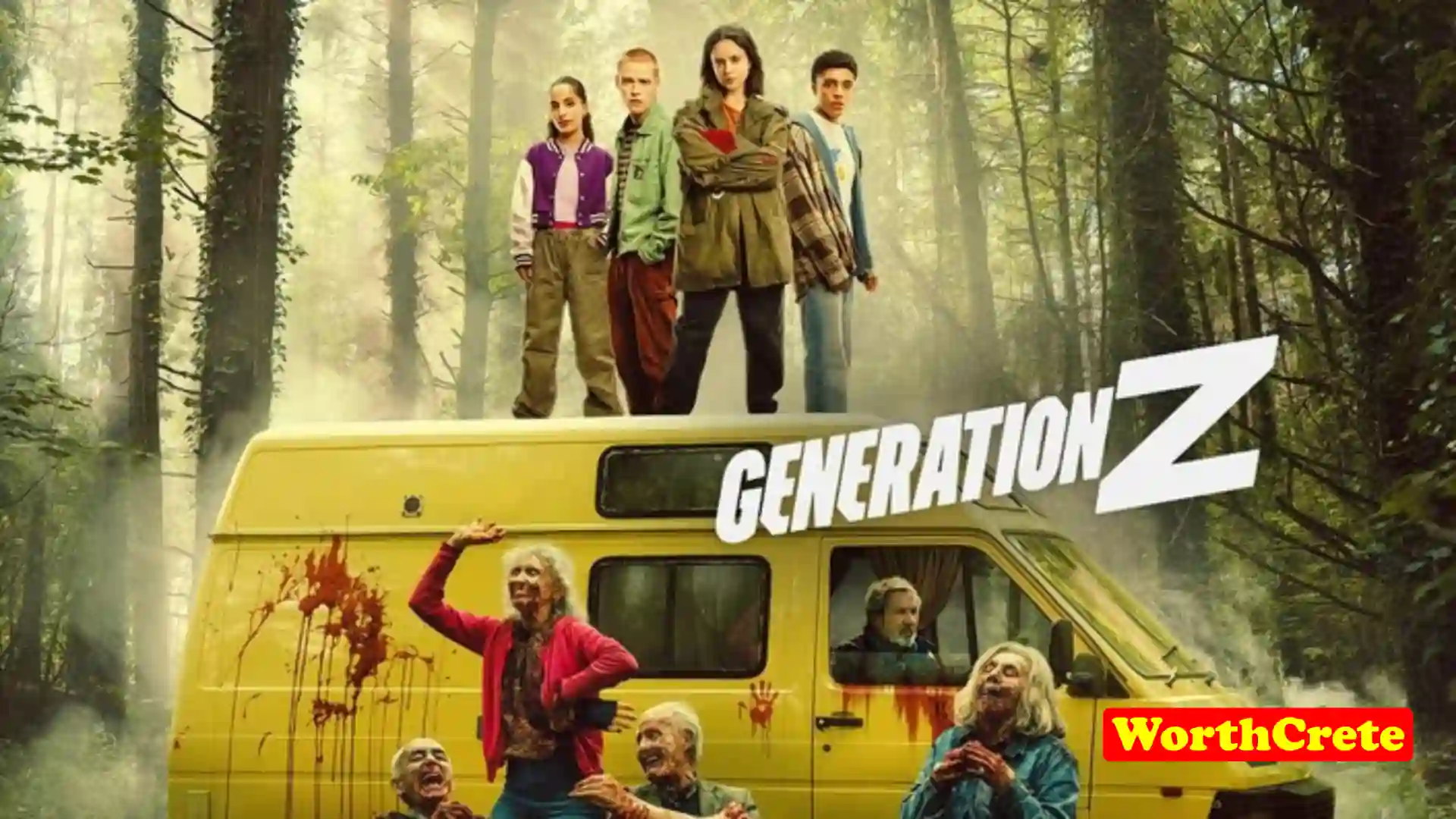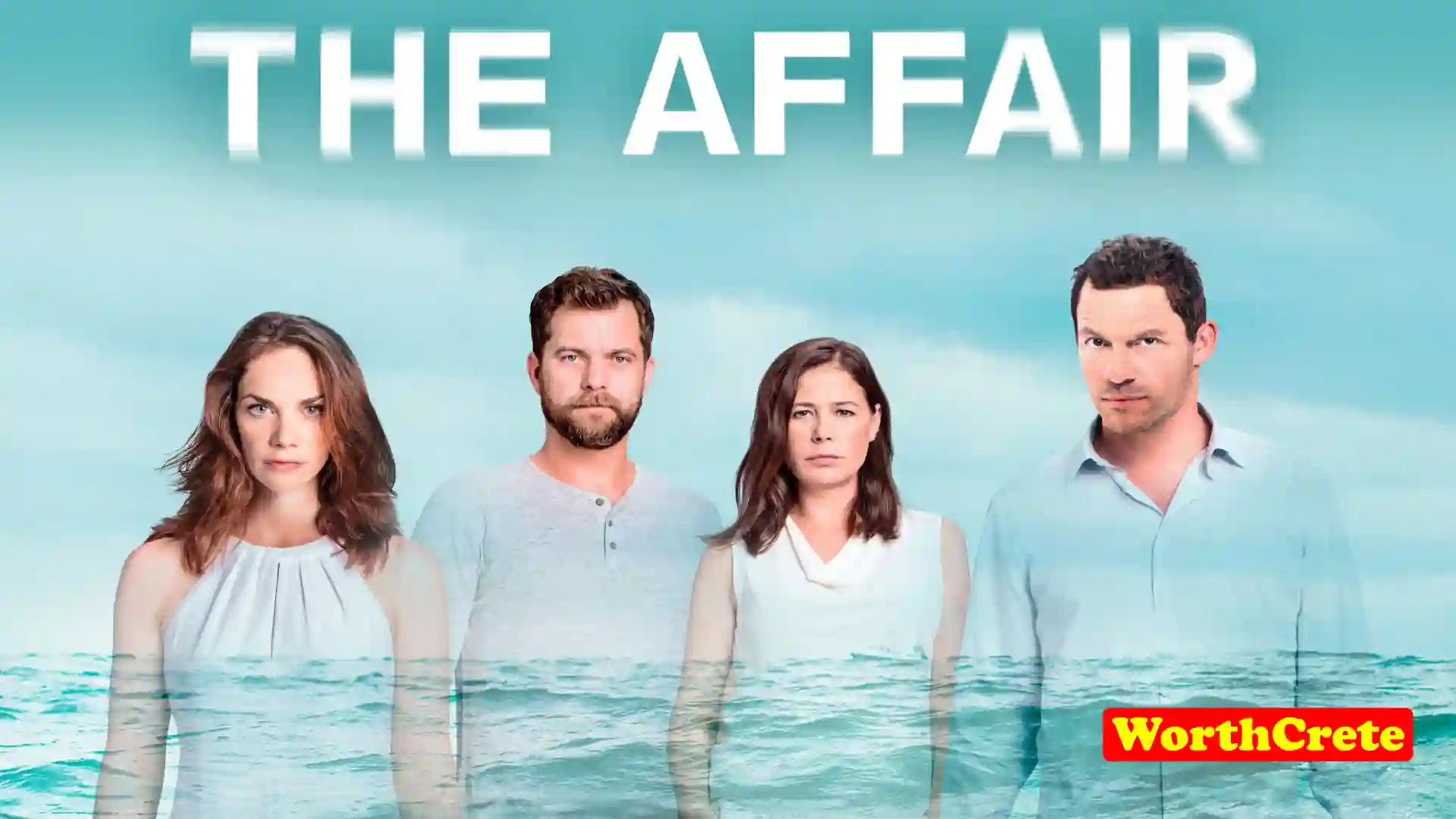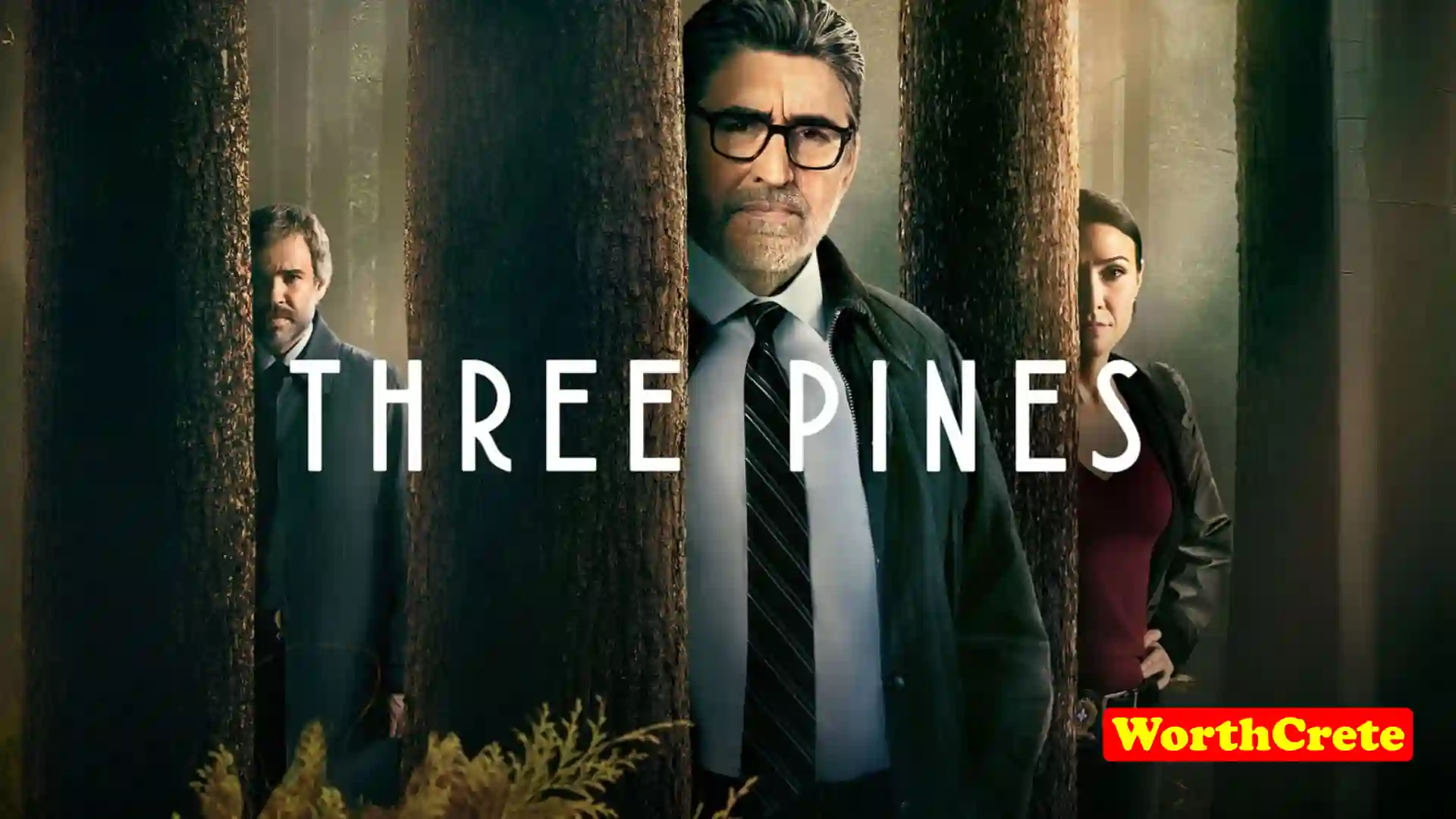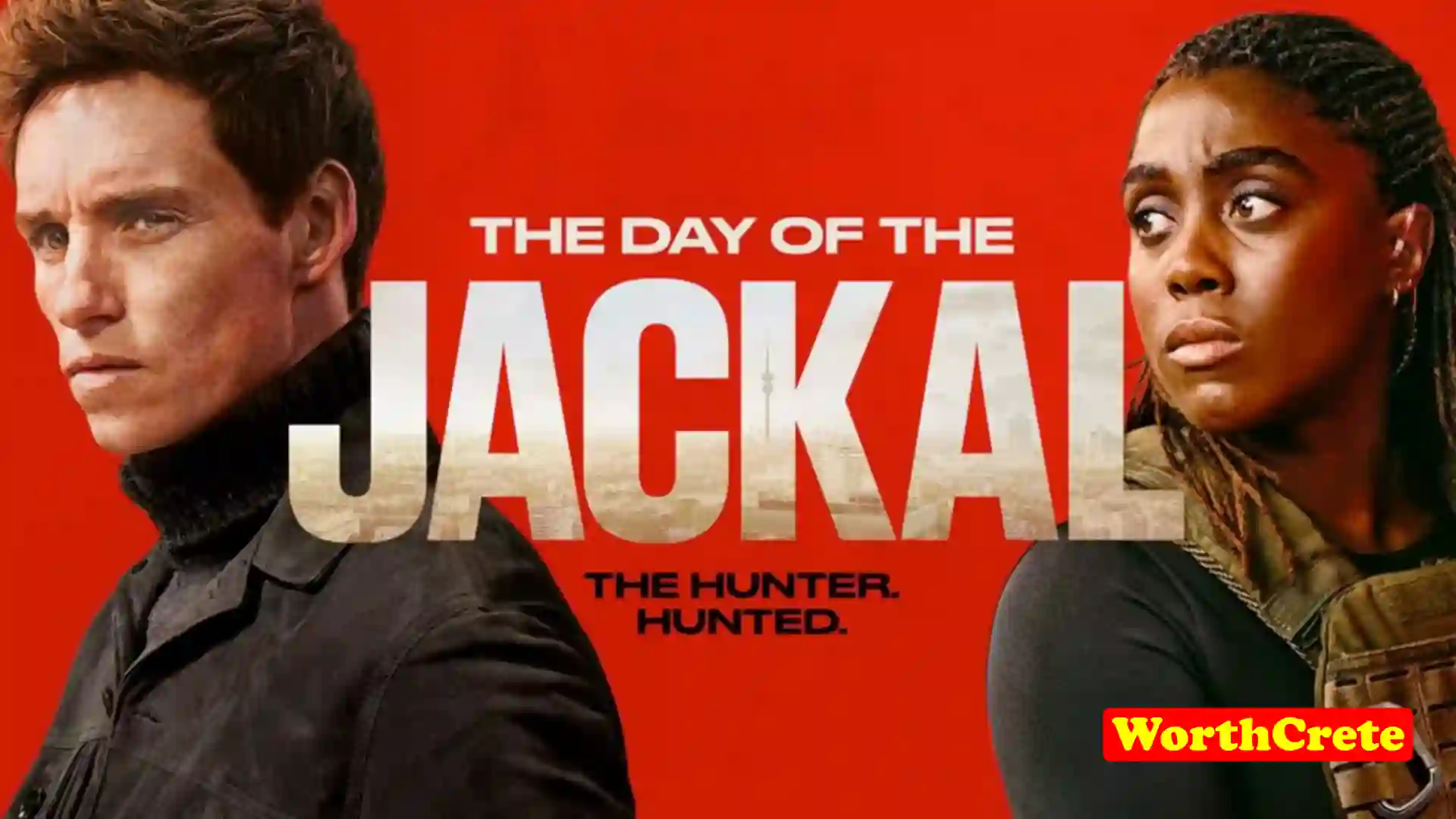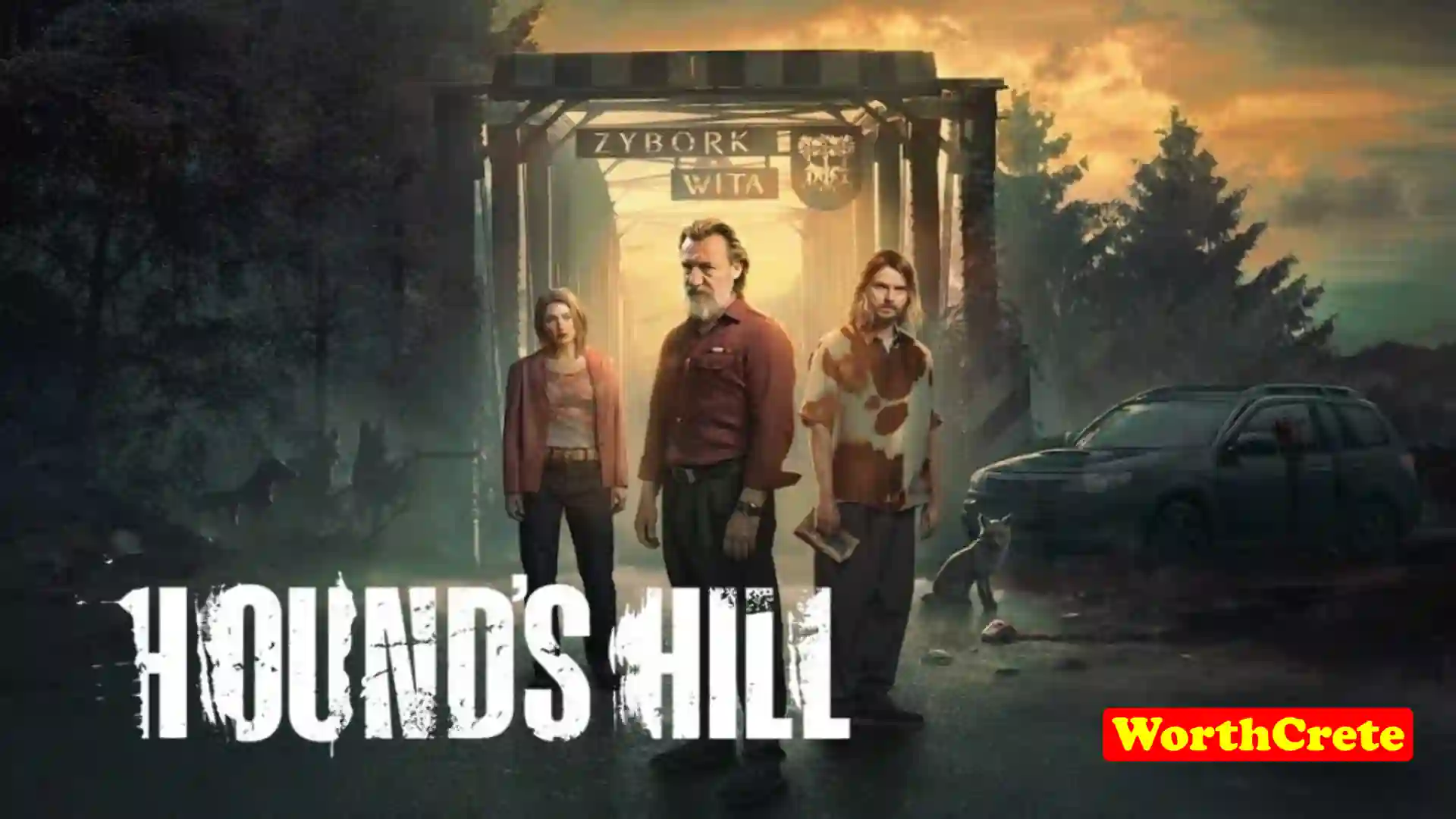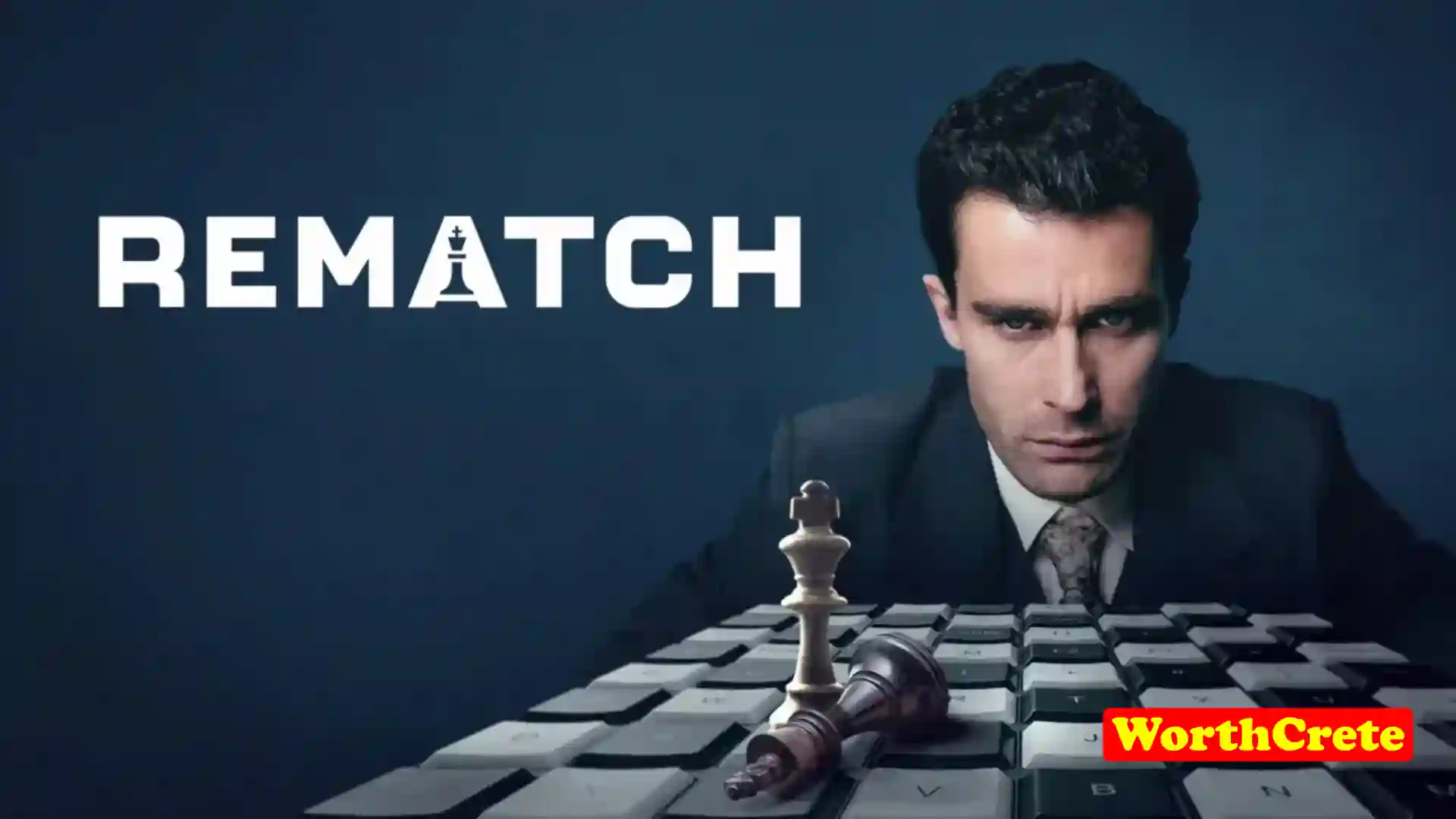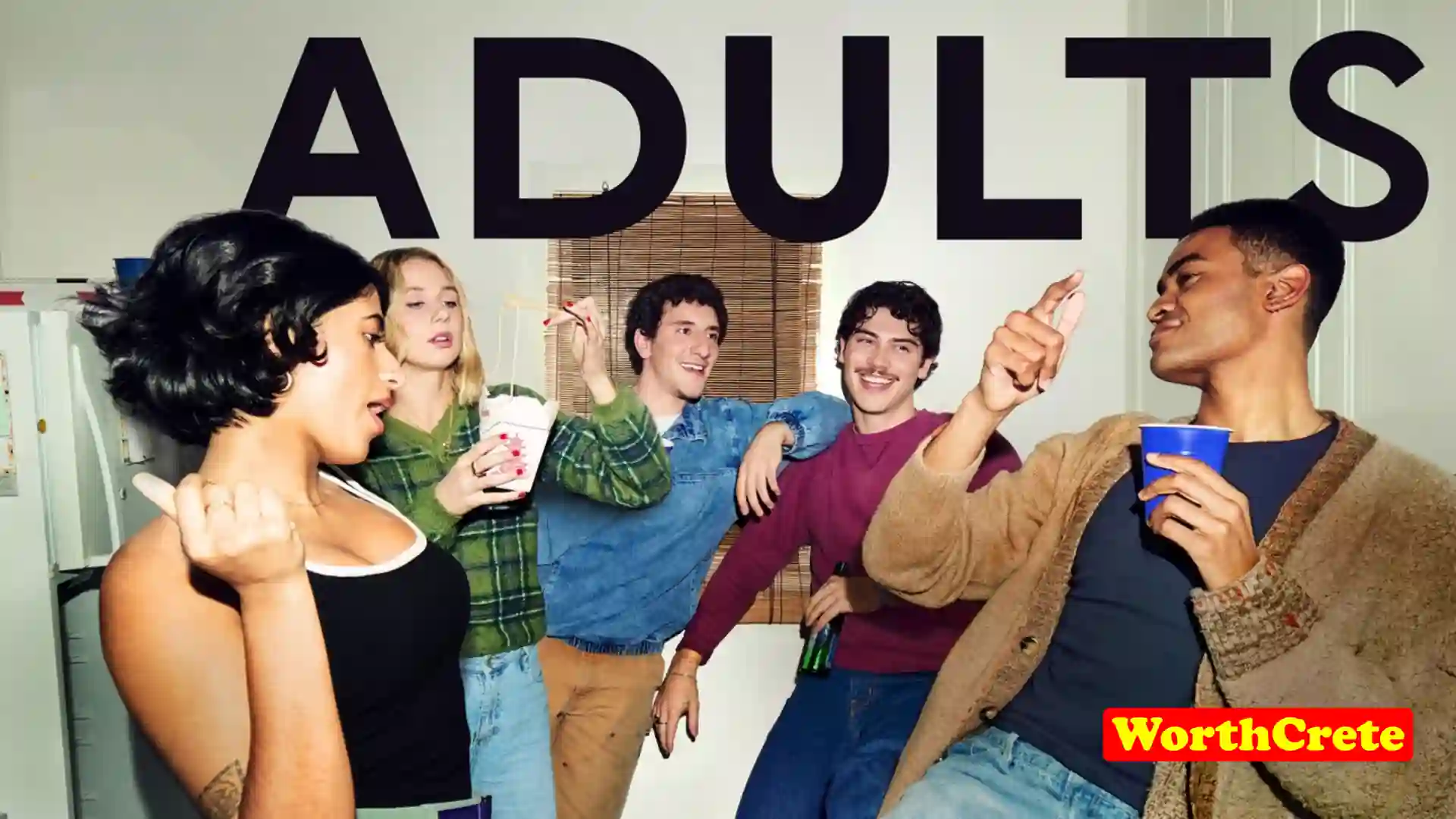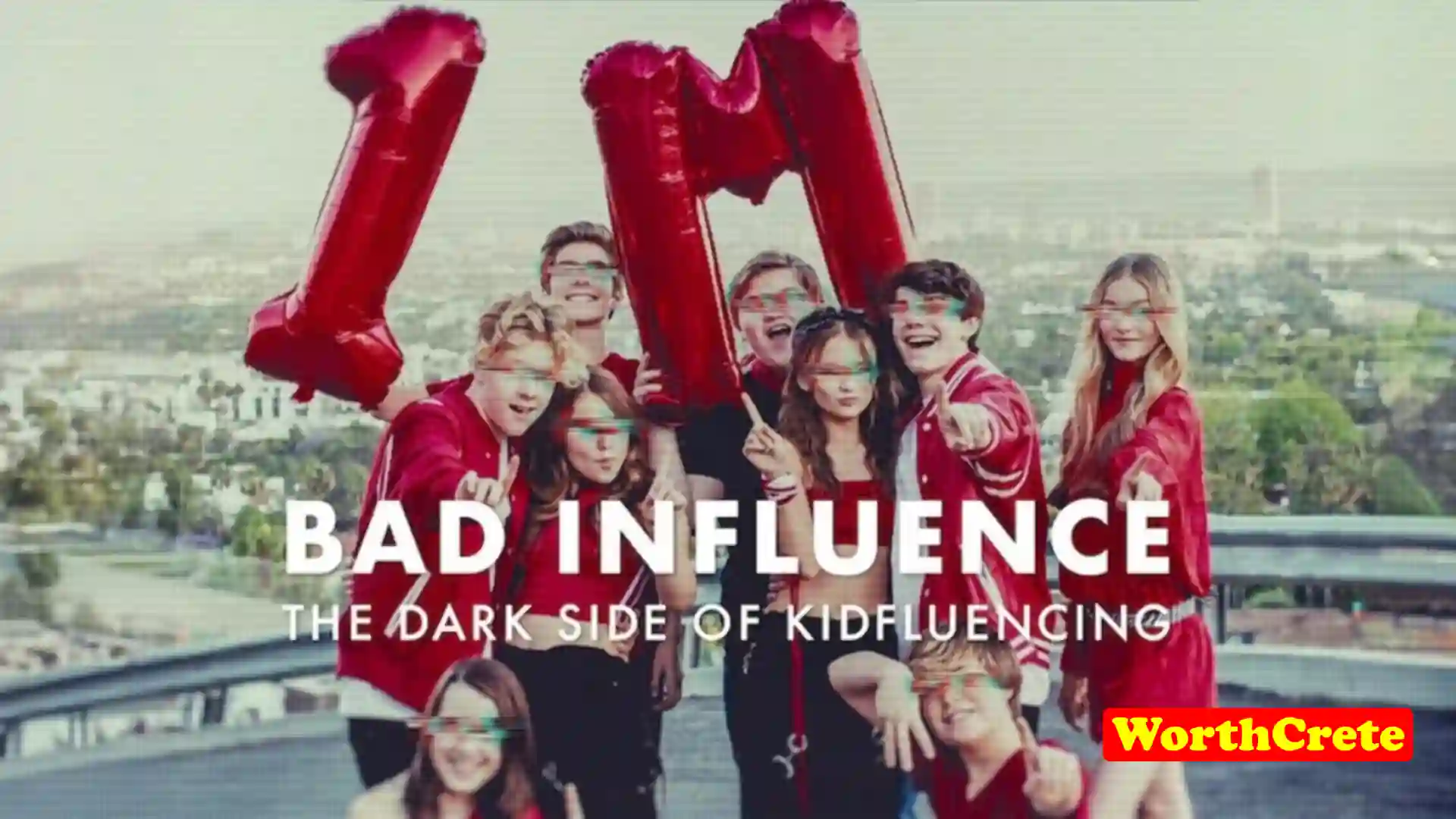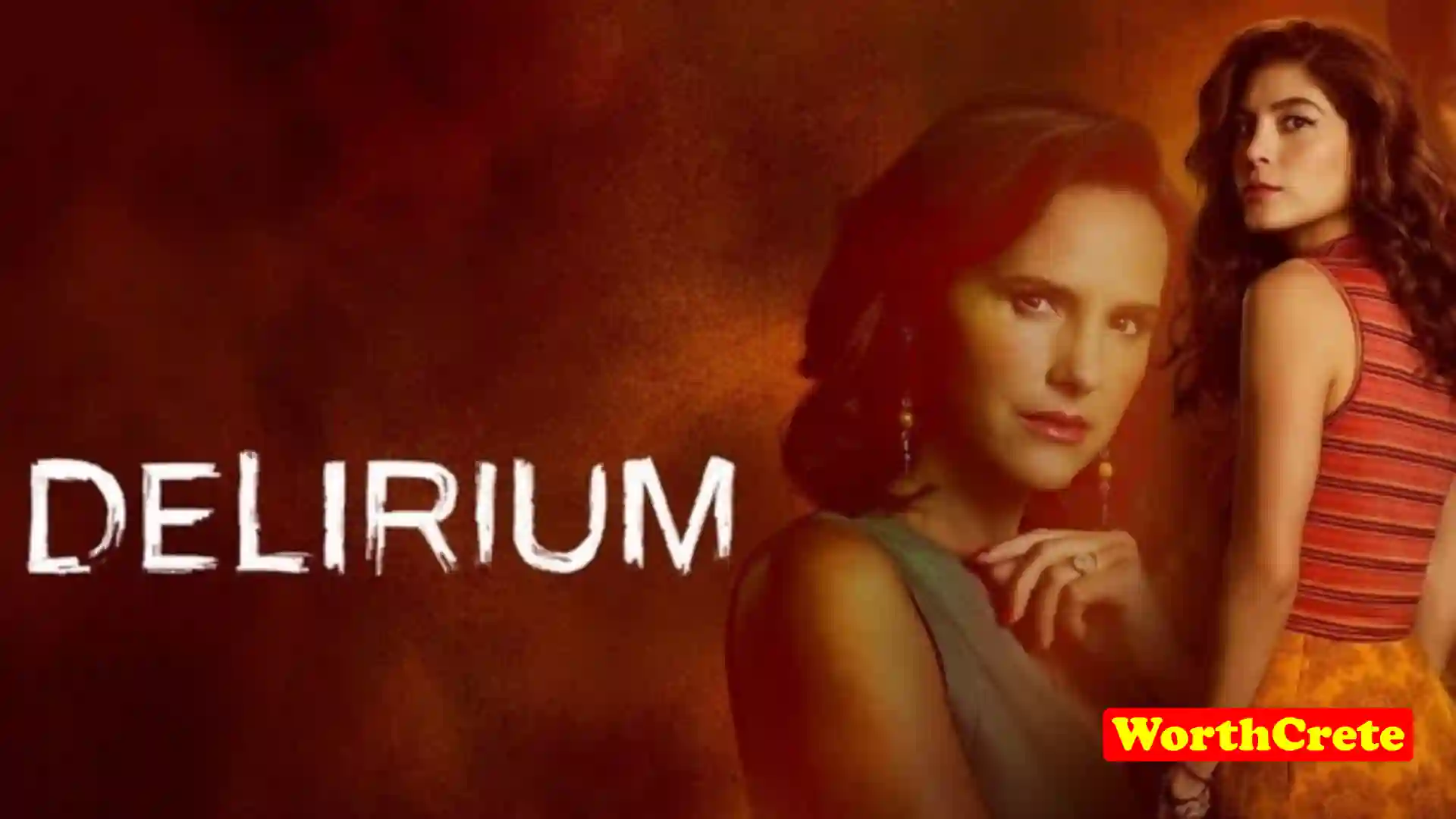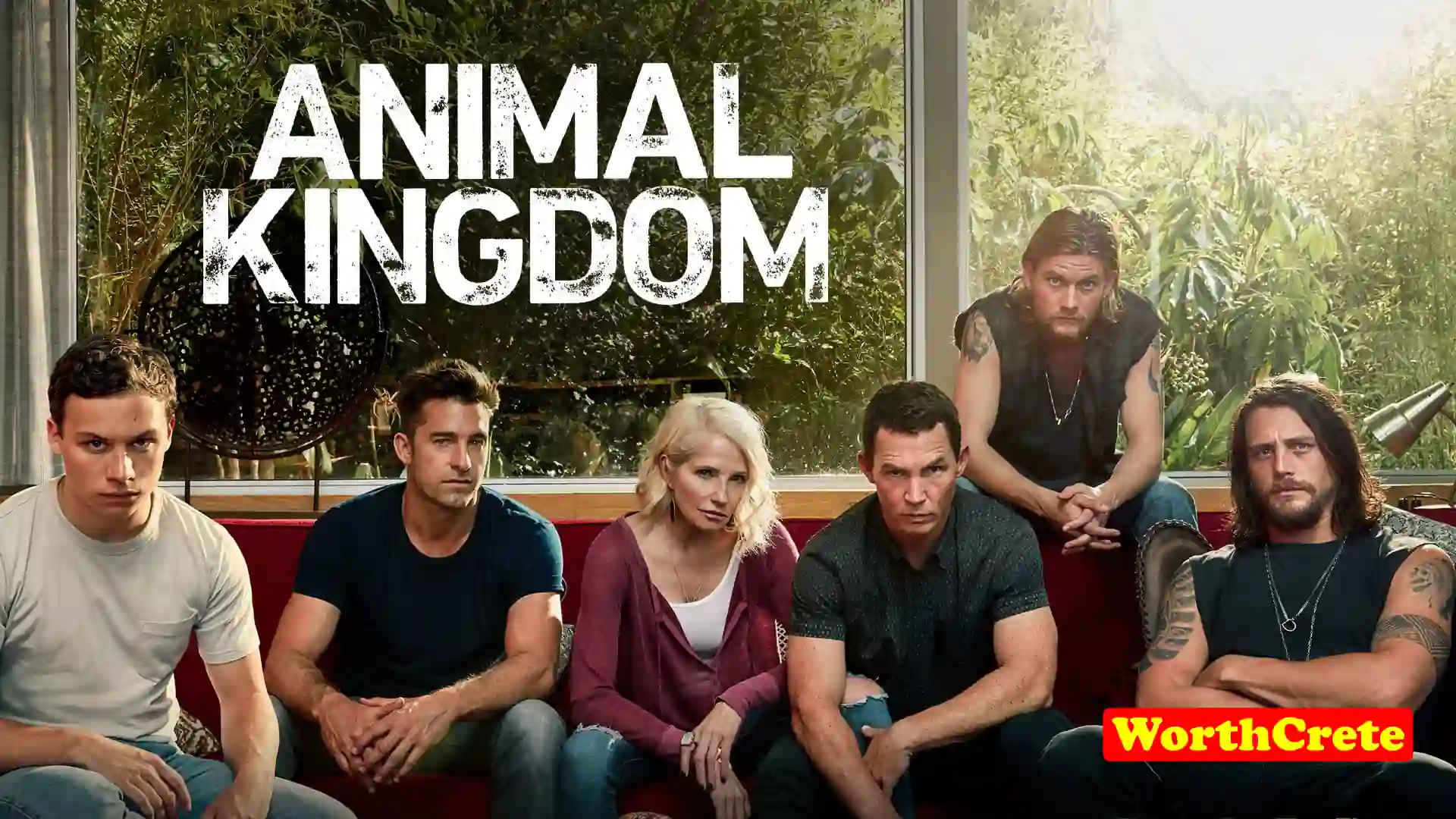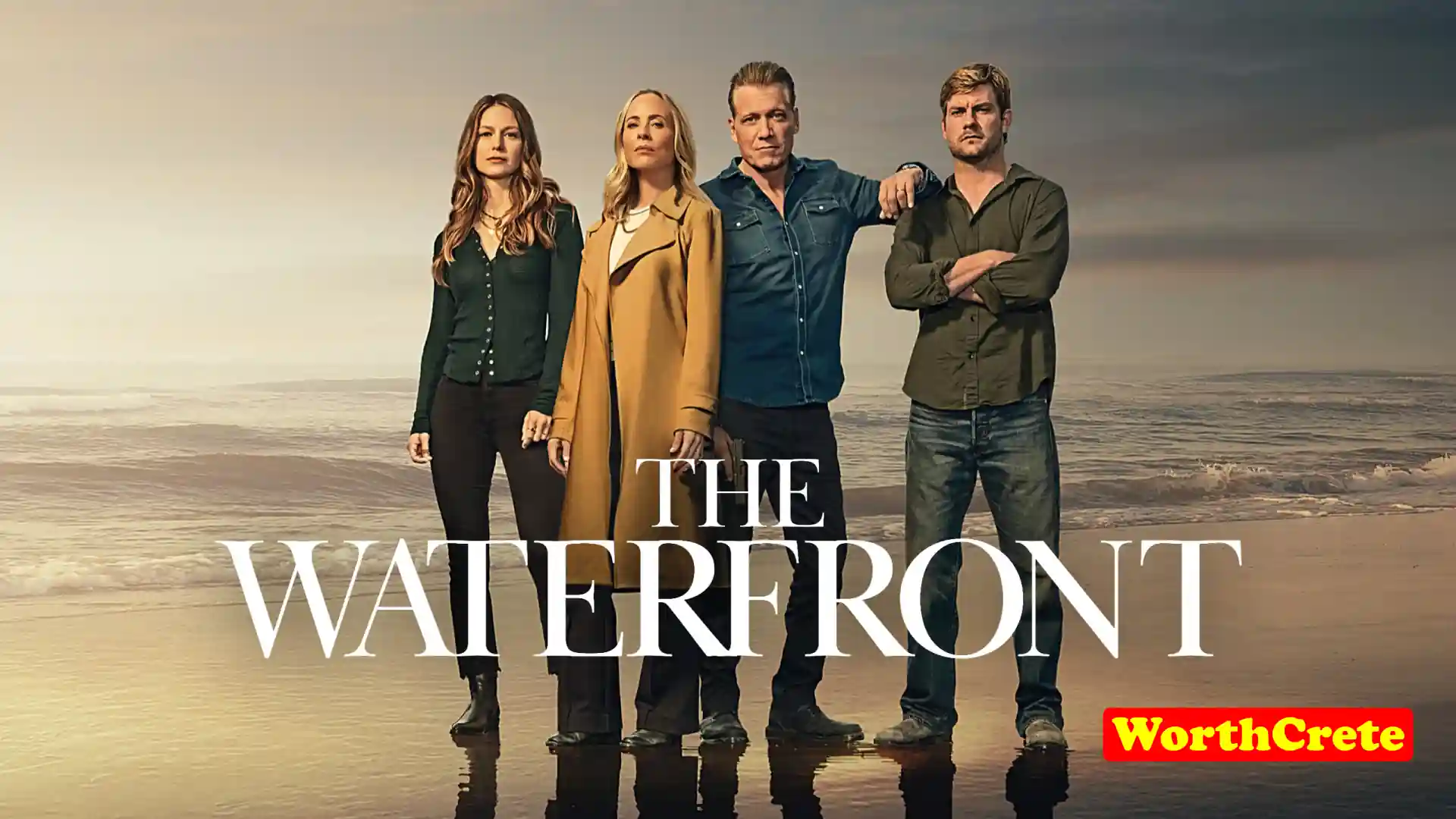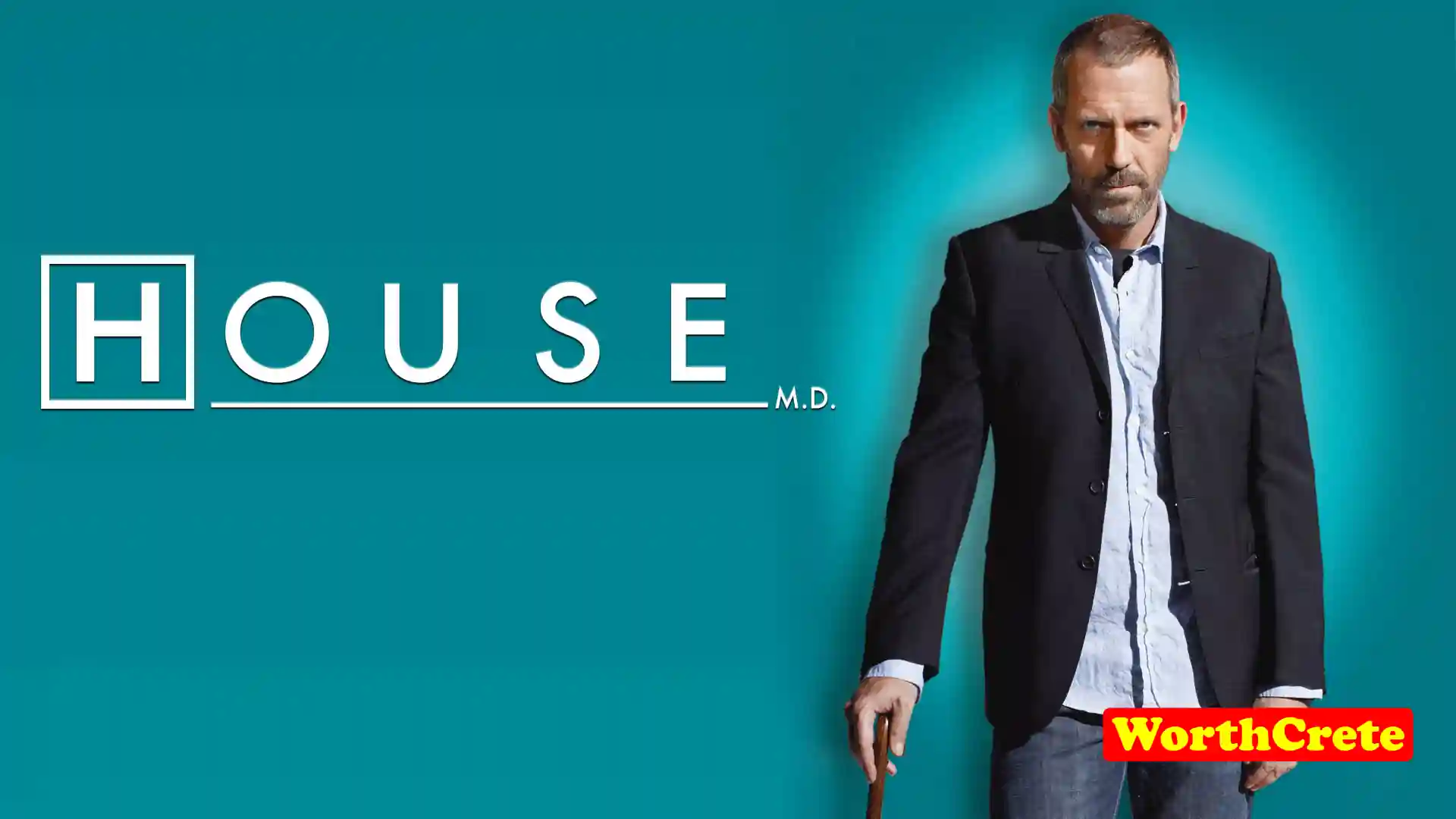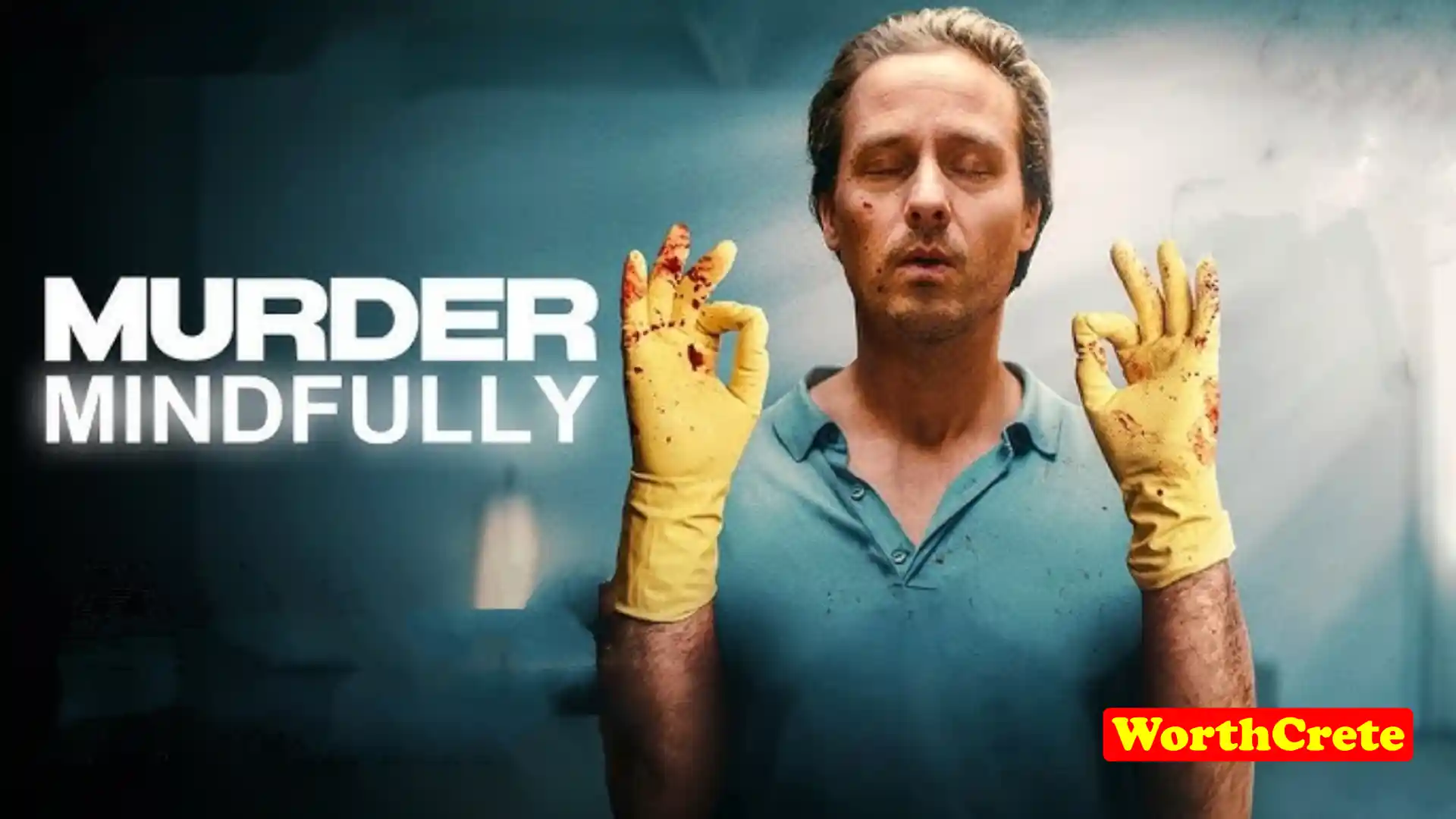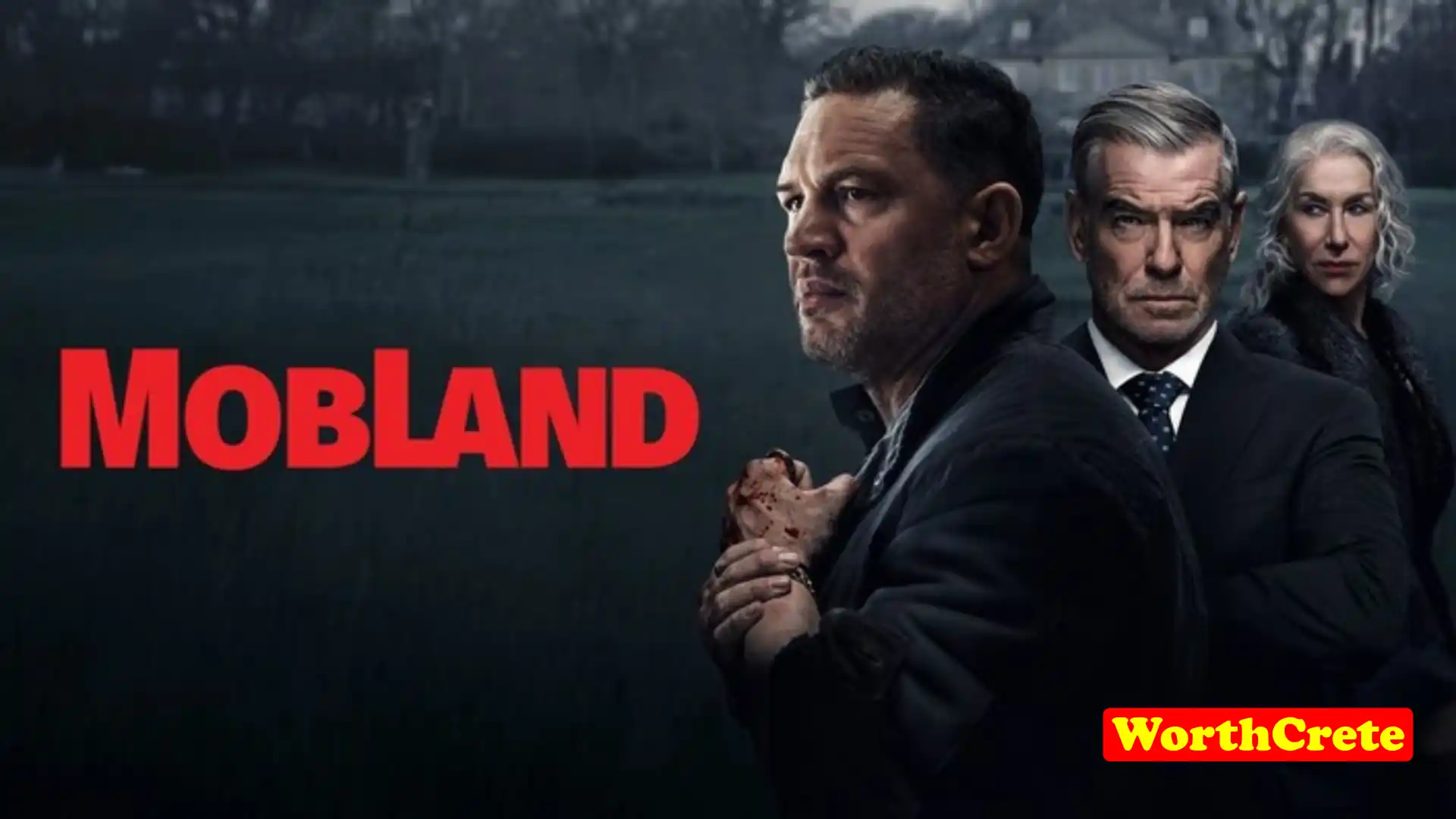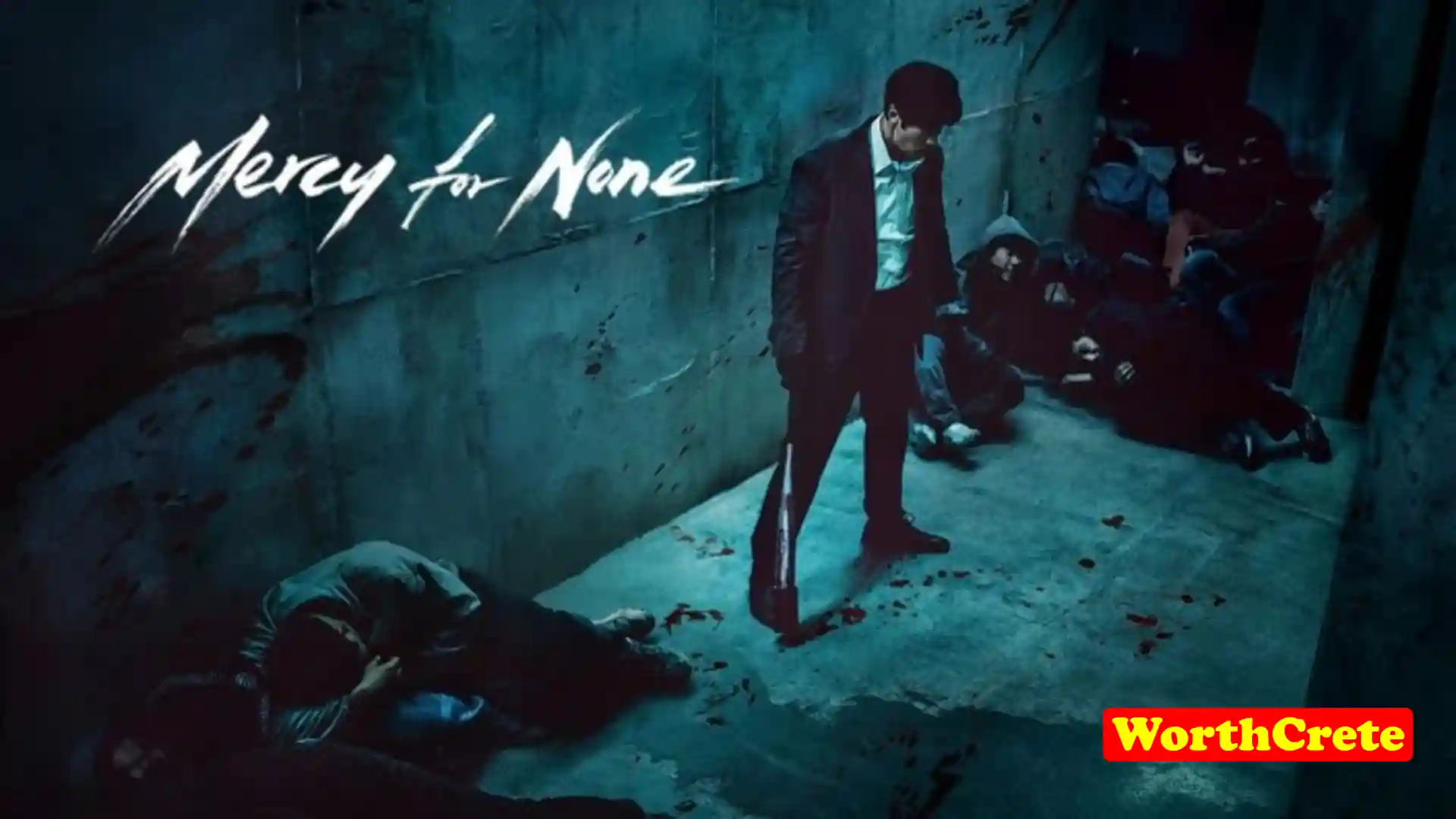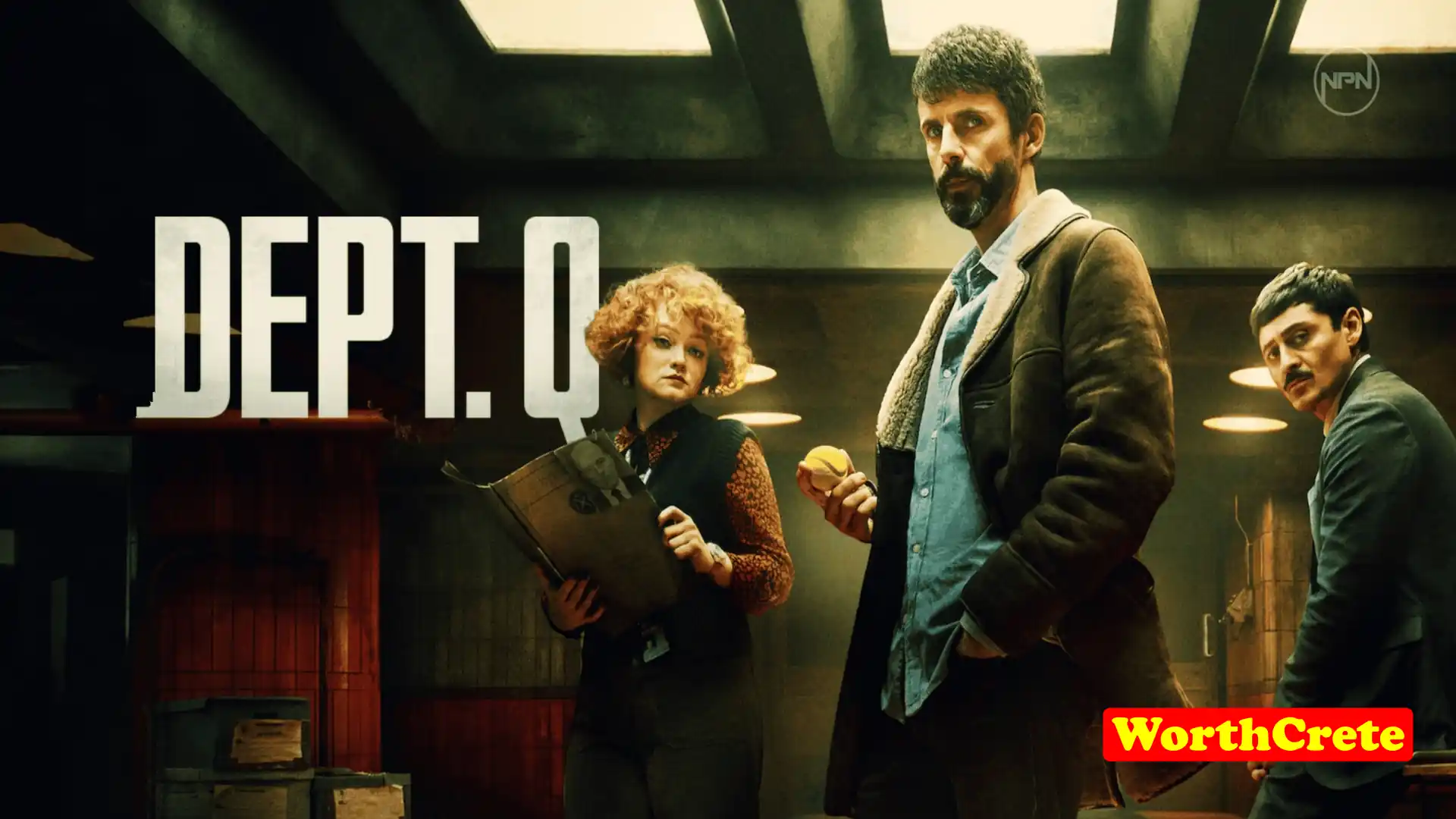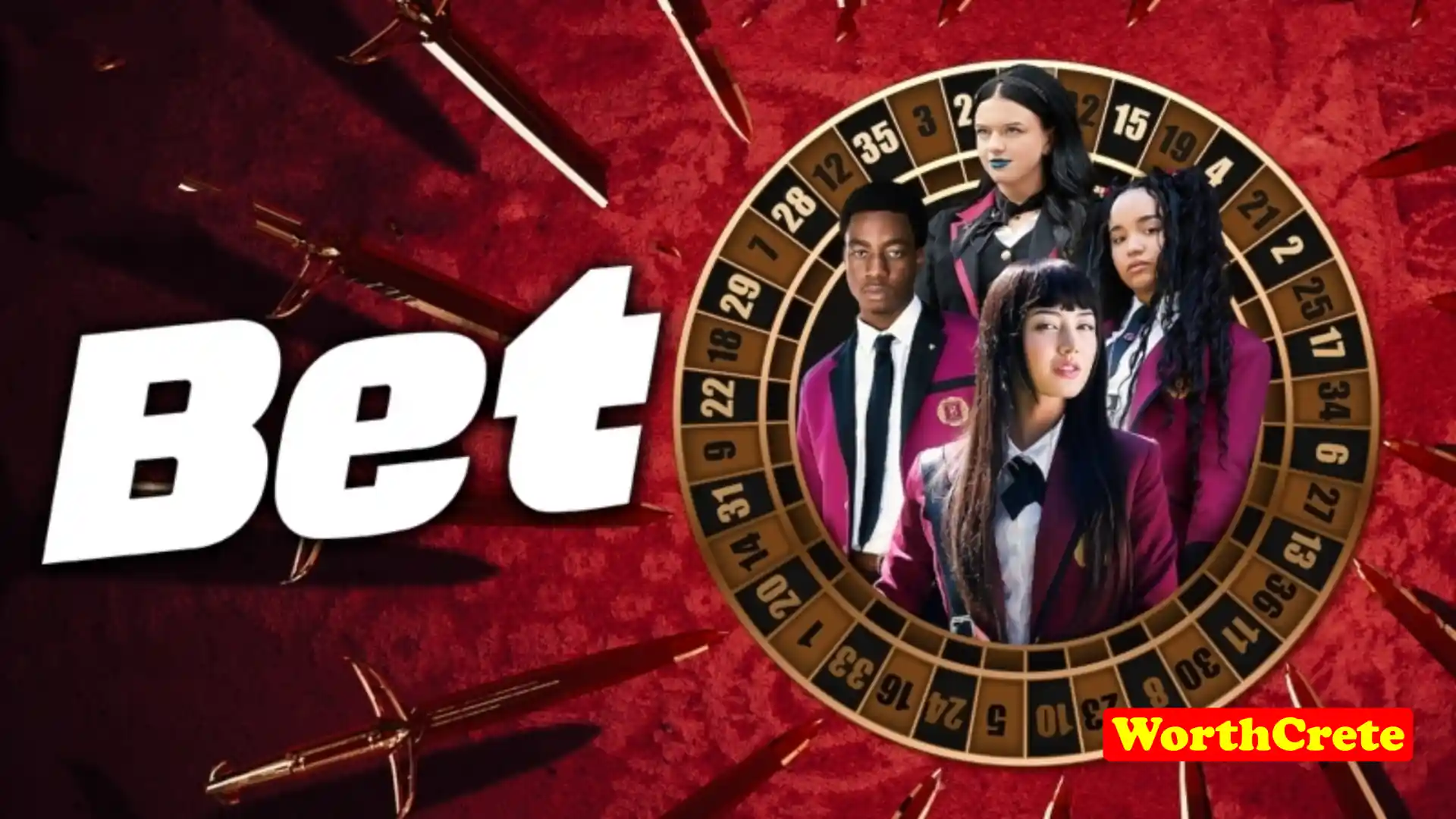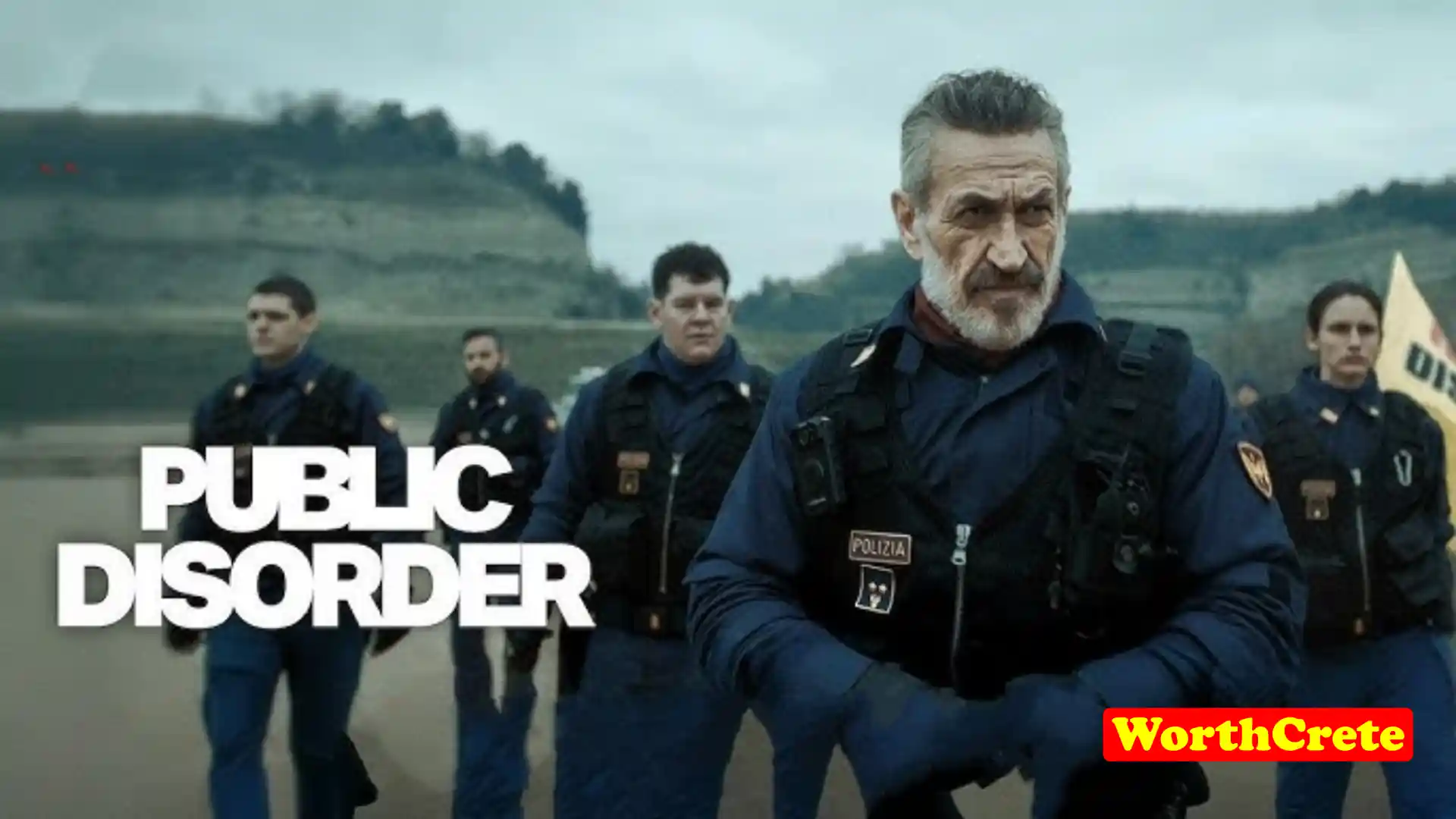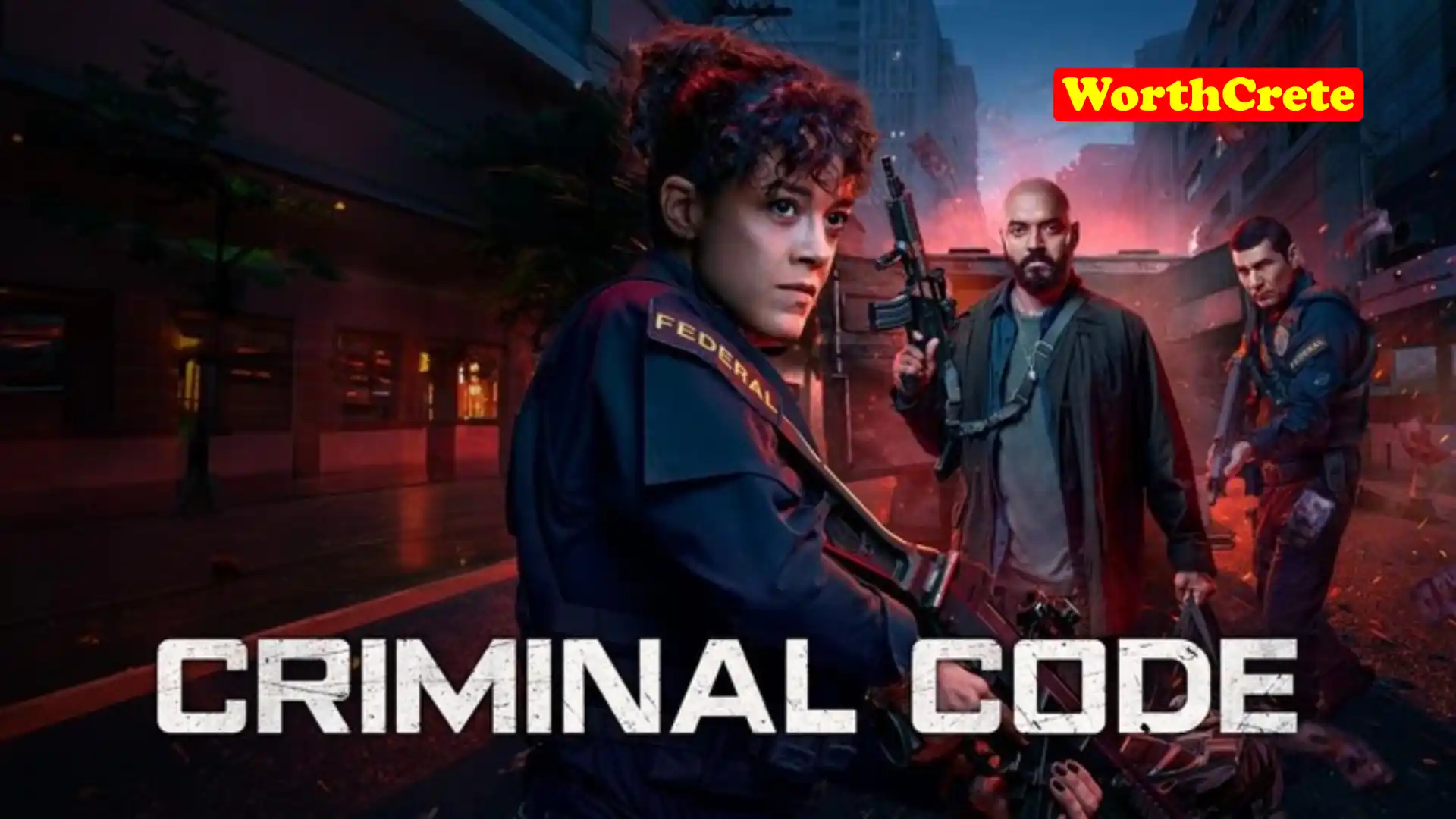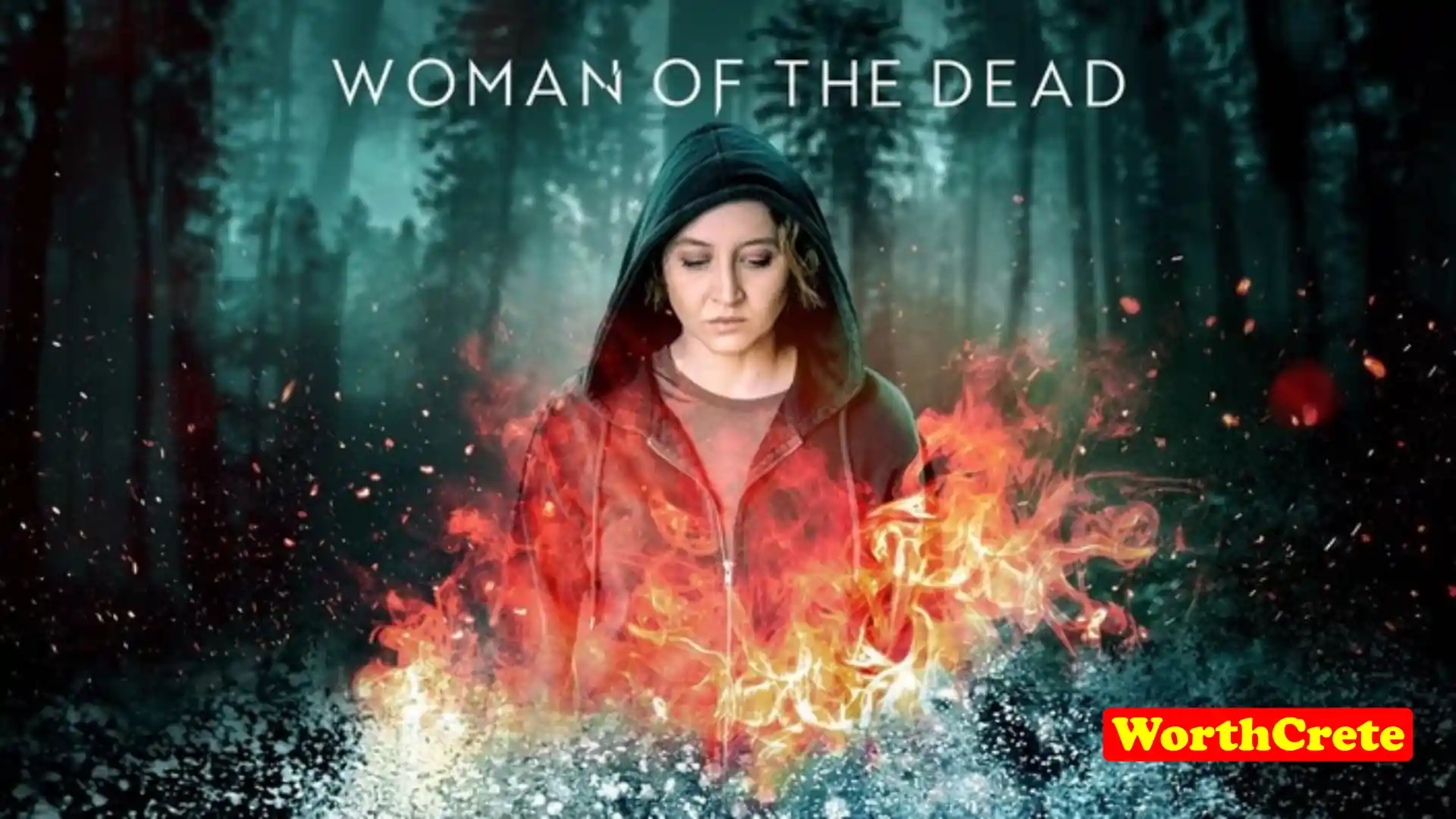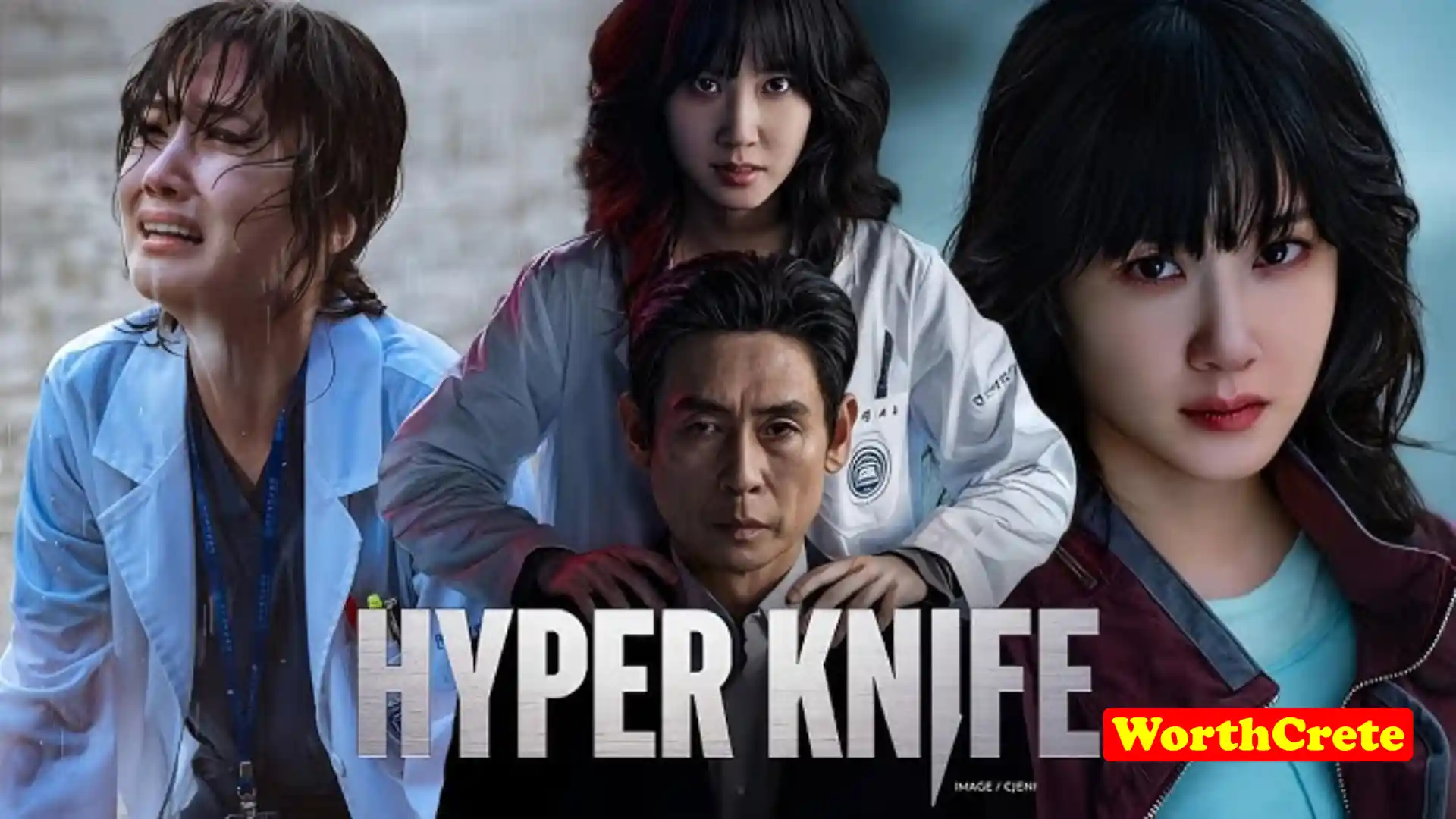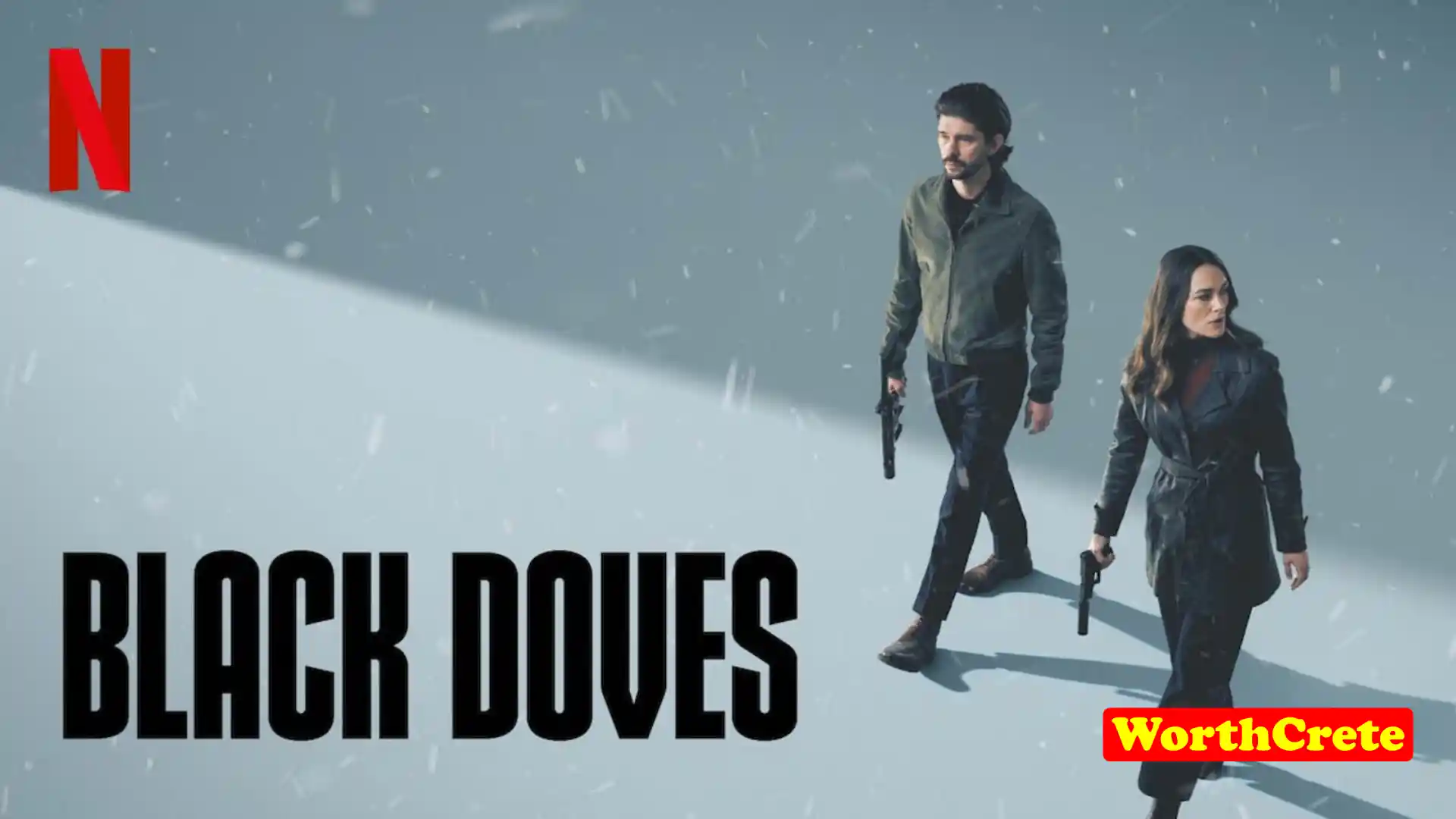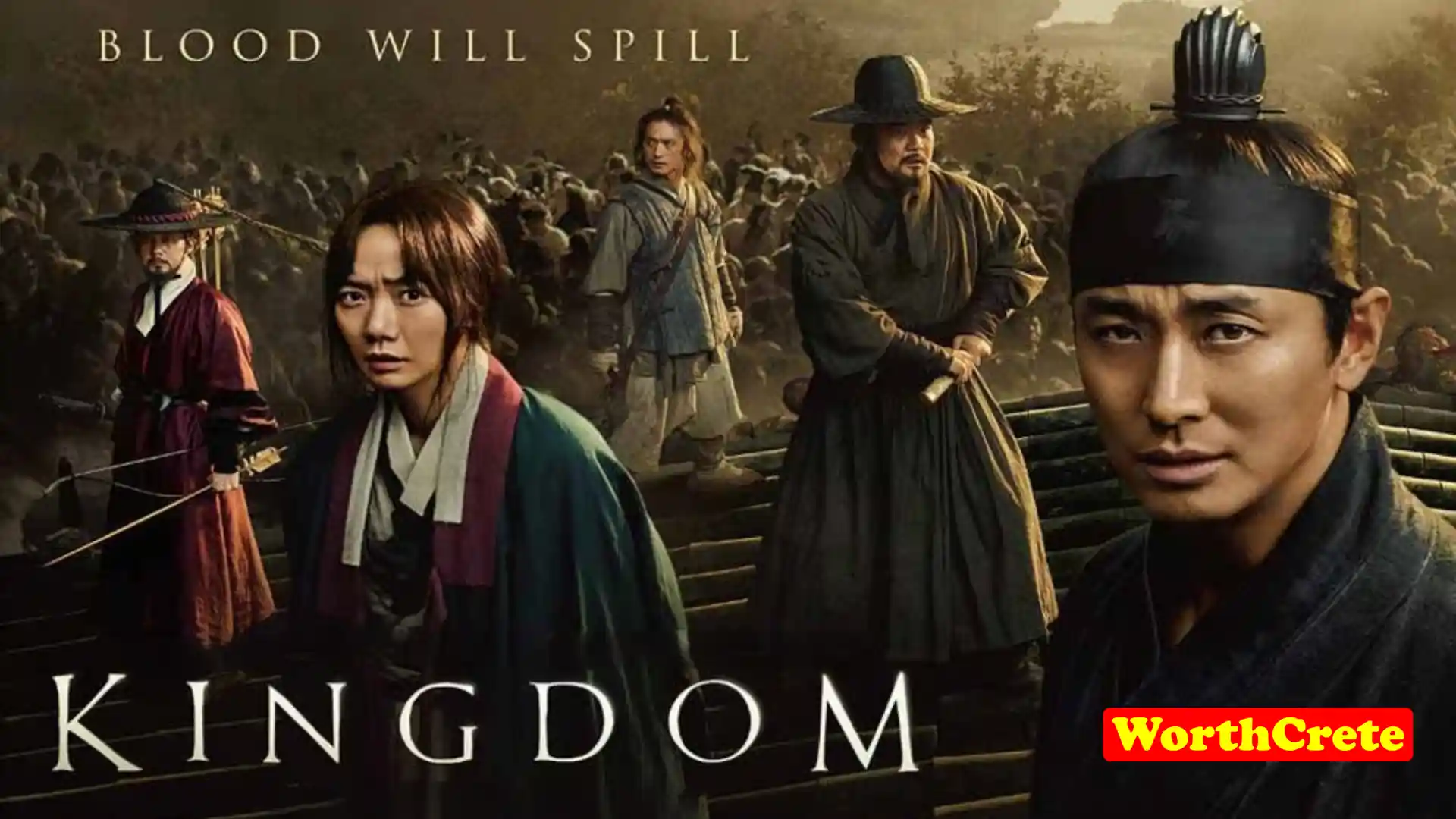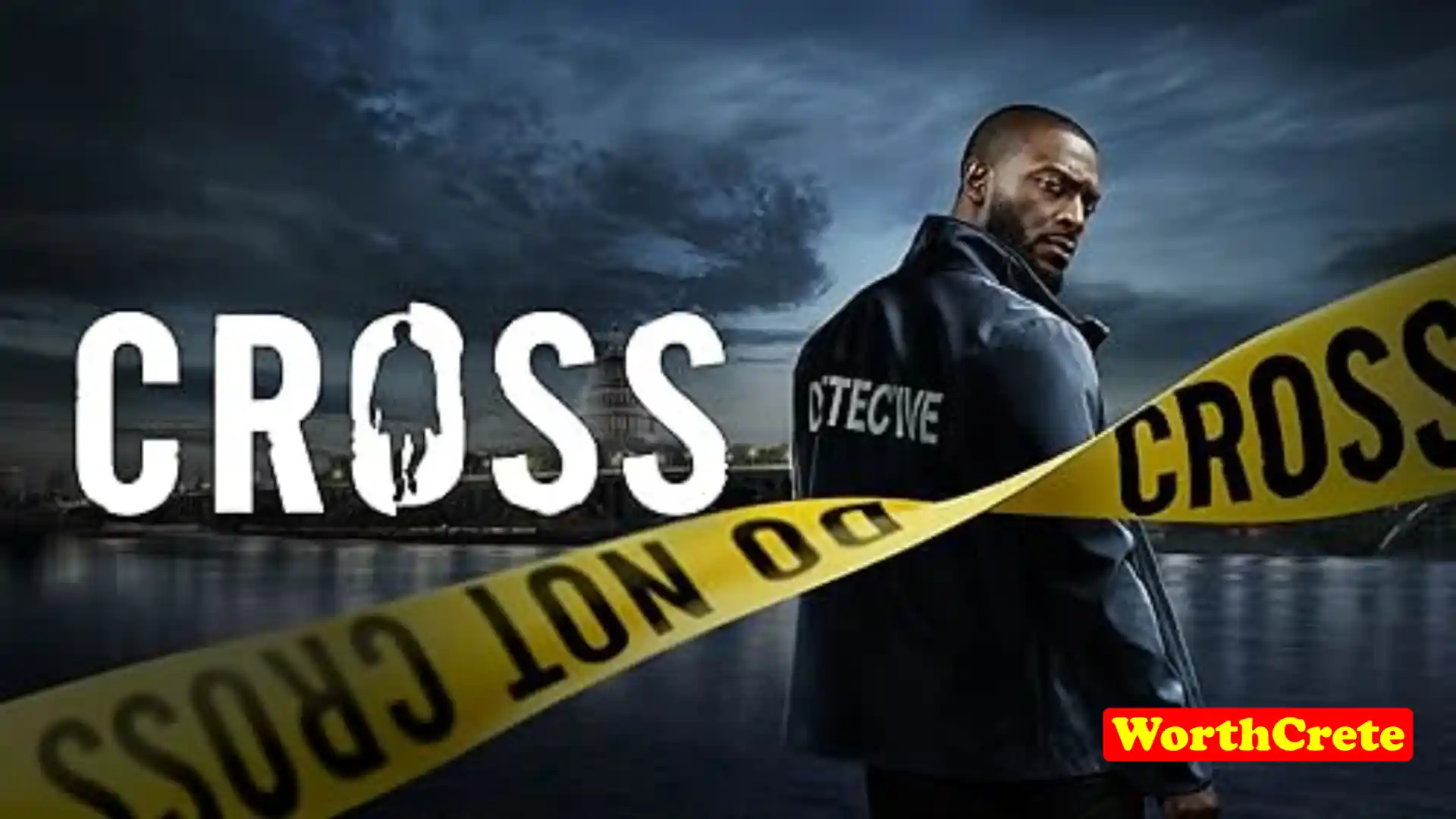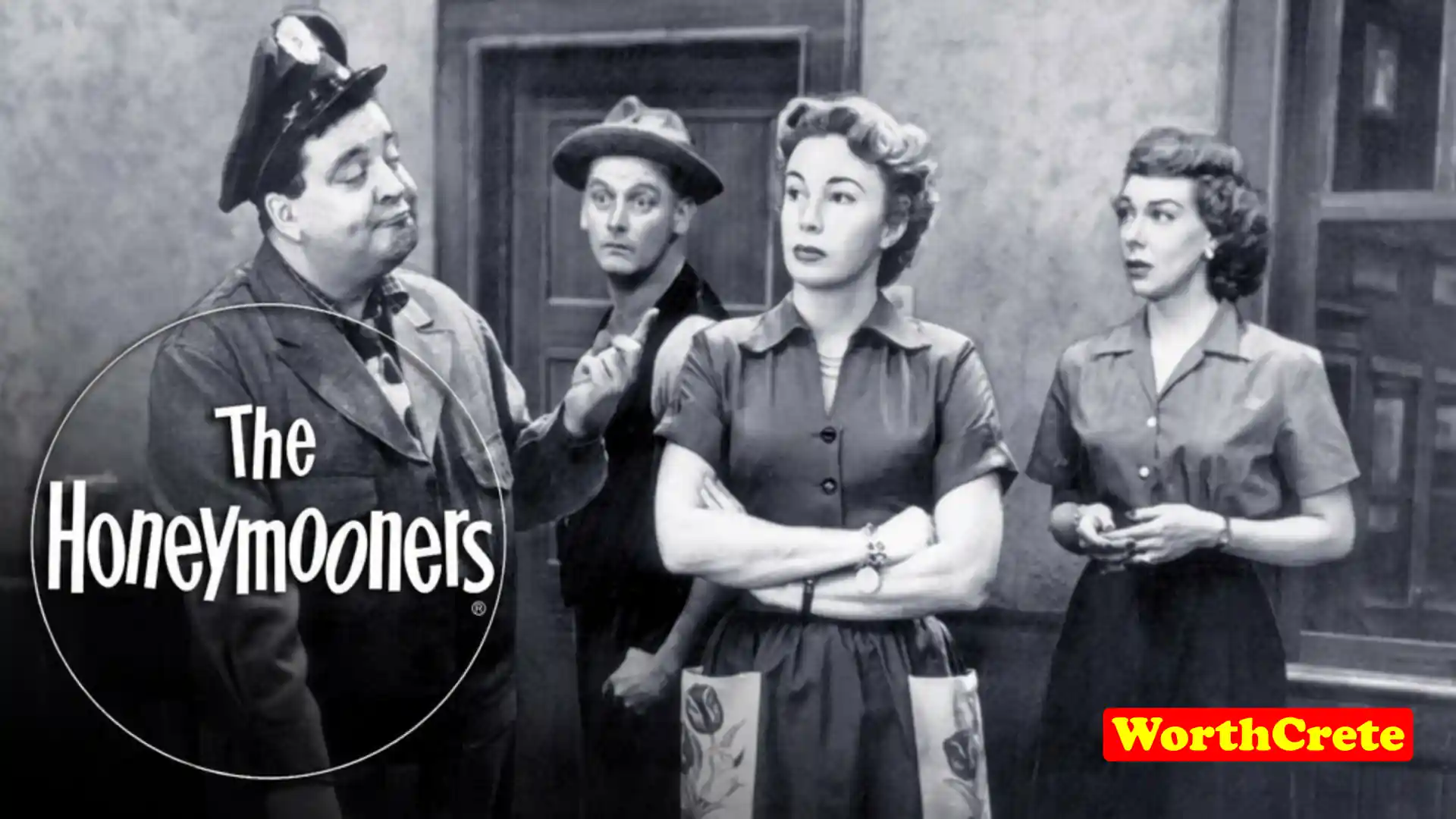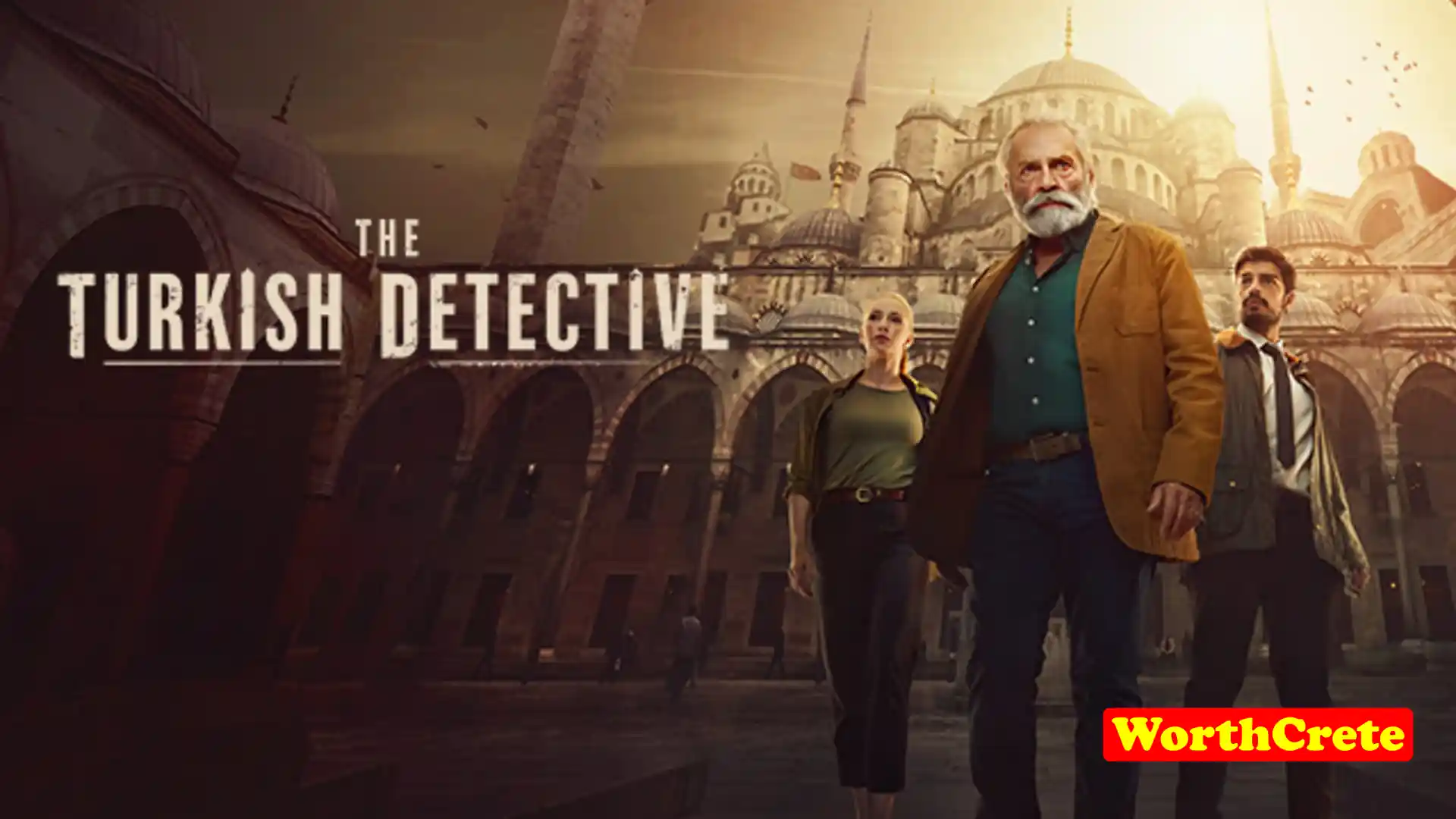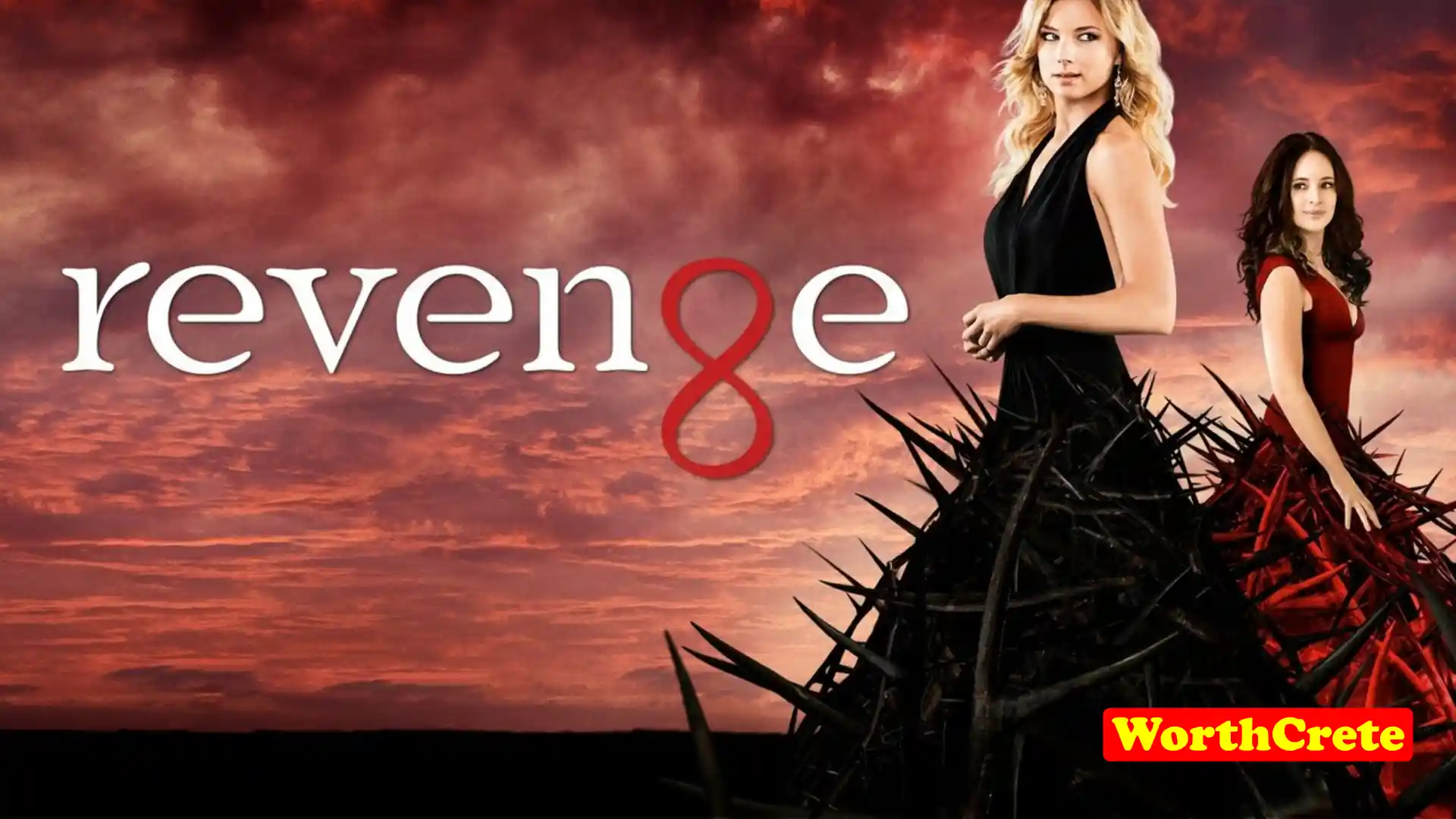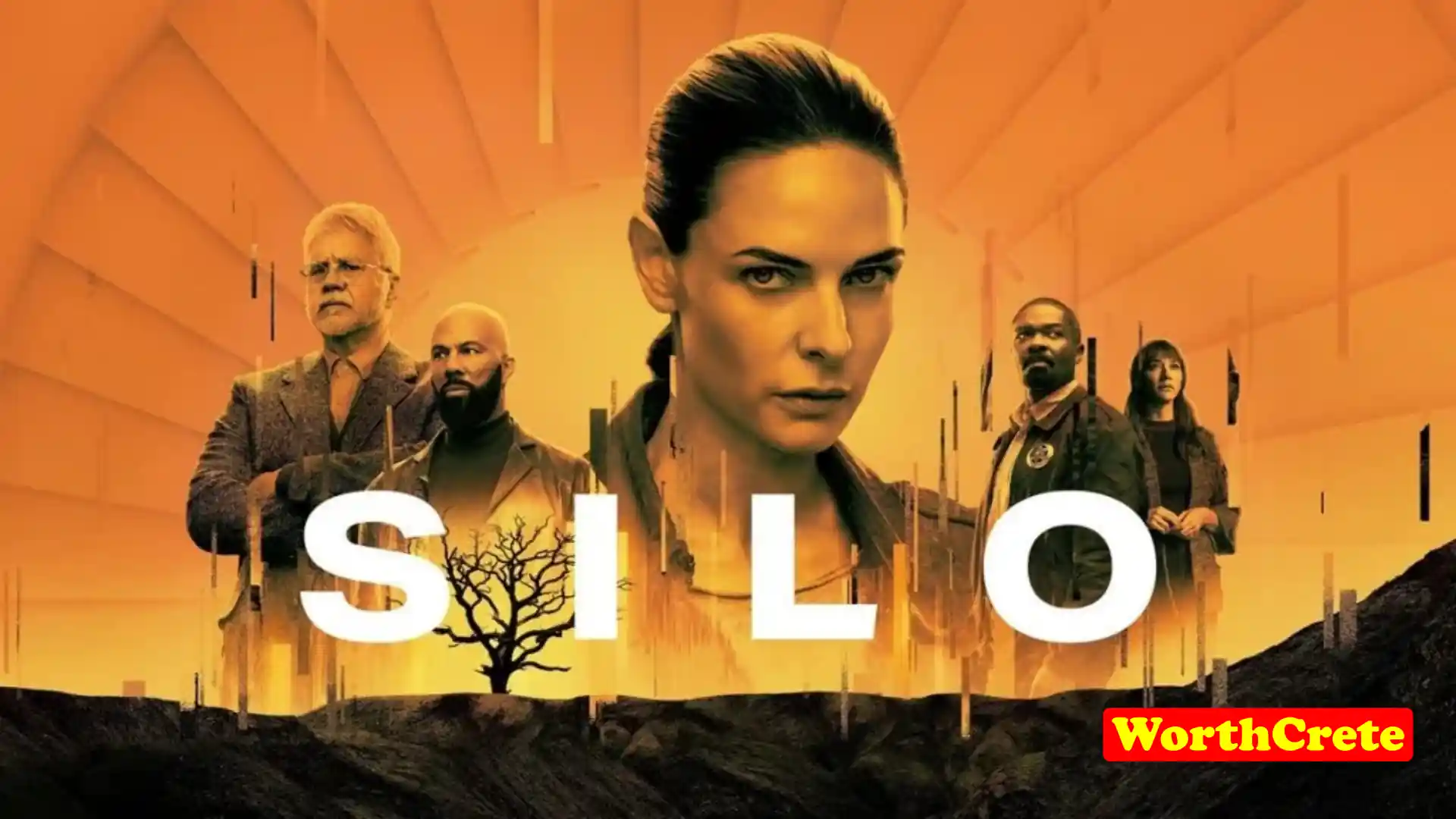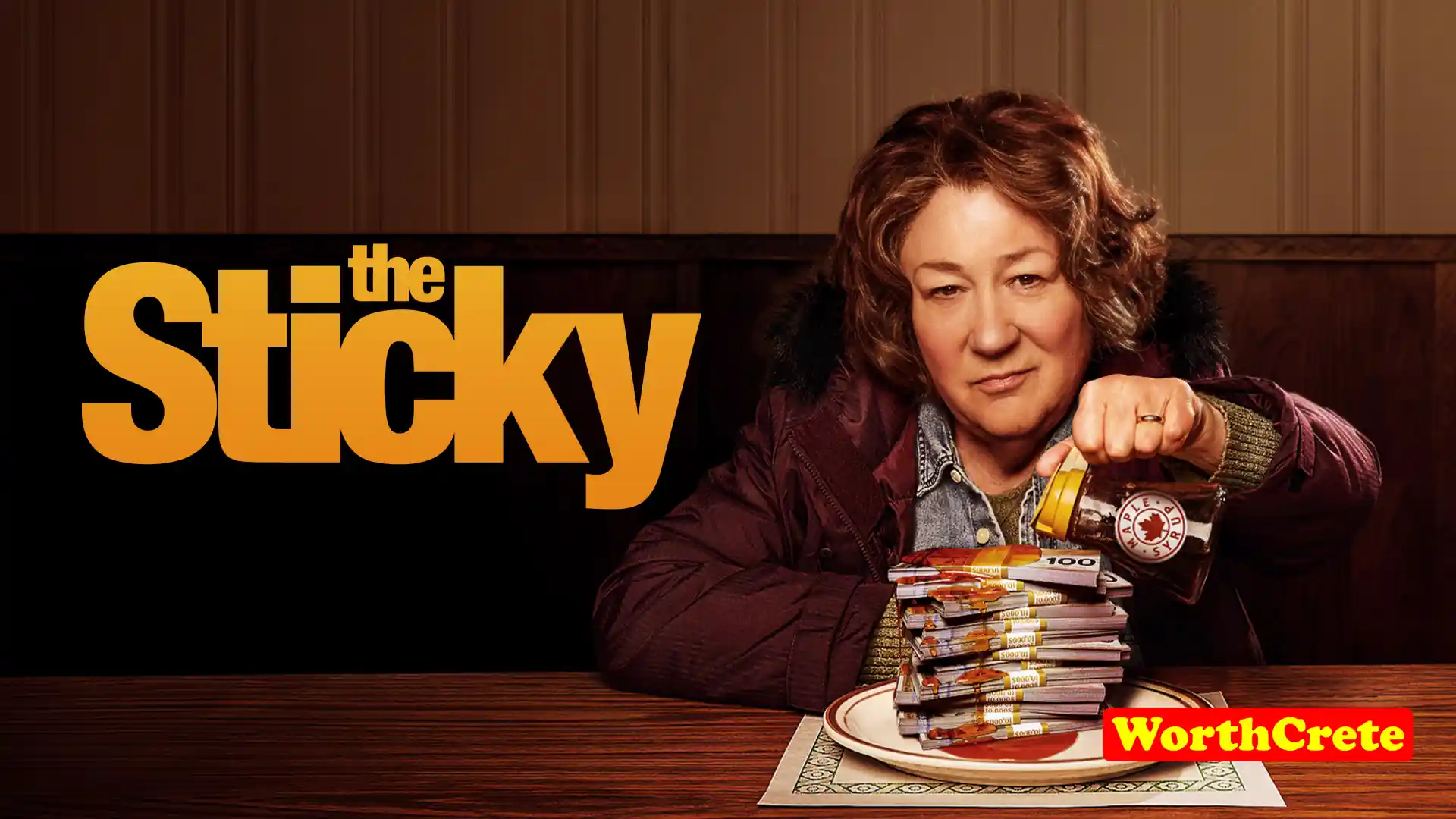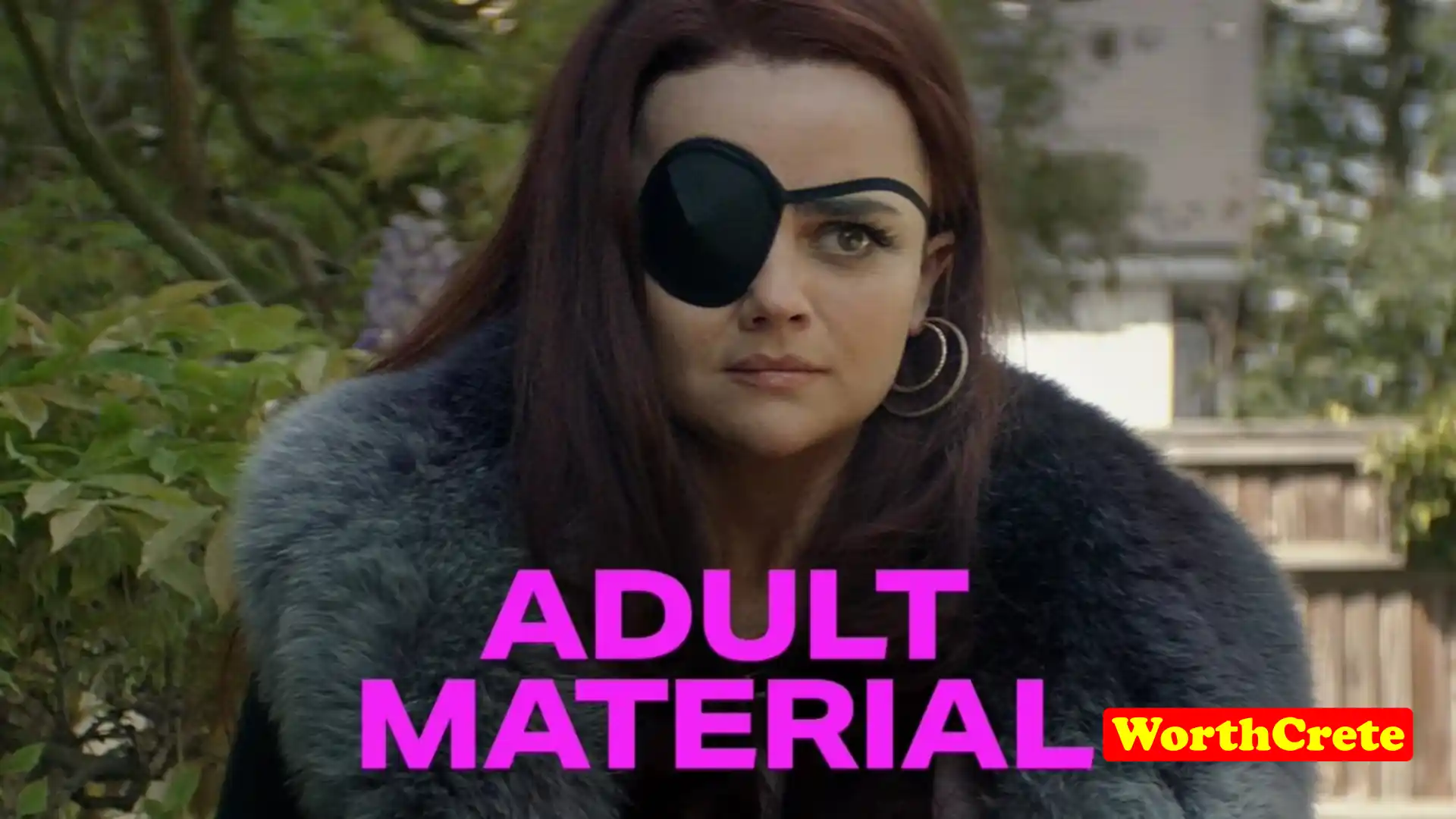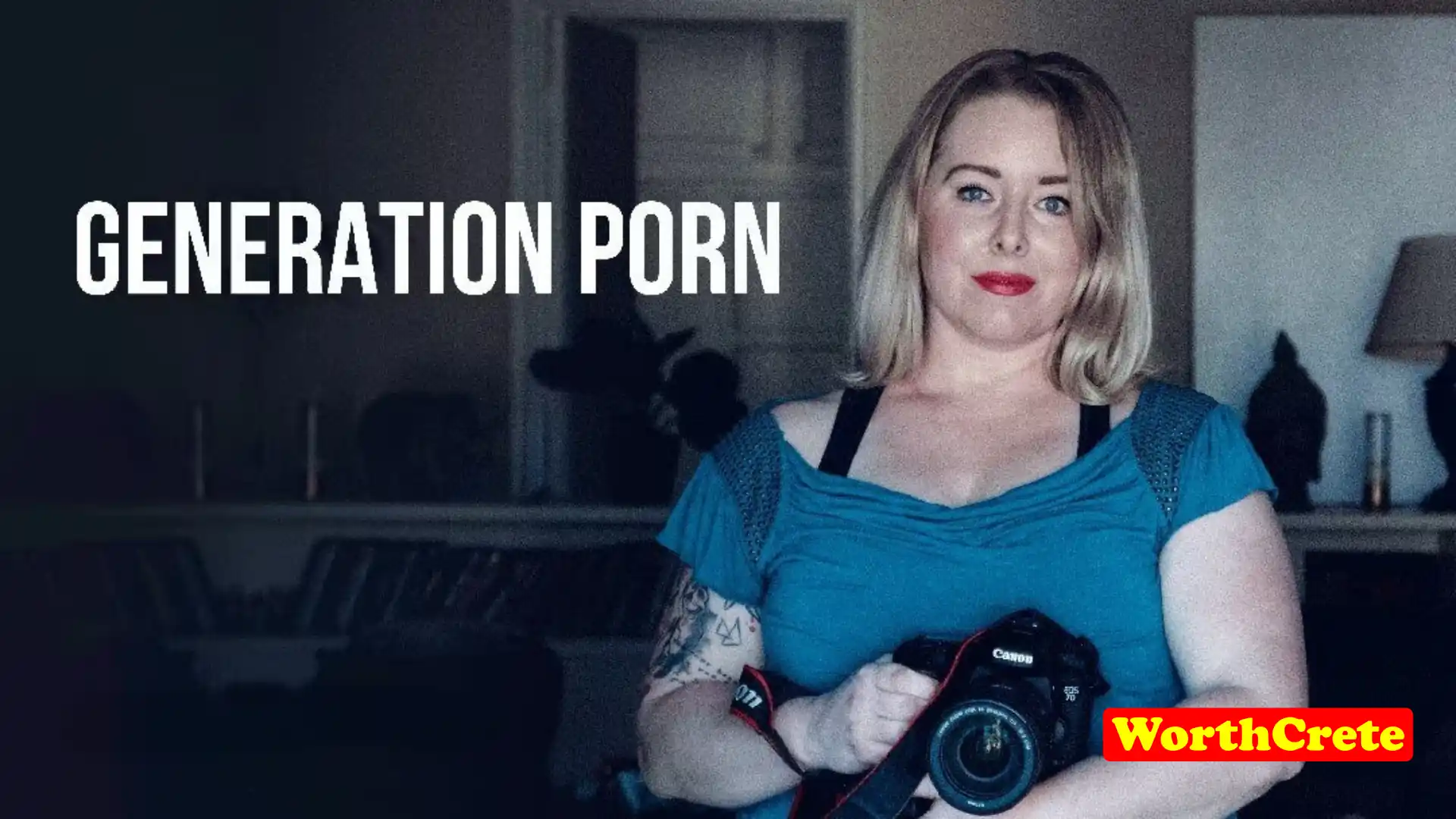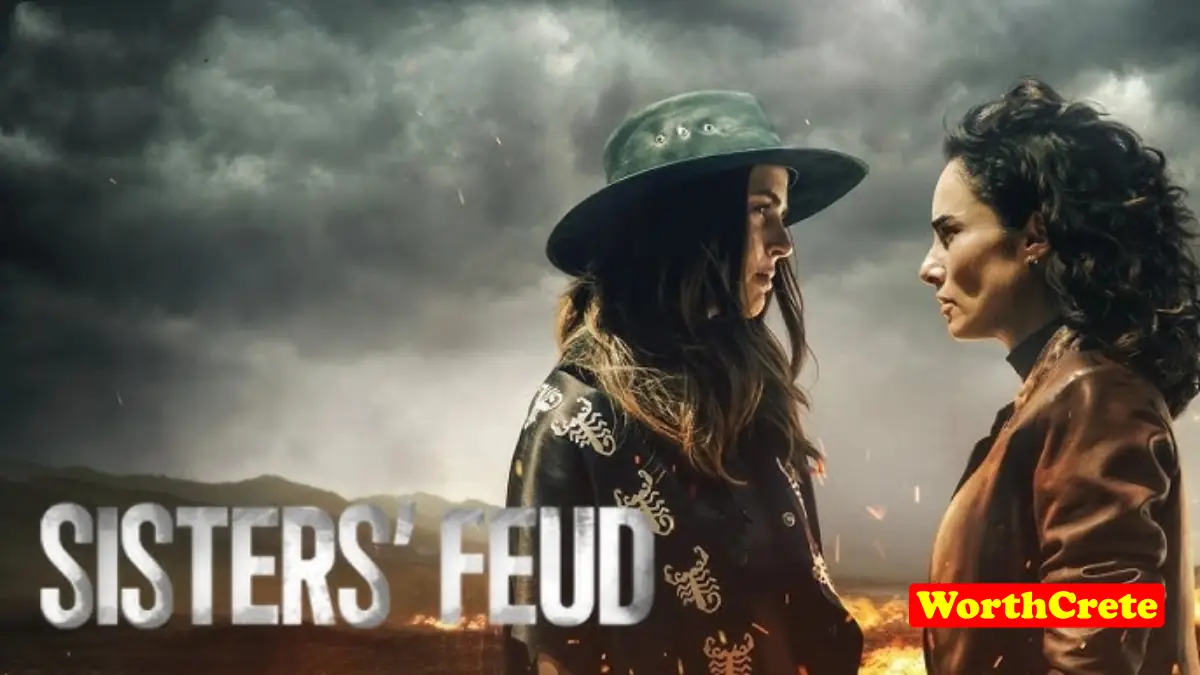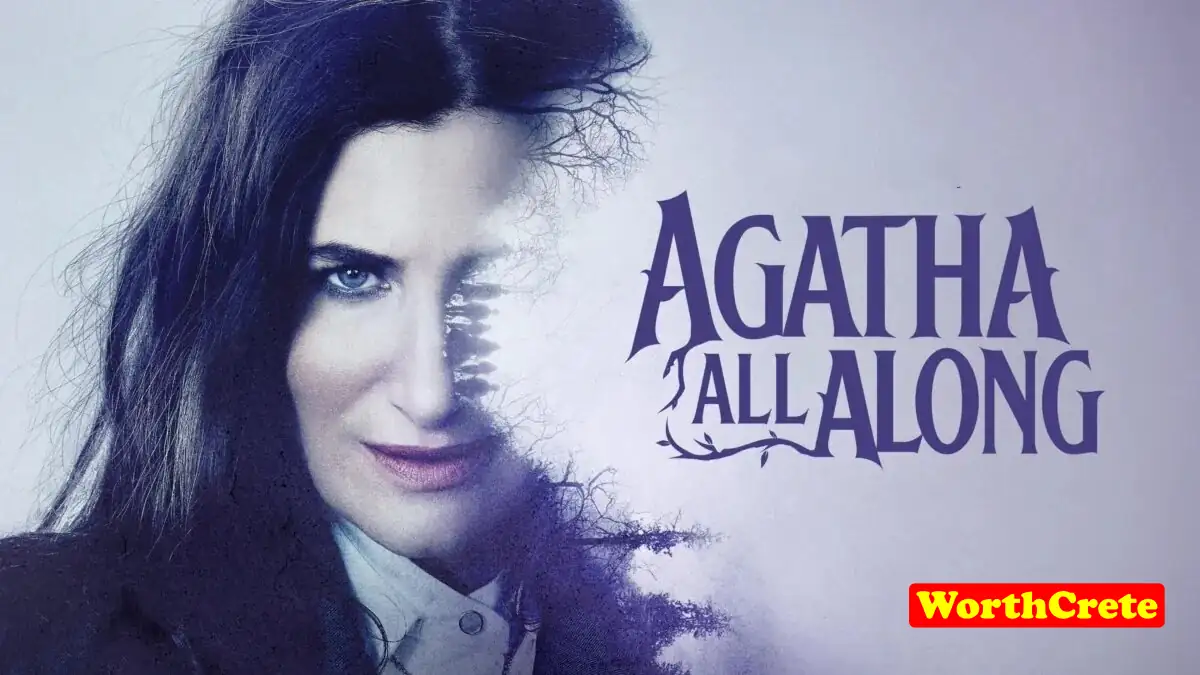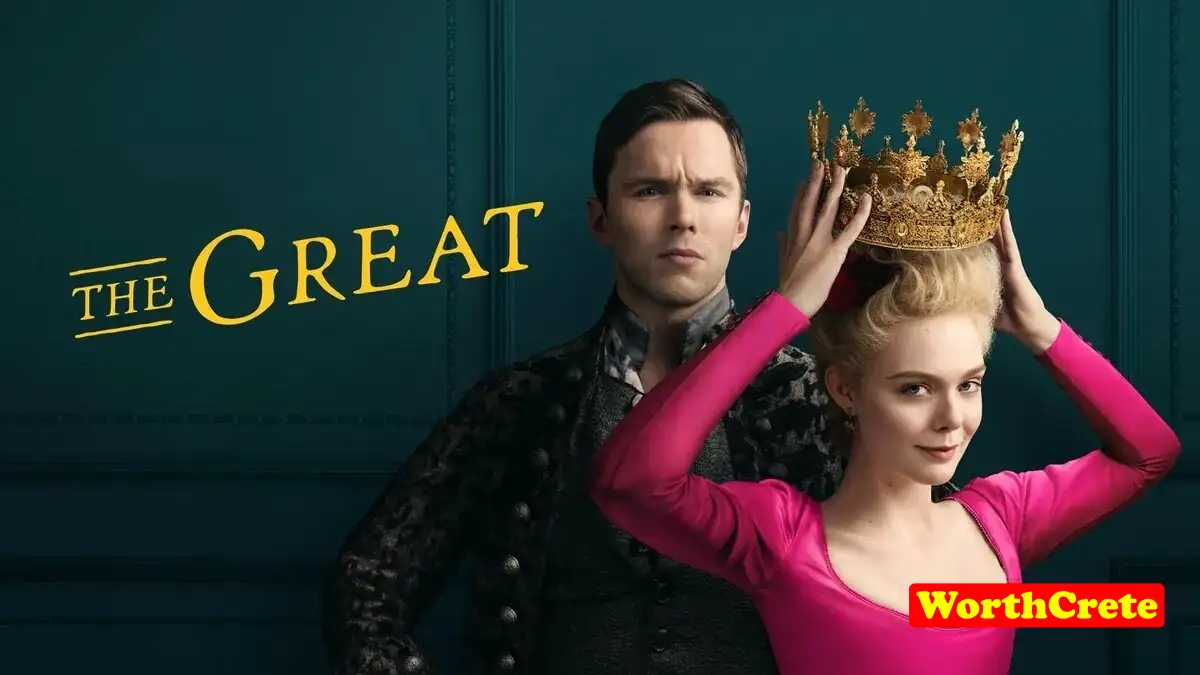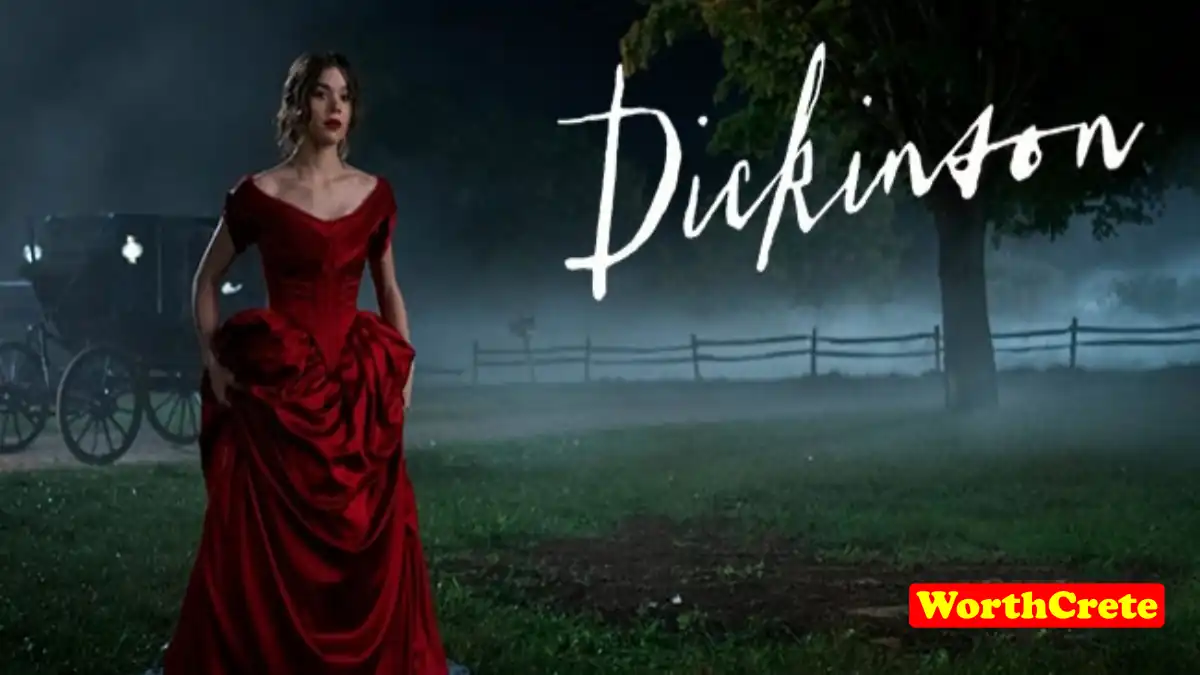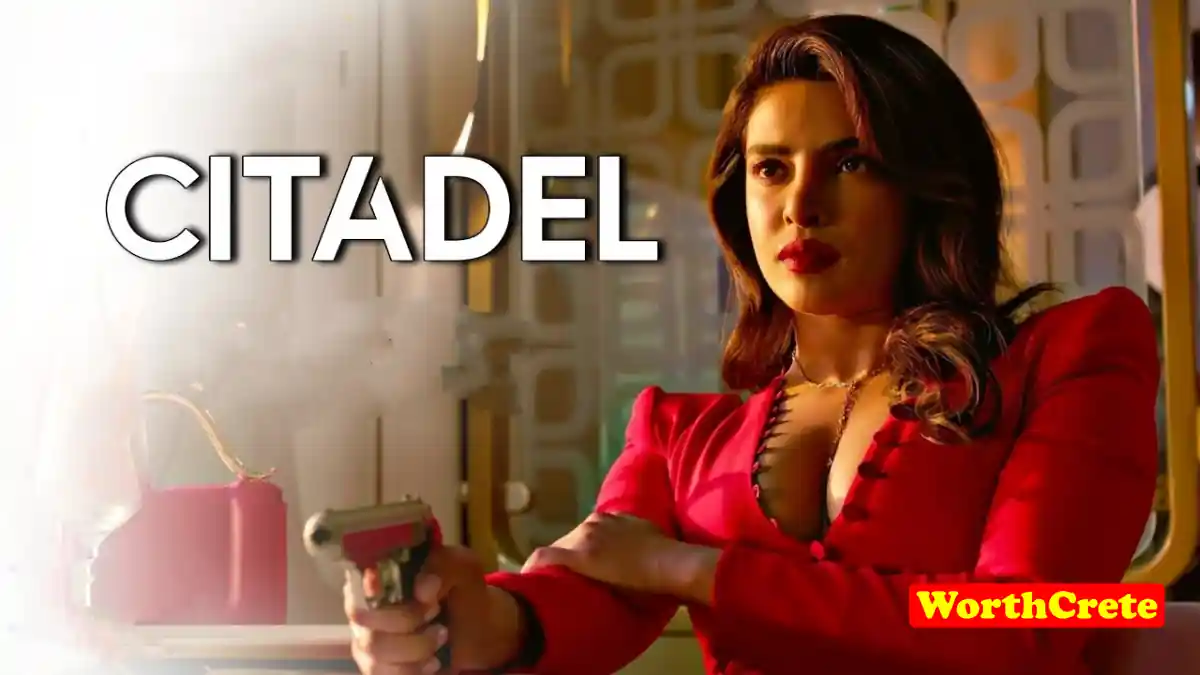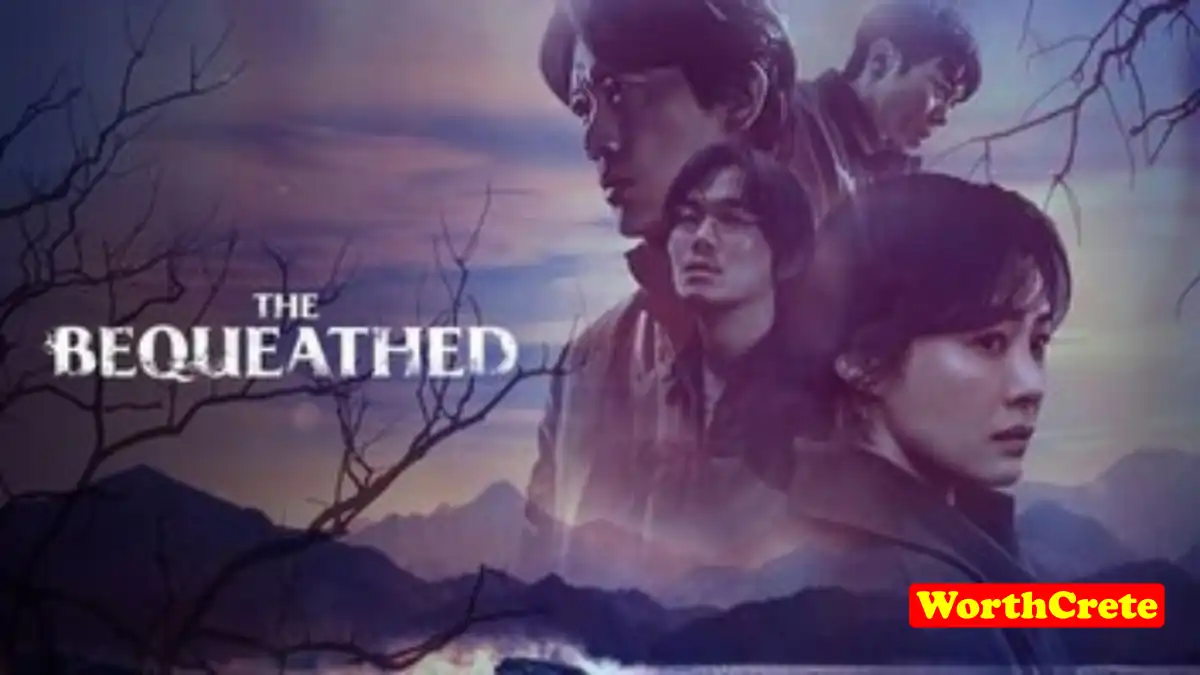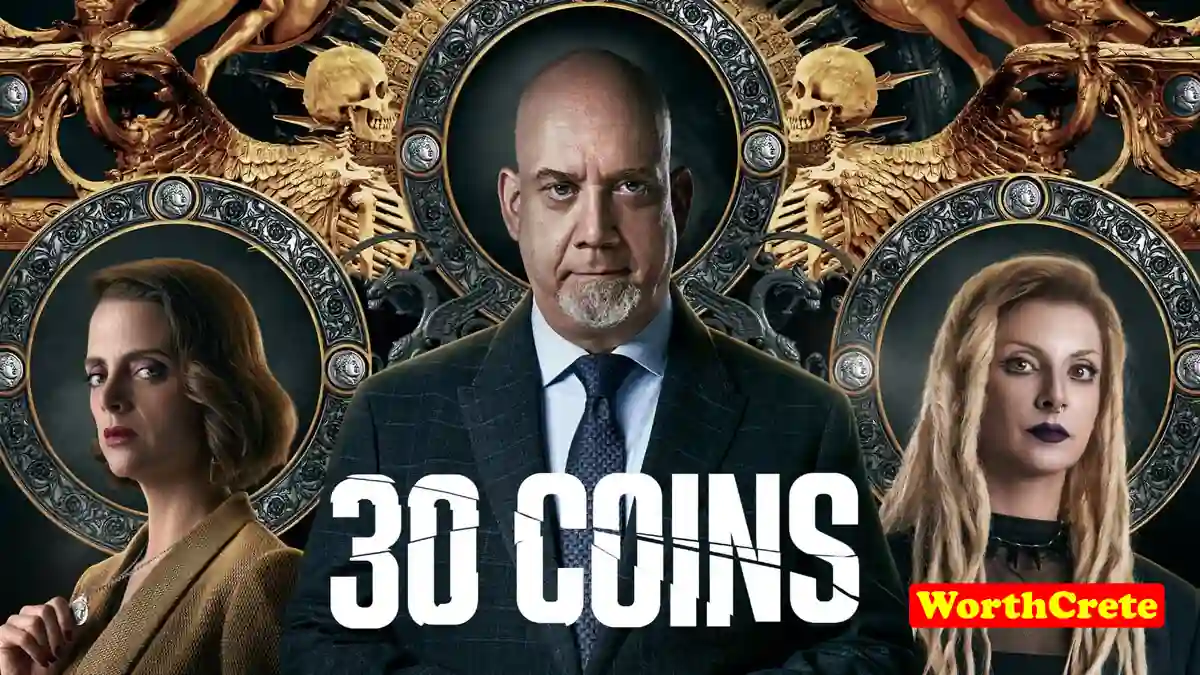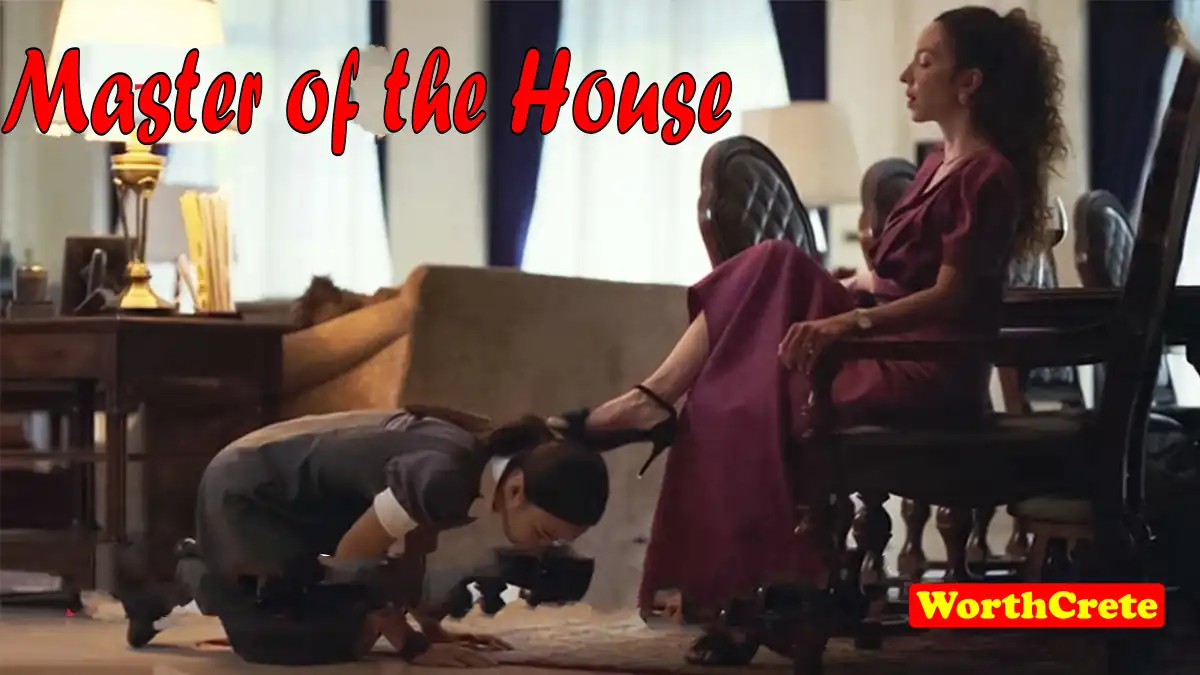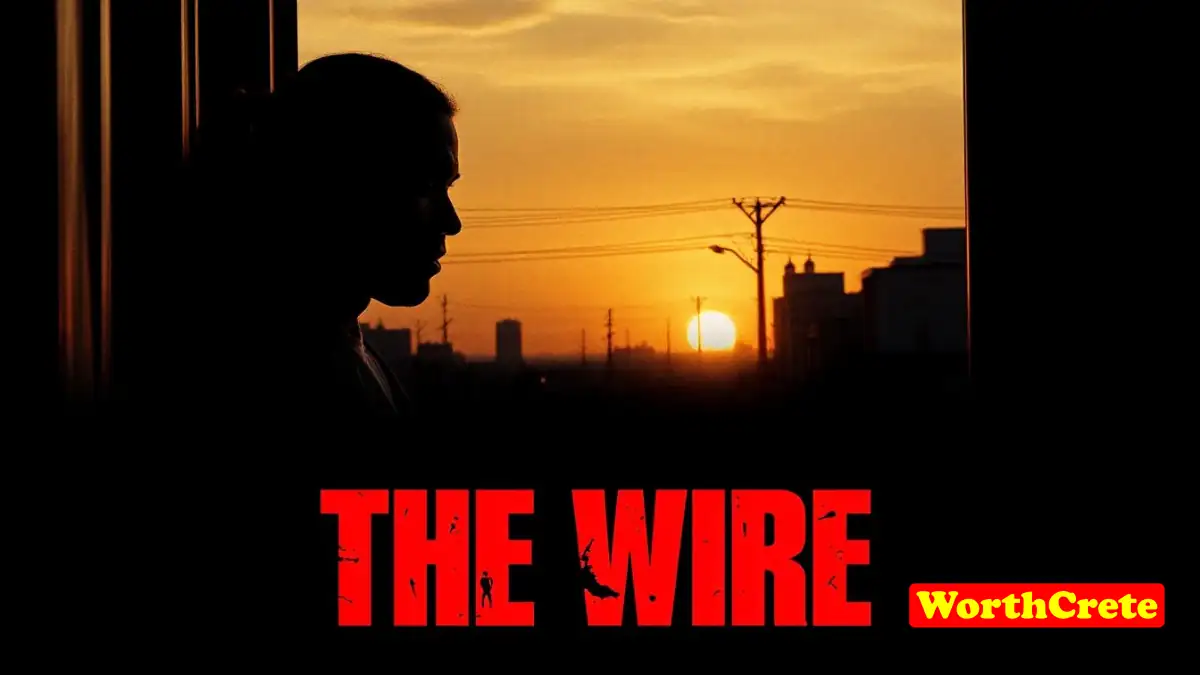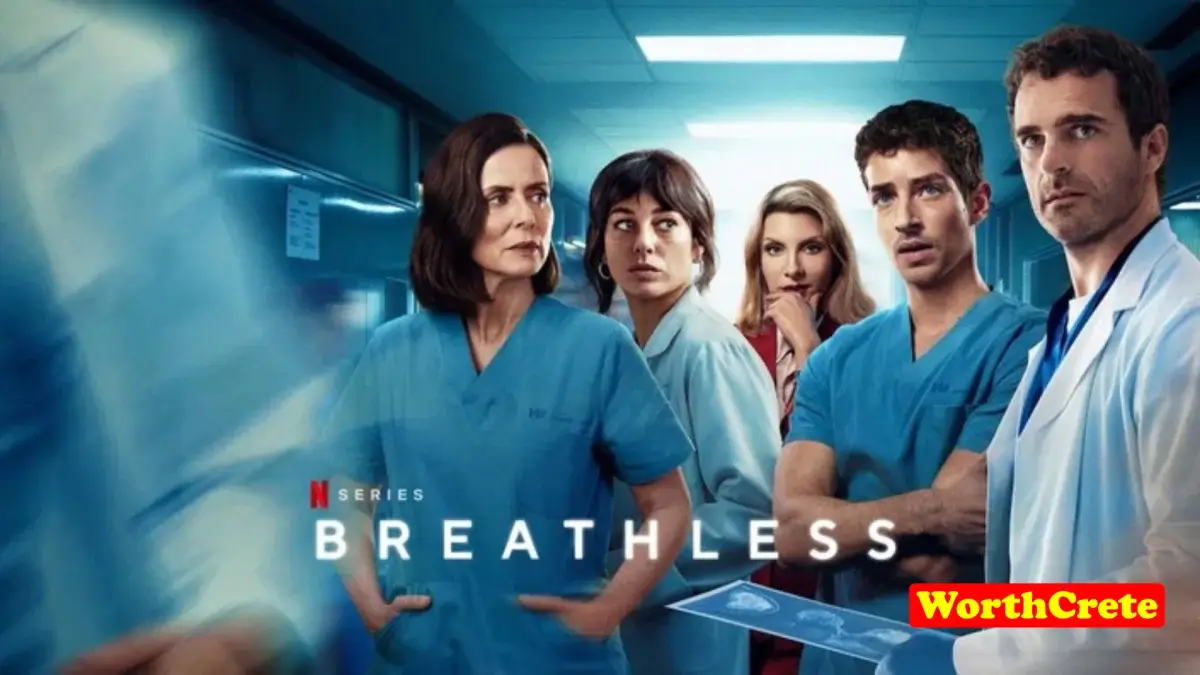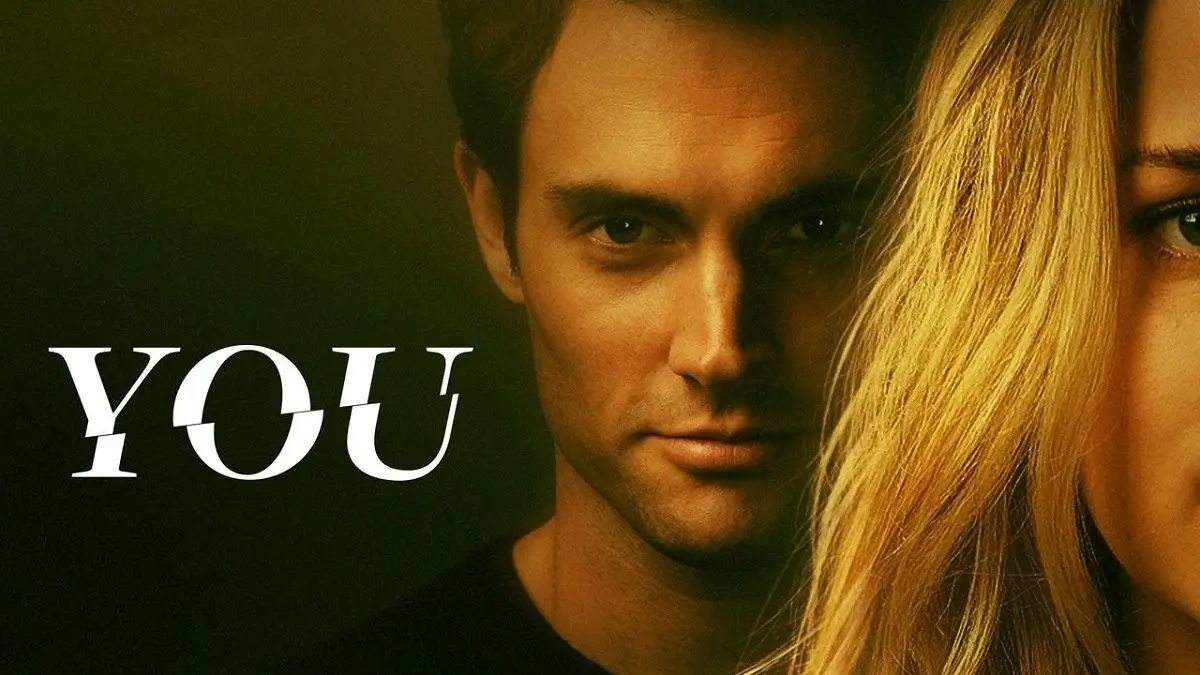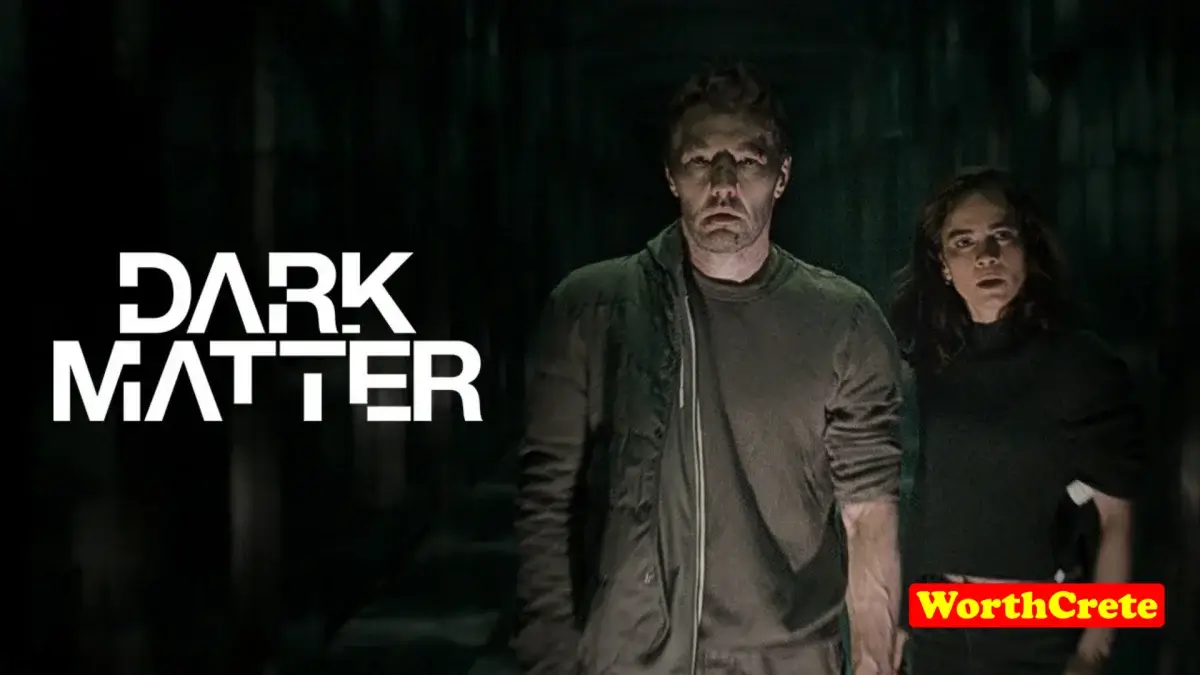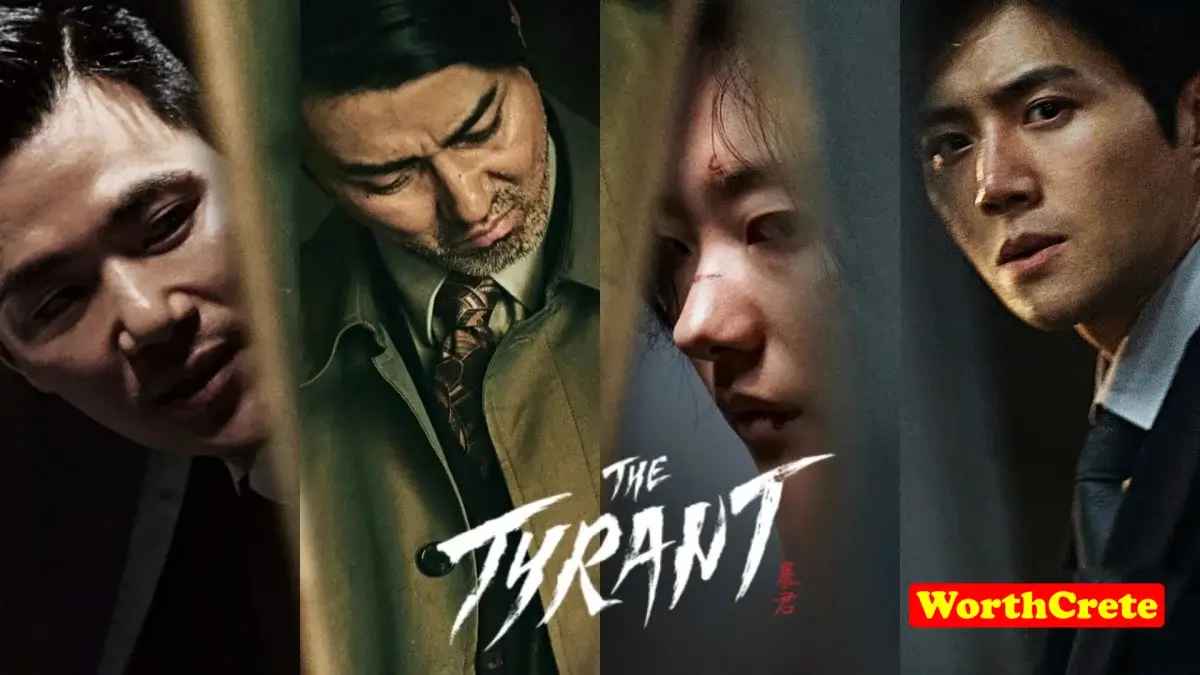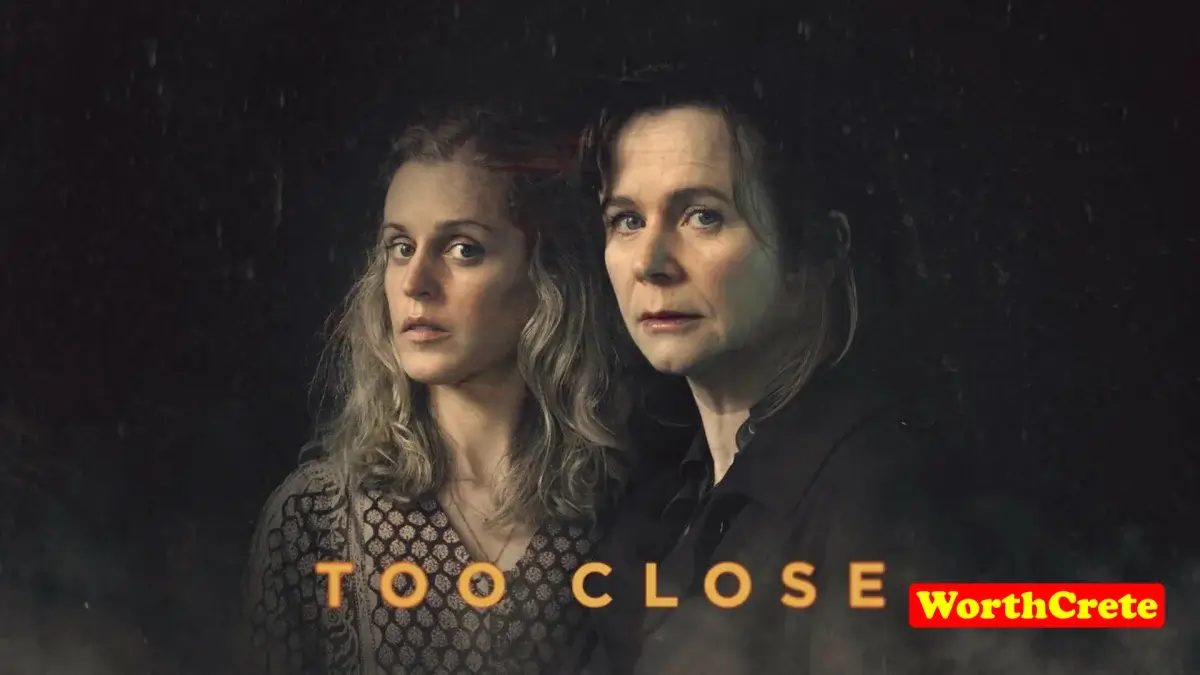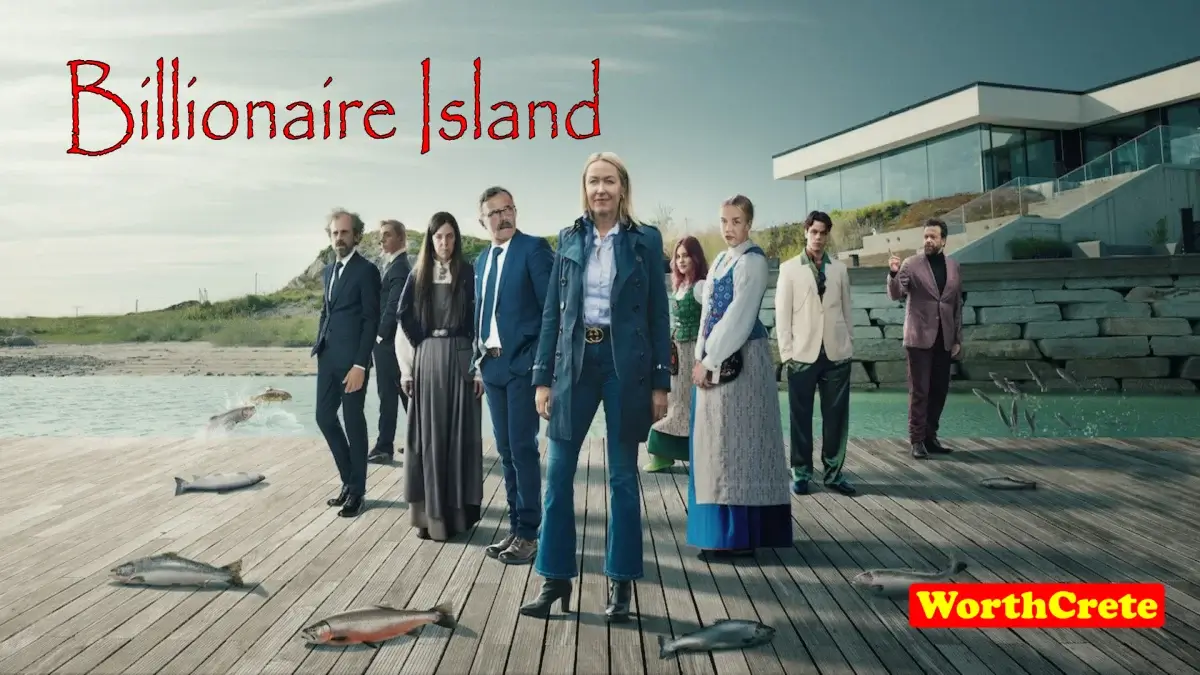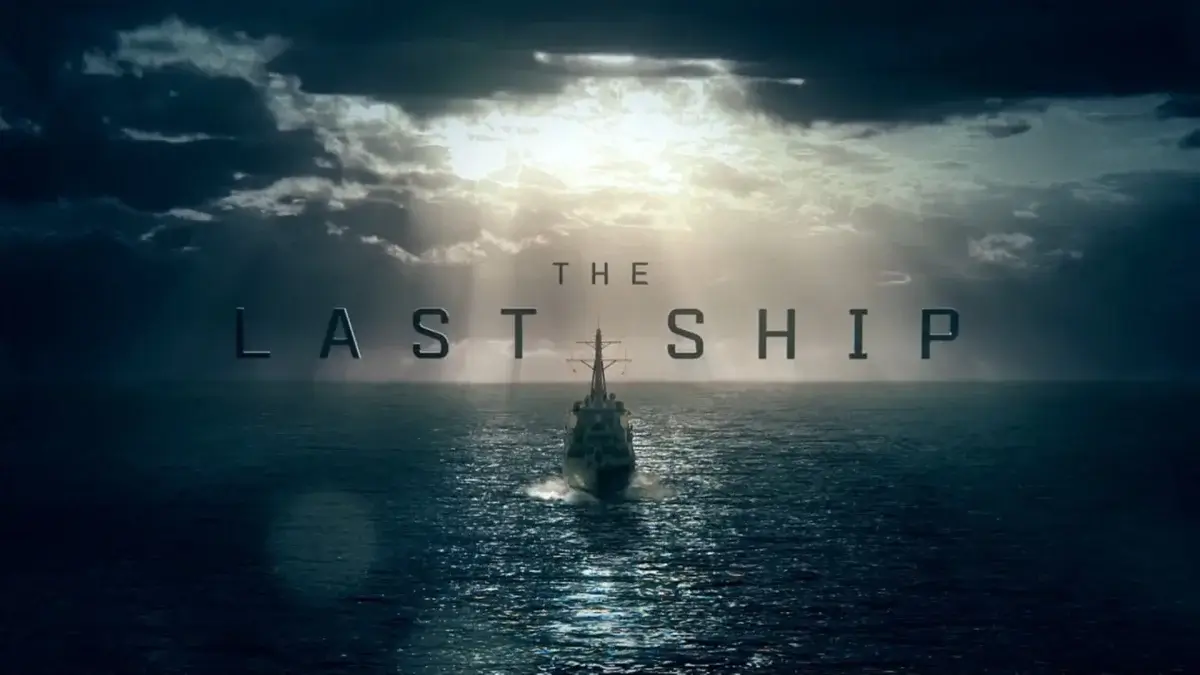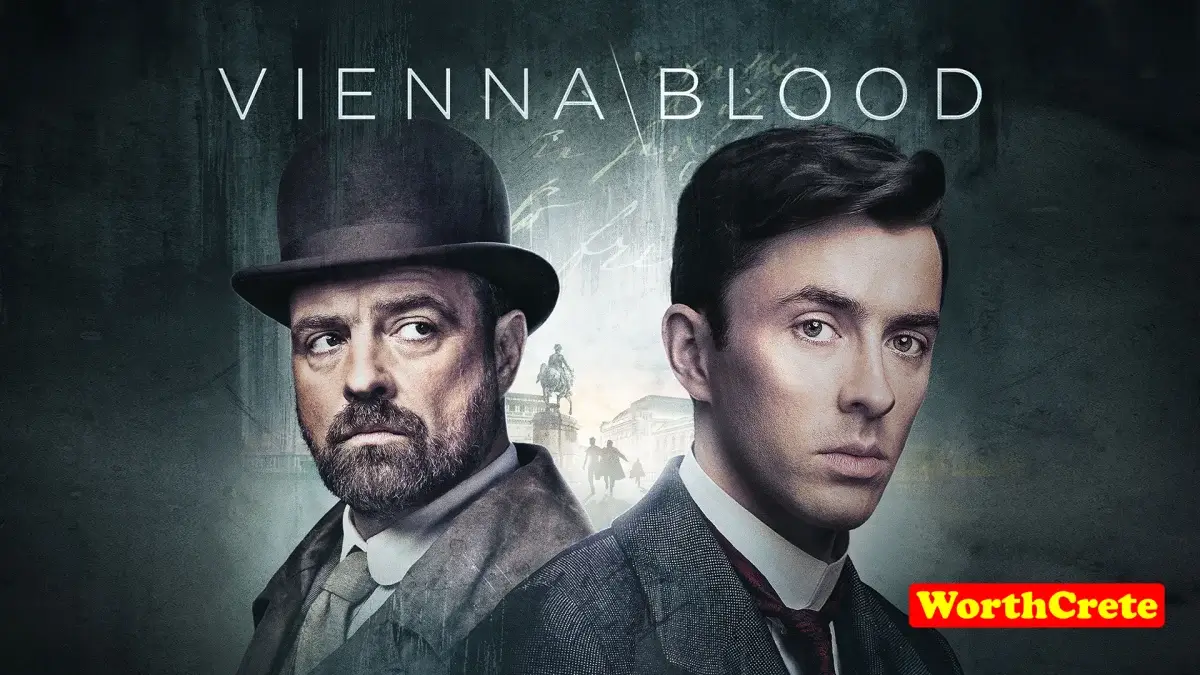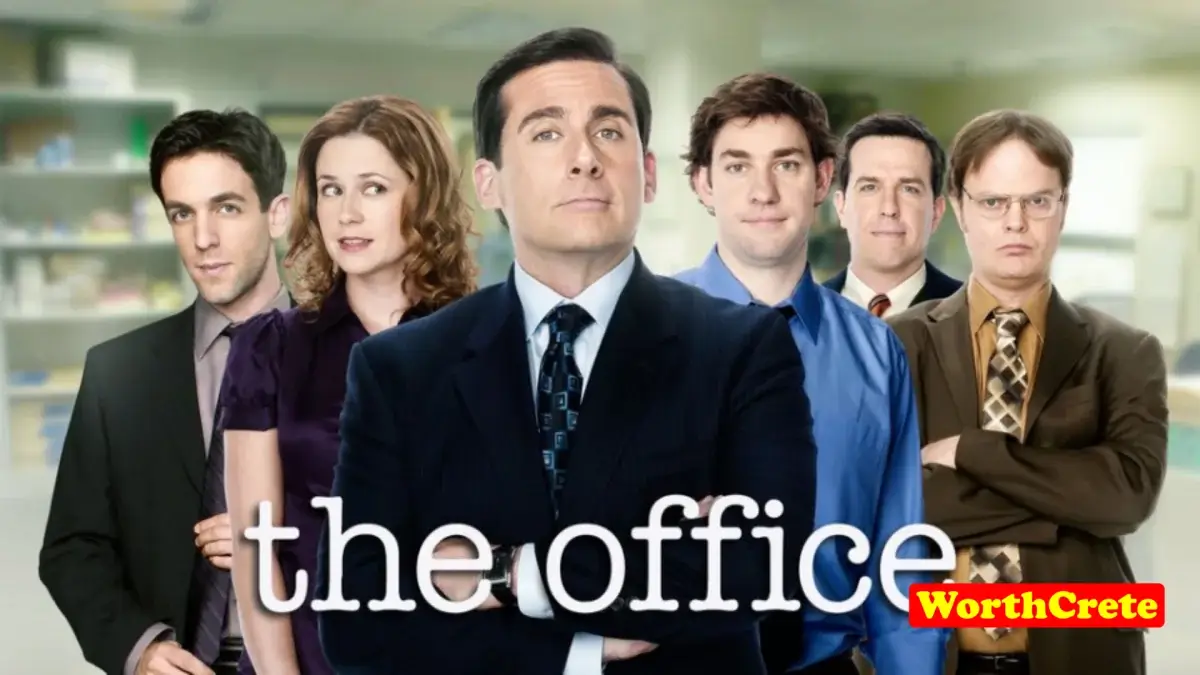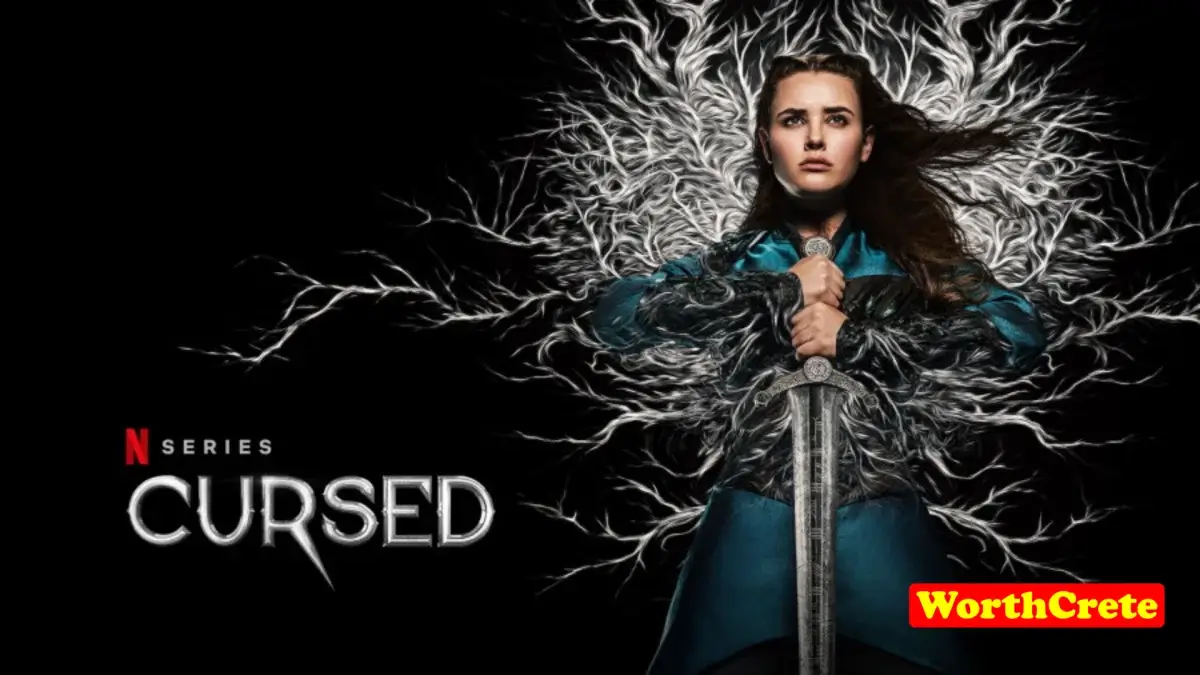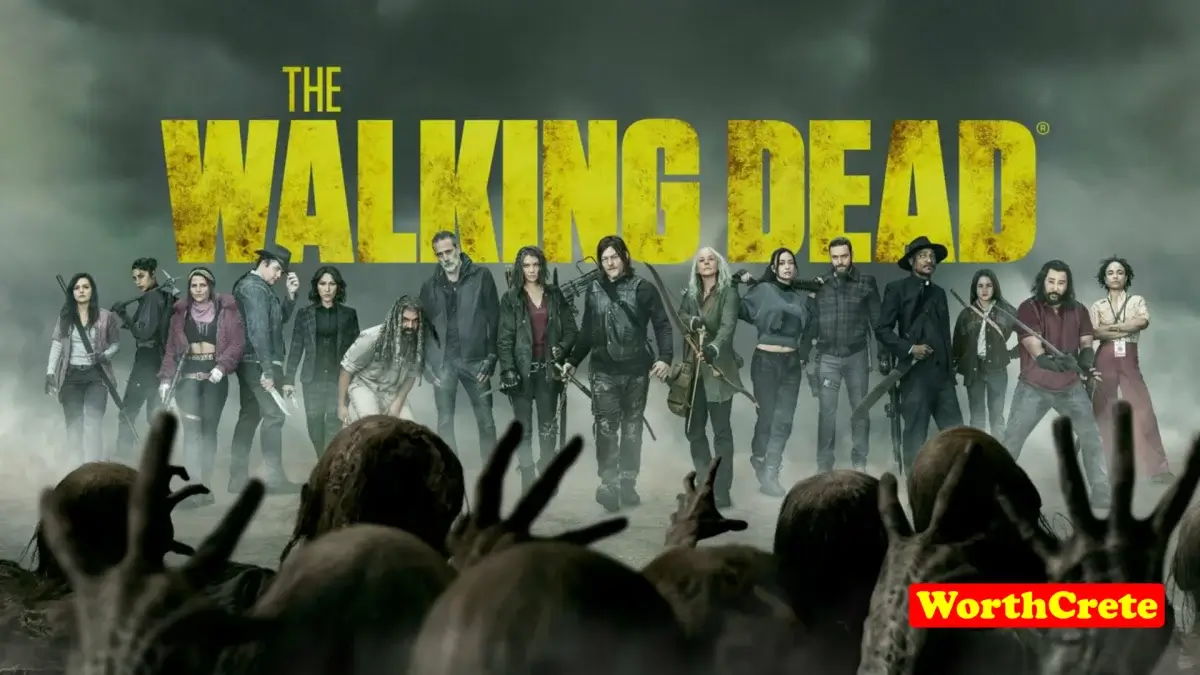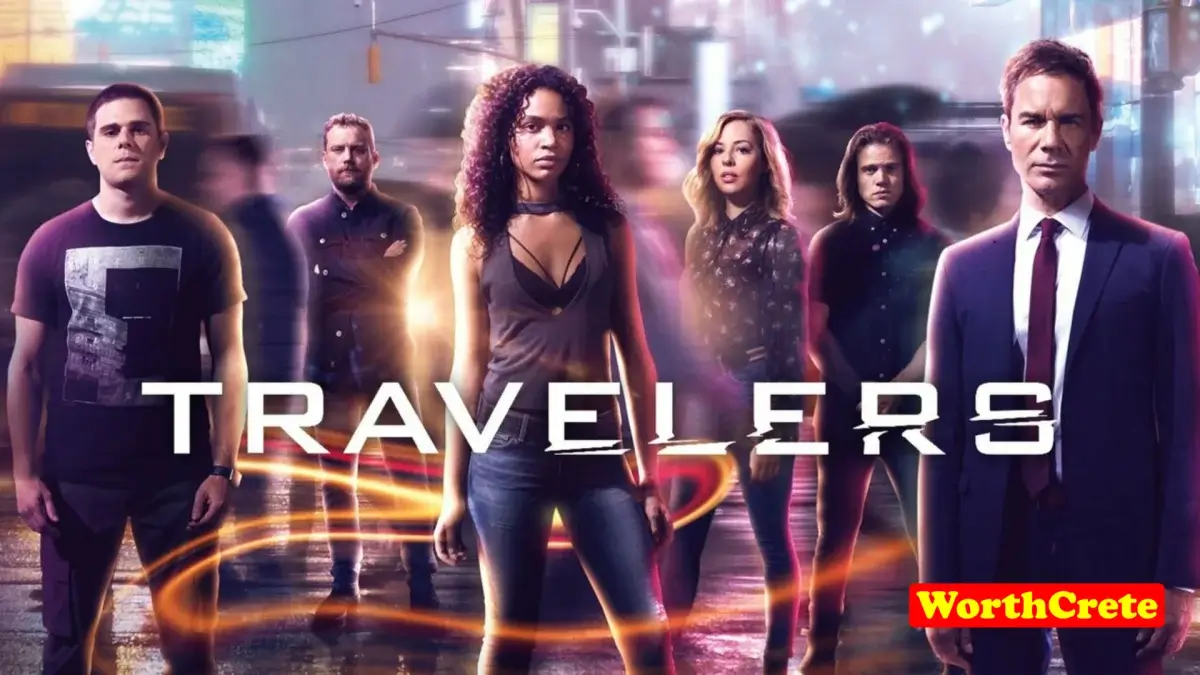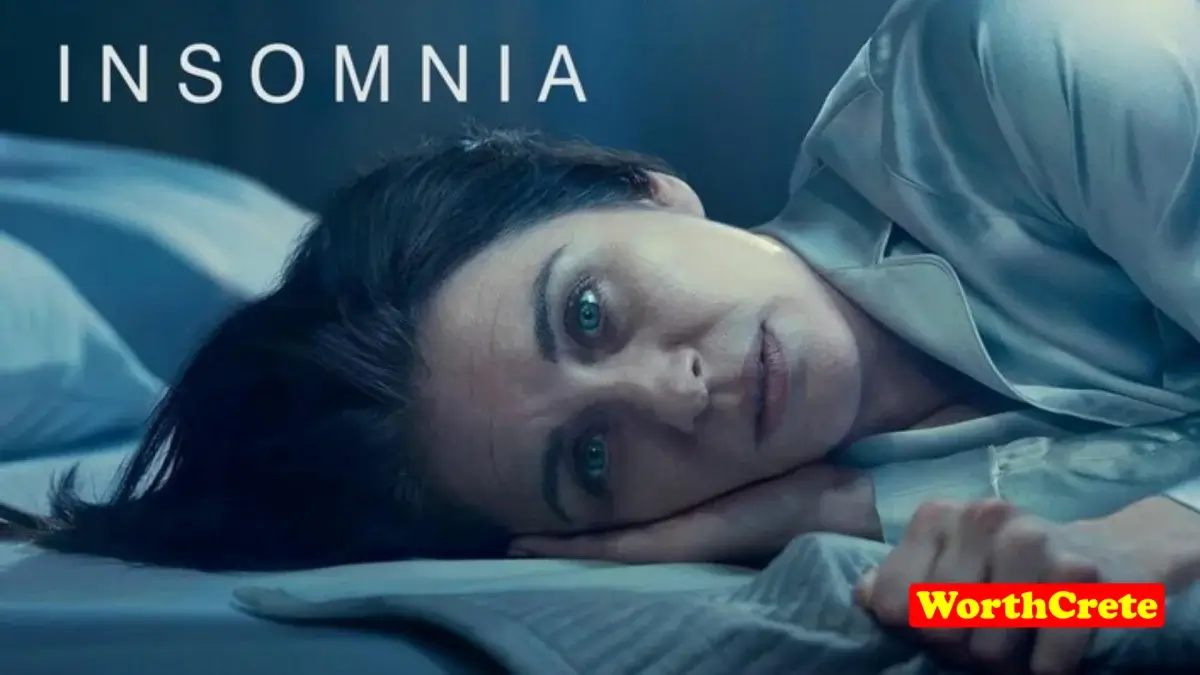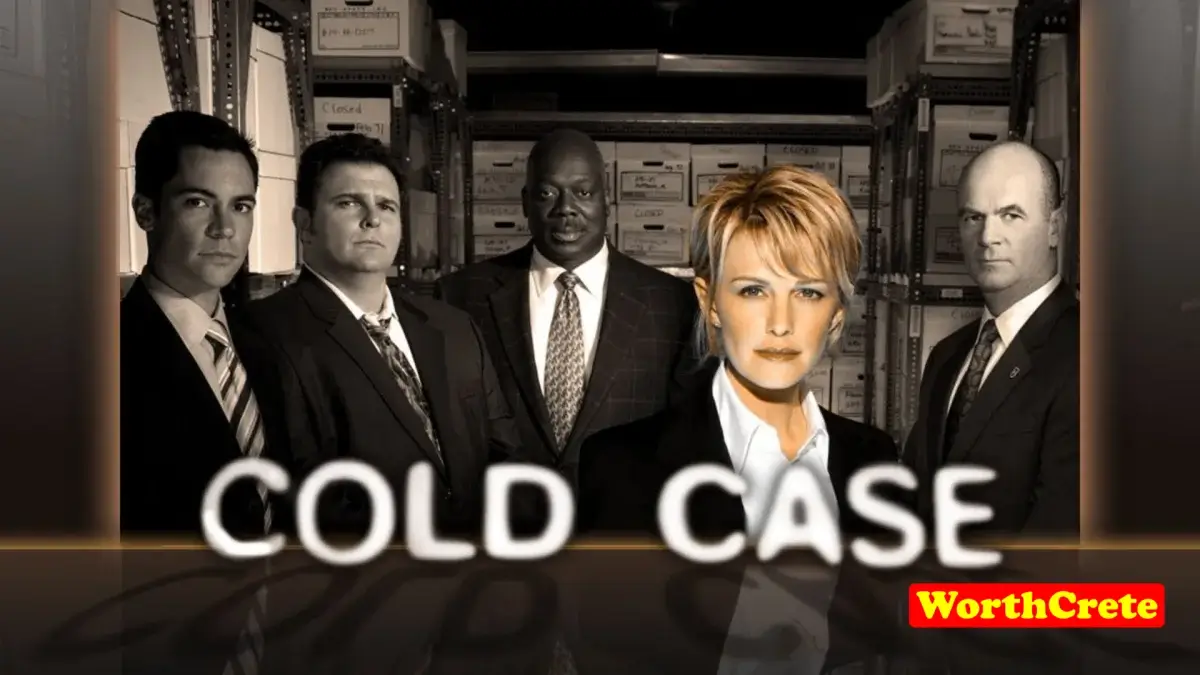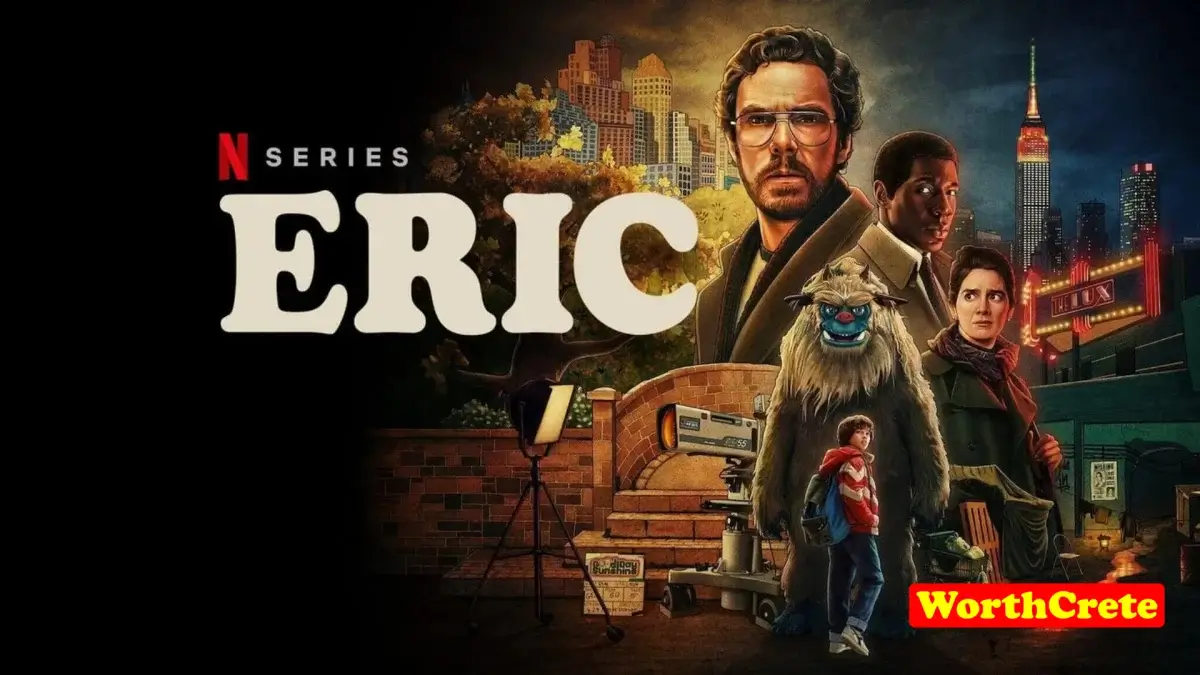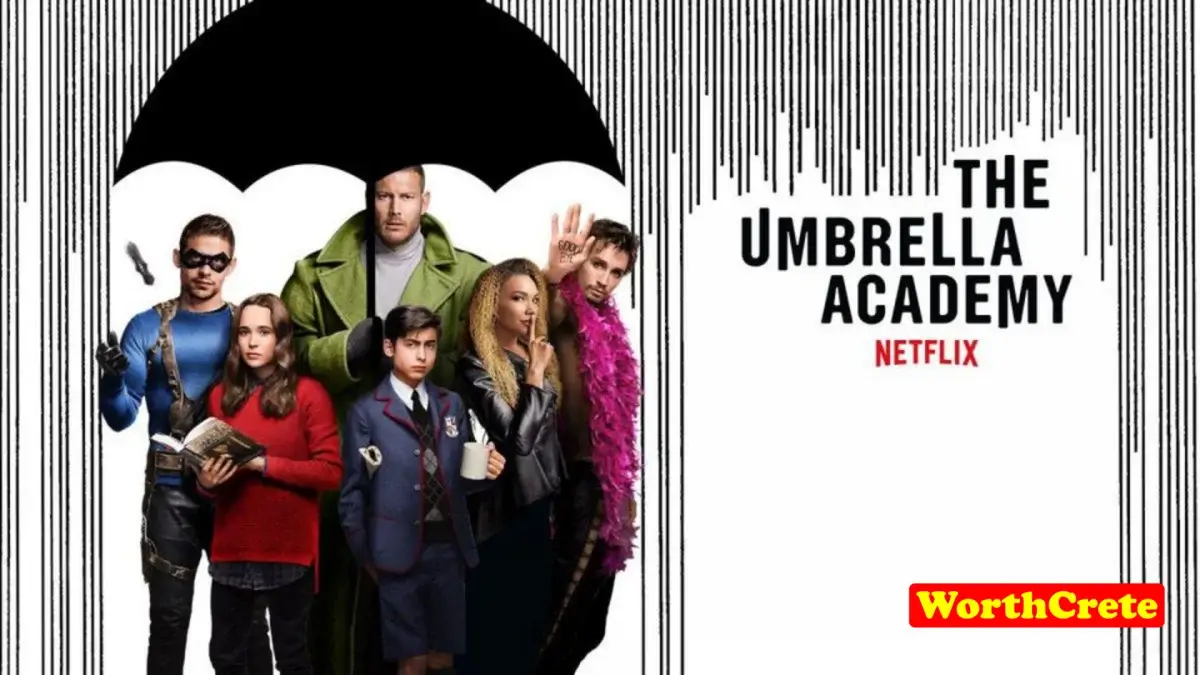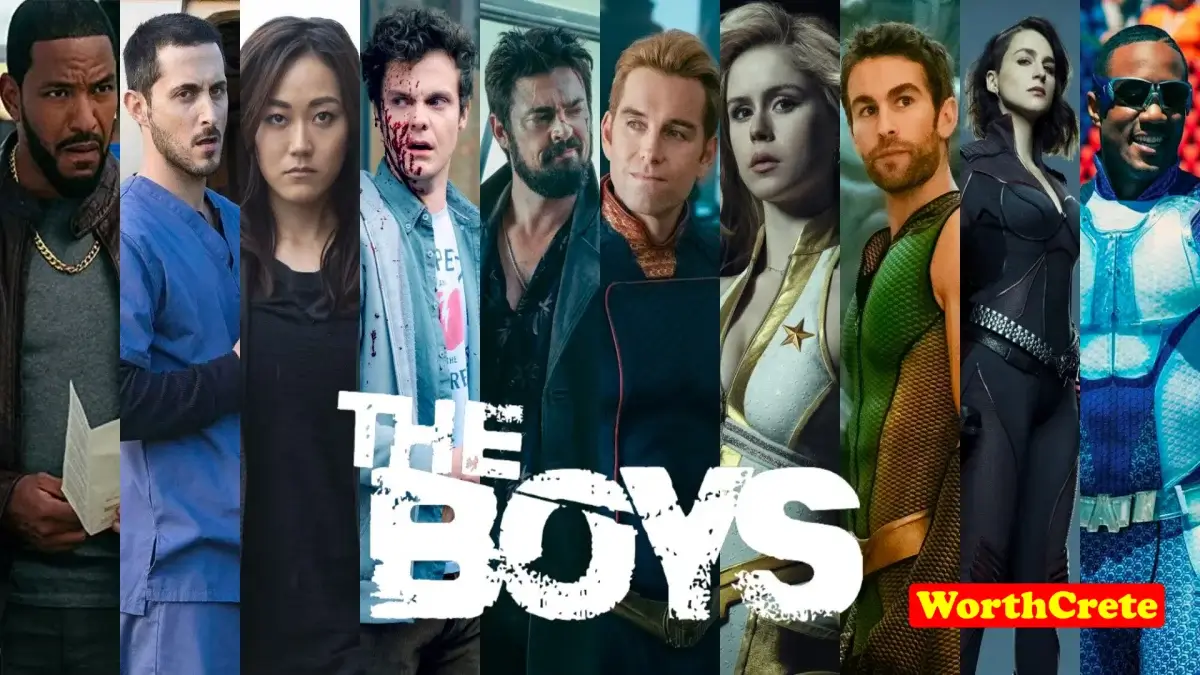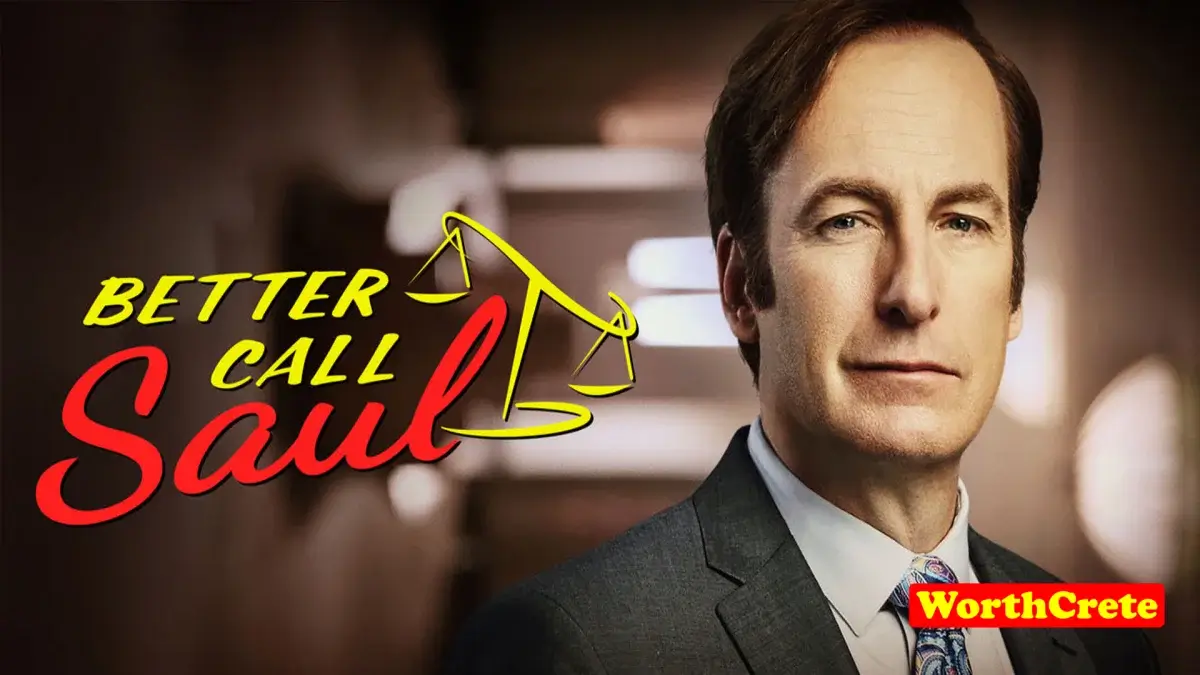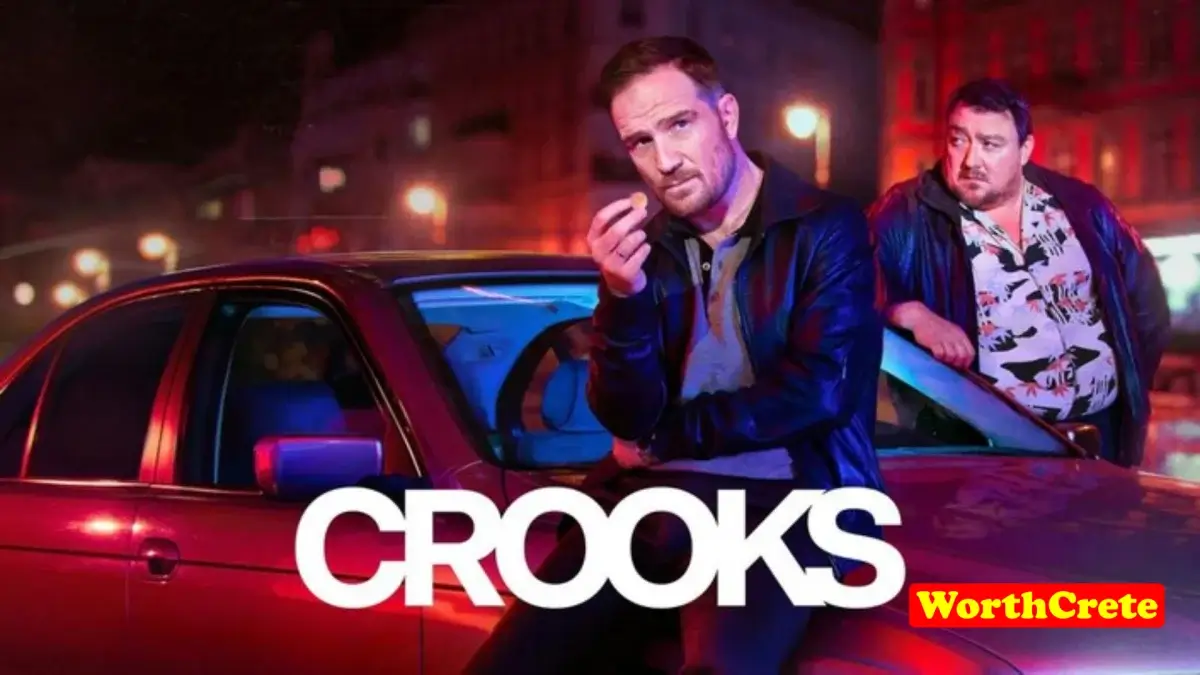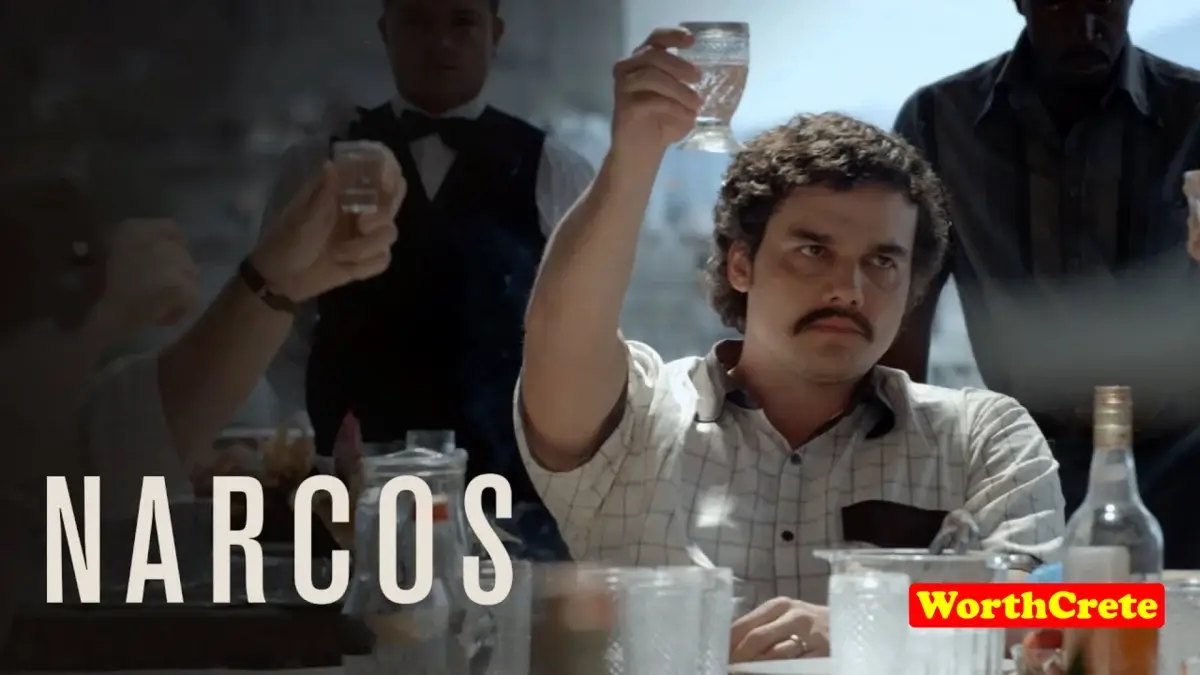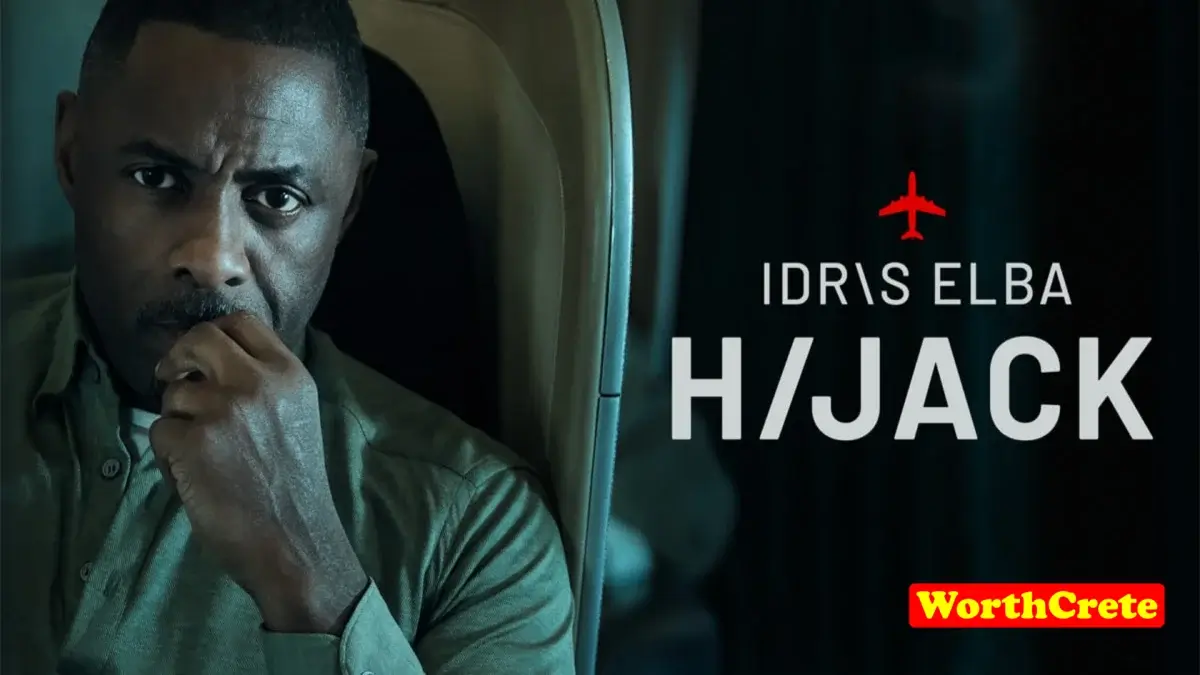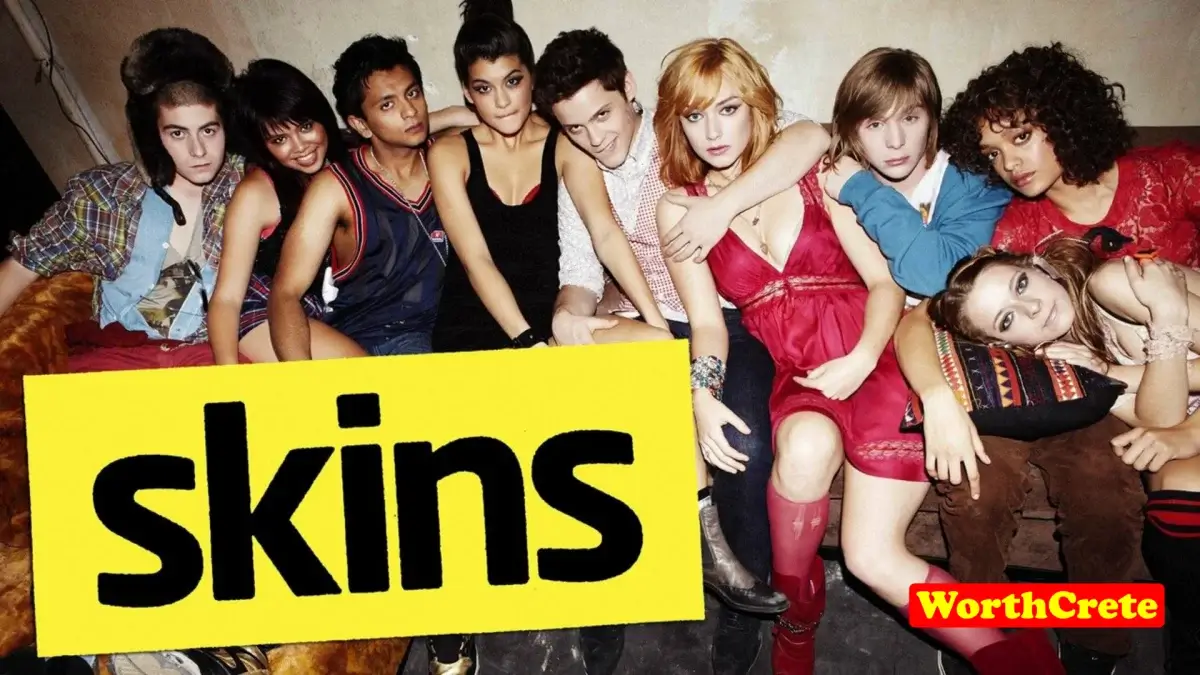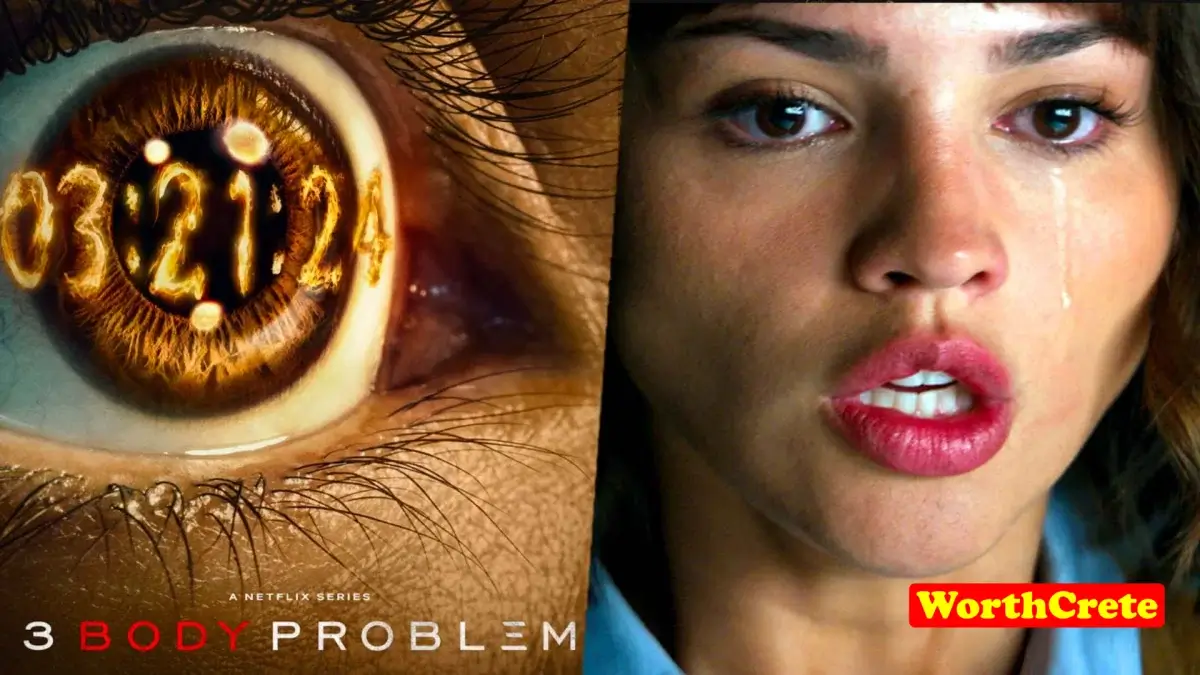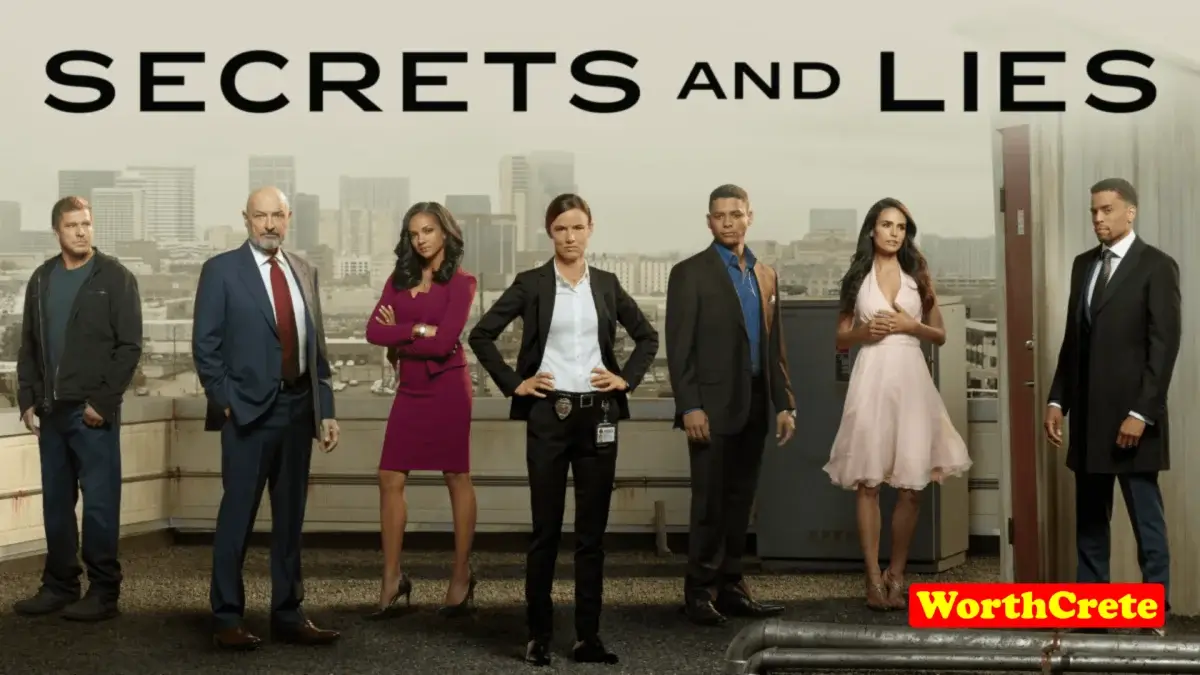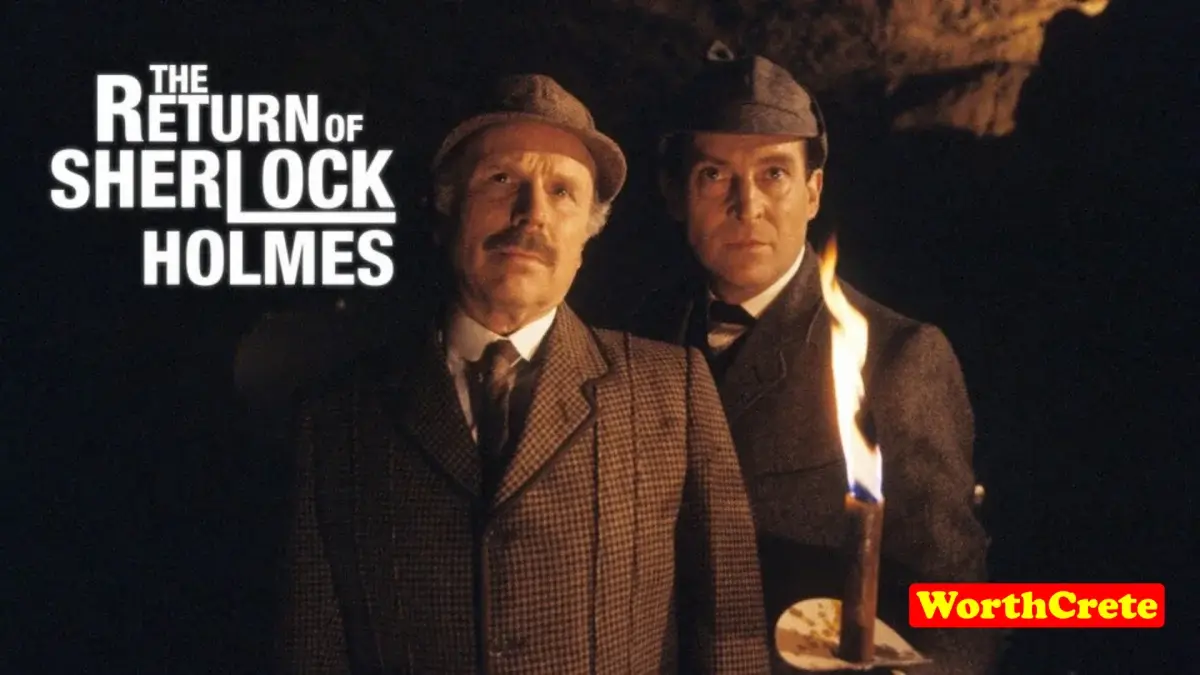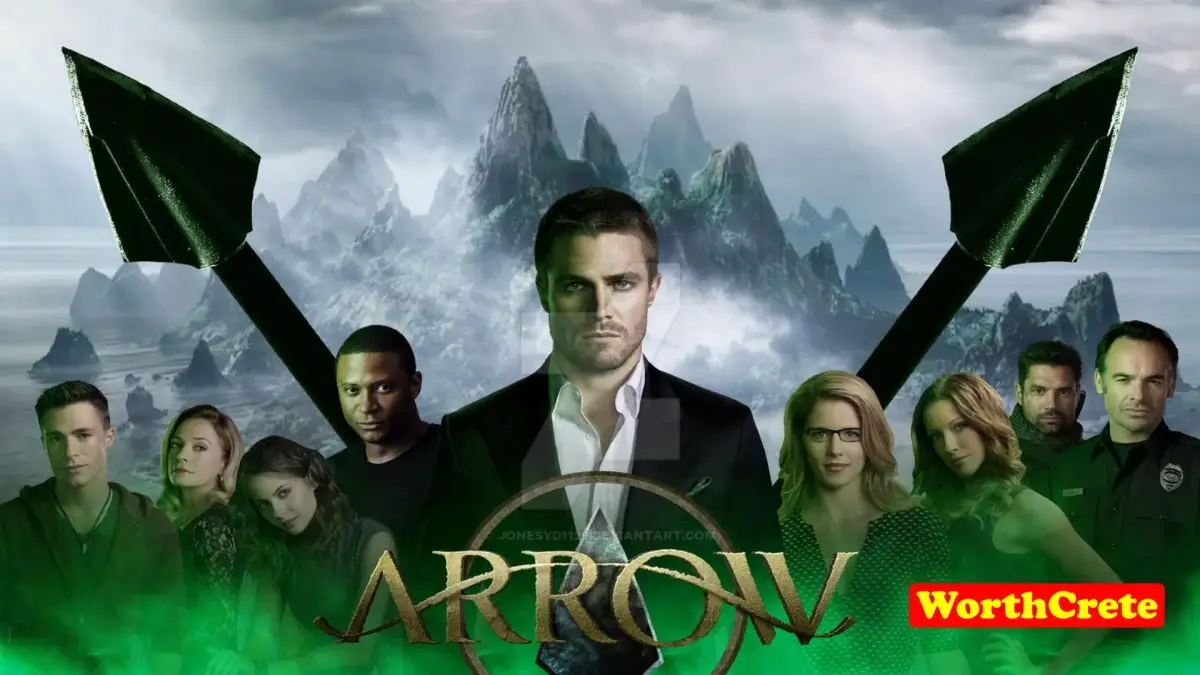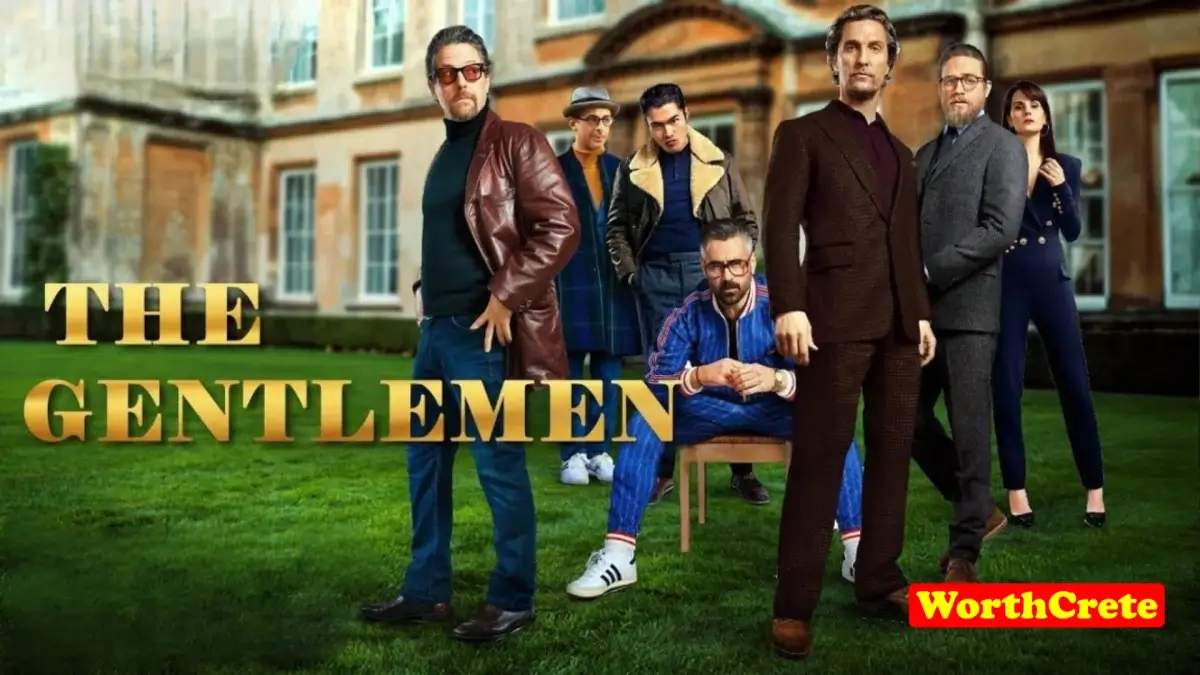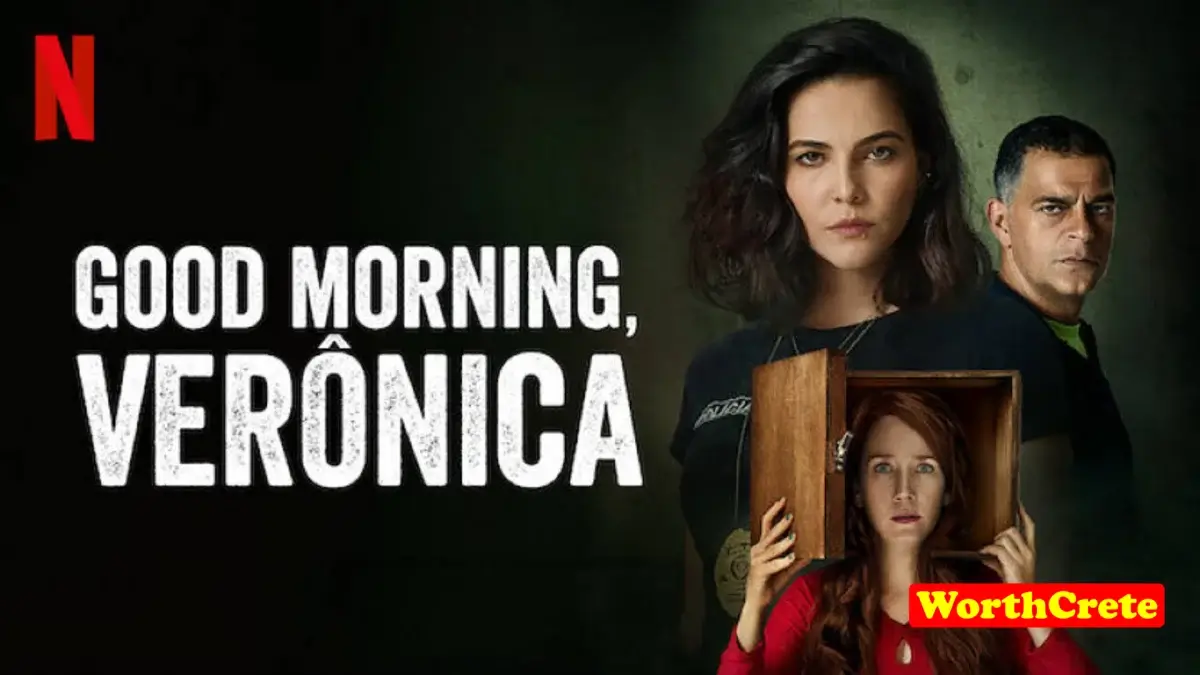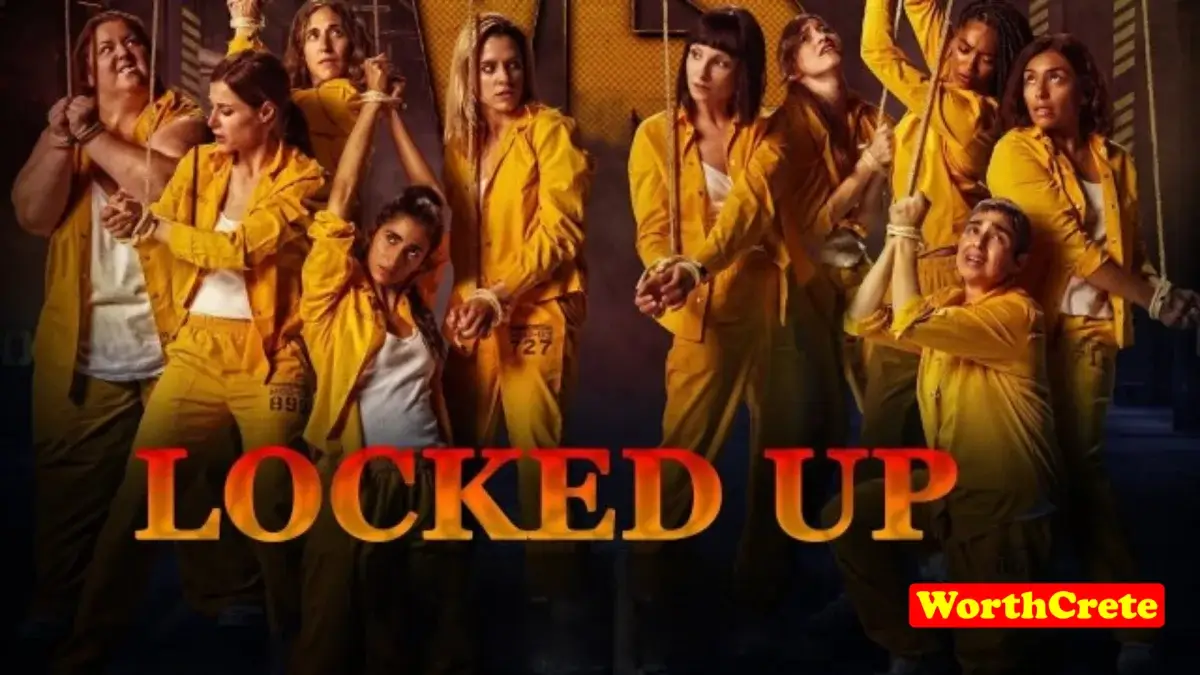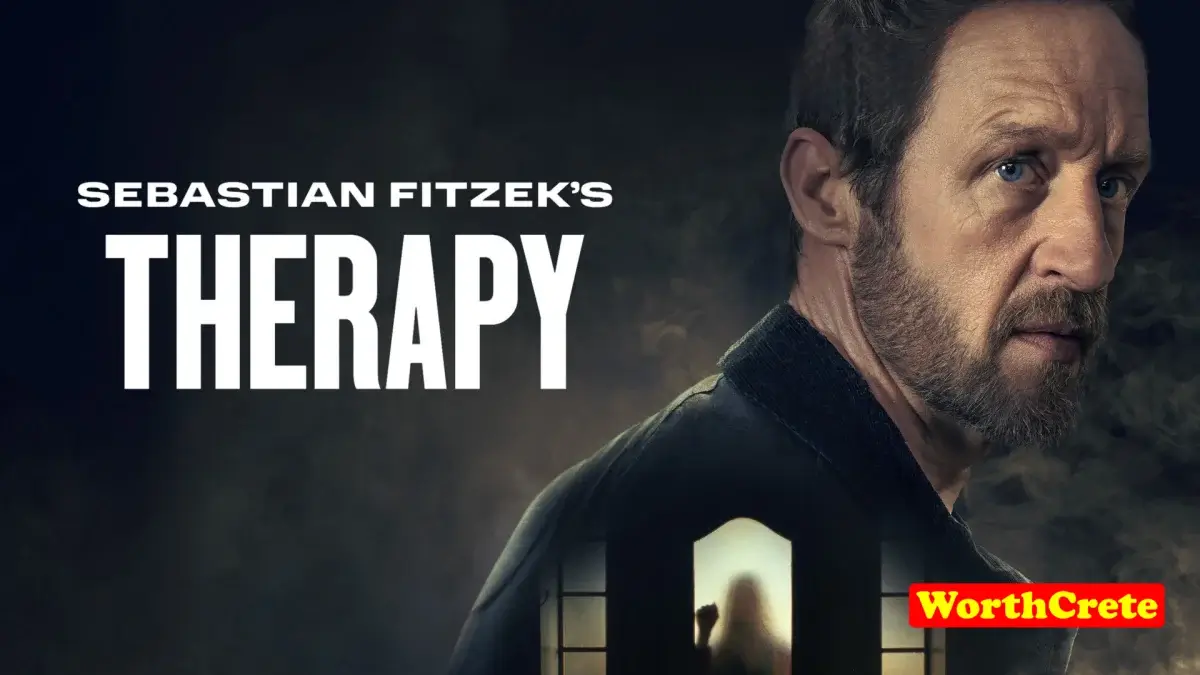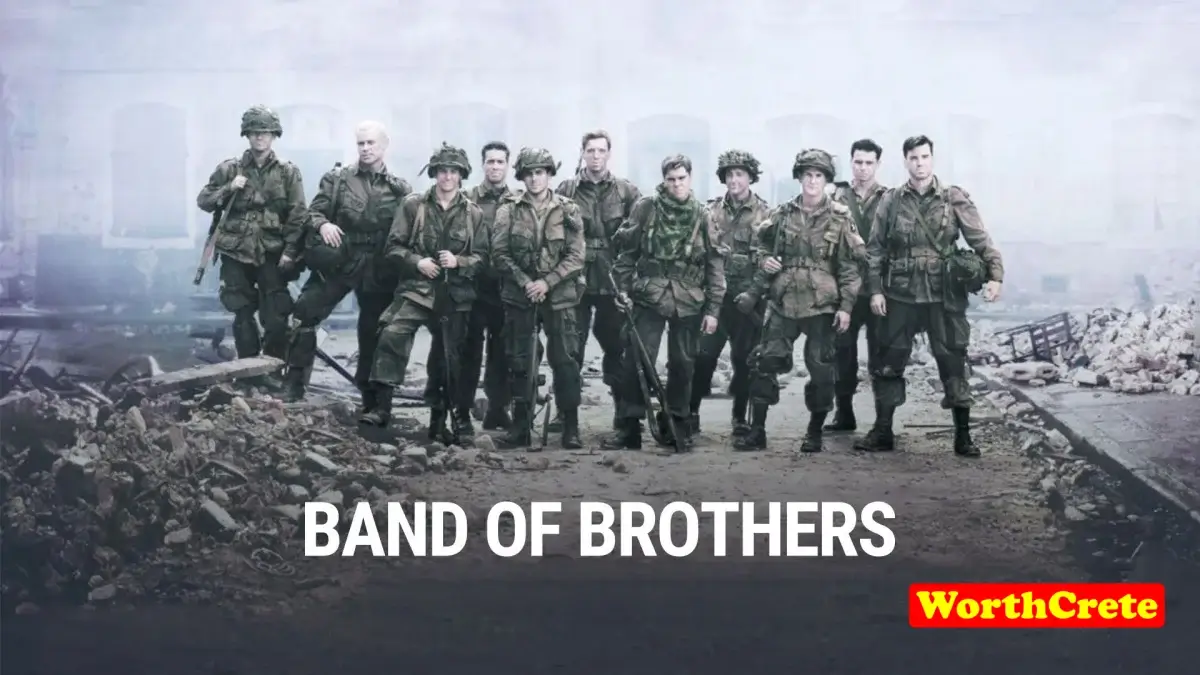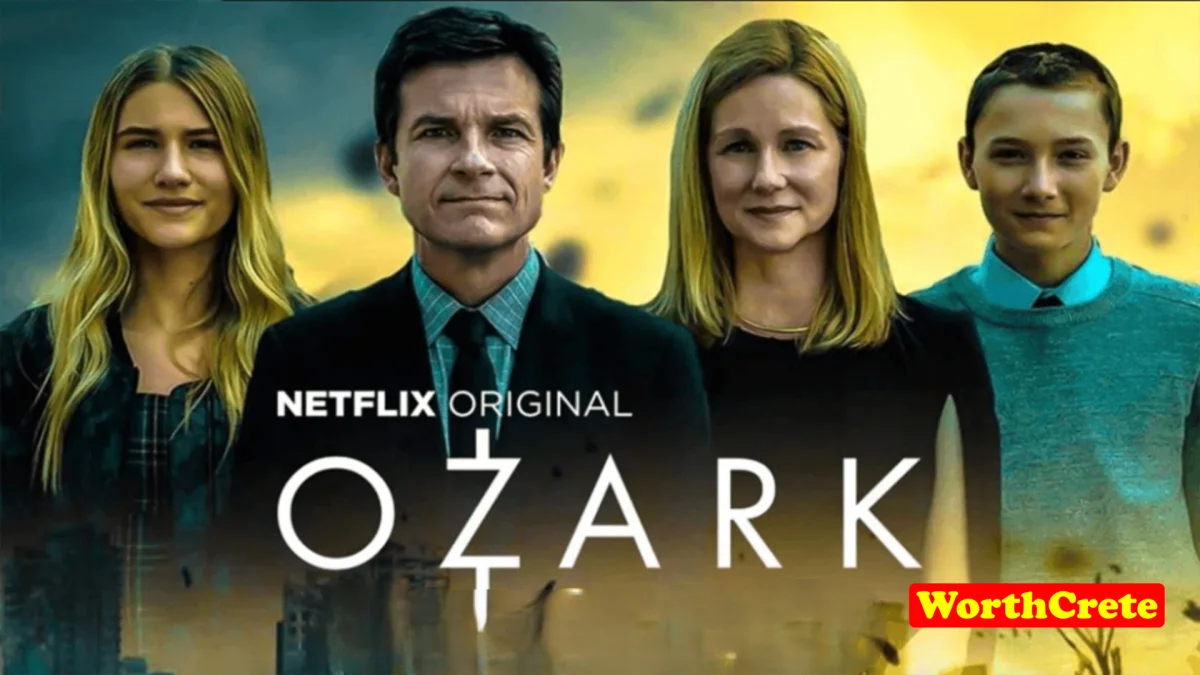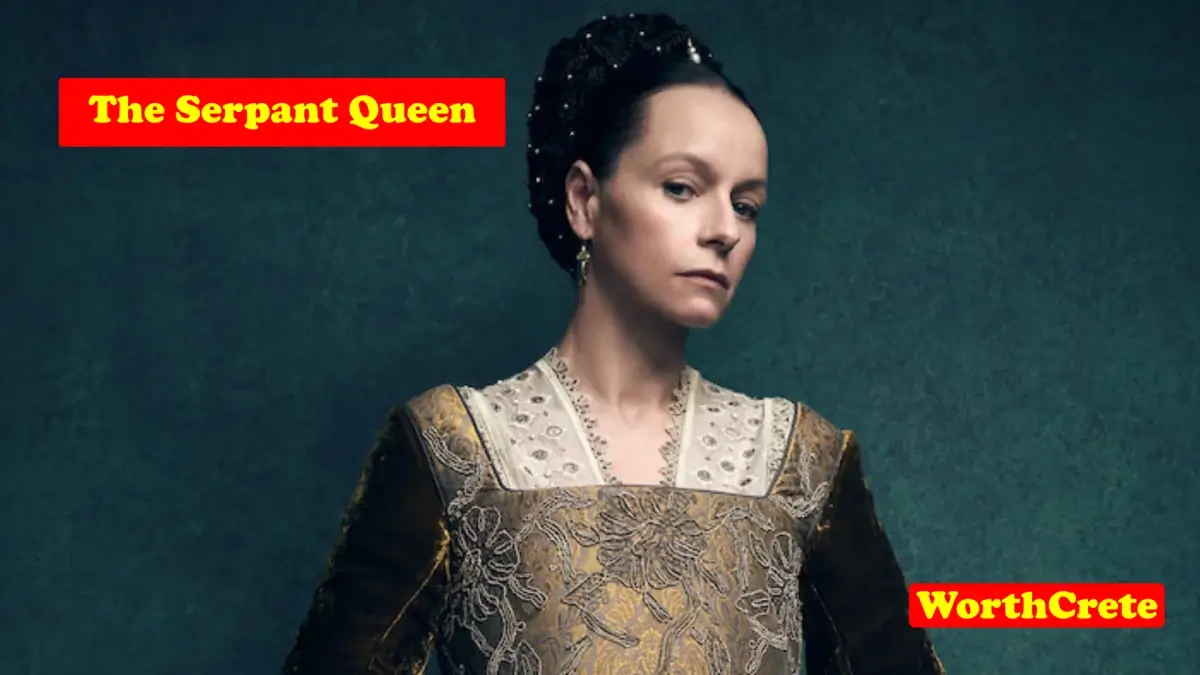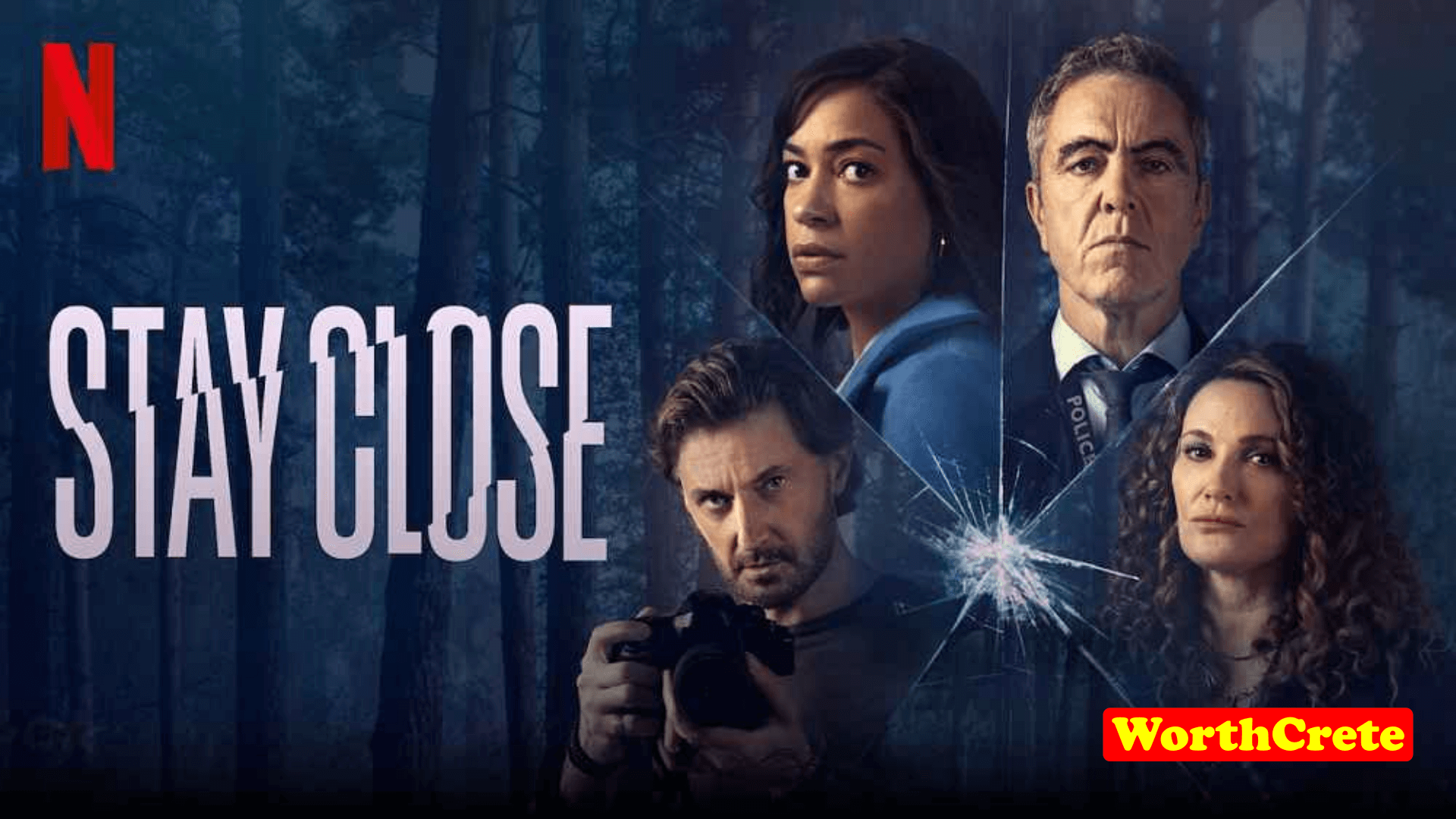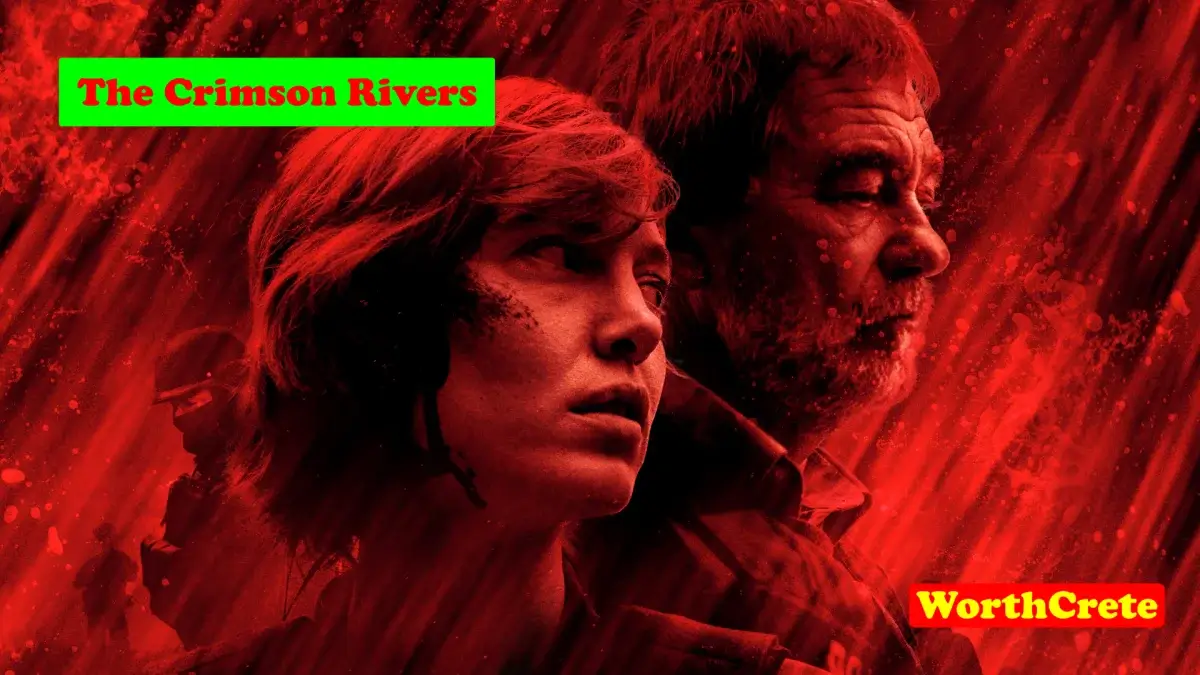The Wire is a critically acclaimed TV series that aired from 2002 to 2008. Set in Baltimore, it explores the complex relationships between law enforcement, drug dealers, politicians, and residents. Each season focuses on different facets of the city, providing a comprehensive view of urban life, corruption, and systemic failure.
The first season revolves around the drug trade in the projects of West Baltimore. Detective Jimmy McNulty and his team use wiretaps to track down a major drug kingpin, Avon Barksdale. The show highlights the futility of the “war on drugs” and the power struggle within law enforcement.
Season two shifts focus to the docks, highlighting the lives of dockworkers and the smuggling operations they’re involved in. It expands the show’s scope, illustrating how the drug trade and corruption infiltrate different sectors of society.
In season three, the spotlight returns to the streets, as Avon Barksdale and a rival gang leader, Marlo Stanfield, vie for control of the drug trade. The season also introduces political intrigue as a mayoral candidate pushes for reform.
The fourth season examines the public school system, focusing on a group of middle school boys whose lives are affected by the drug trade. The show critiques how societal systems, like education, fail to address the root causes of crime and poverty.
In the final season, The Wire explores the media’s role in society. The Baltimore Sun newspaper is used to depict how journalism can be manipulated and how truth can be obscured, reflecting the broader theme of institutional dysfunction.
Throughout, The Wire remains a realistic, gritty portrayal of the interconnected forces that shape urban life.
The Wire – TV Series – Trailer
The Wire – Season 1 – Summary
Season 1 of The Wire introduces viewers to the gritty and complex world of Baltimore’s drug trade, seen from both the law enforcement and street-level perspectives.
The season opens with Detective Jimmy McNulty, who expresses frustration with the police department’s ineffective response to the drug kingpin Avon Barksdale’s empire. McNulty’s actions lead to the formation of a special unit, tasked with using surveillance and wiretaps to gather evidence against Barksdale’s organization.
On the streets, we meet characters like Avon Barksdale, his lieutenant Stringer Bell, and street dealers like D’Angelo Barksdale. D’Angelo, recently acquitted of a murder charge, struggles with the violent world he is a part of, showing glimpses of wanting a different life.
As the police struggle with bureaucracy, they slowly piece together Barksdale’s operations through surveillance and informants. The wiretap begins to reveal key insights into the organization, but challenges within the police department, including lack of resources and corruption, hinder their progress.
By the end of the season, some victories are achieved, including key arrests, but it’s clear that dismantling the drug trade is far more complex than anticipated. The season leaves viewers with a sobering sense that the systemic problems in both law enforcement and the drug trade are deeply entrenched.
The Wire – Season 2 – Summary
Season 2 shifts focus from the drug trade in West Baltimore to the struggling docks at the Port of Baltimore. The season explores the lives of stevedores and their involvement in smuggling illegal goods, including drugs and human trafficking, into the city.
The main story centers around Frank Sobotka, the leader of the dockworkers’ union, who becomes involved in illicit activities to save the failing port. His actions lead to a broader investigation into the smuggling operations, led by a special detail assigned to monitor the docks.
As the investigation deepens, the detail uncovers links between the dockworkers, a Greek crime syndicate, and the ongoing drug trade. While trying to protect his union and family, Sobotka becomes increasingly entangled in criminal activities, eventually leading to his downfall.
Meanwhile, the major drug dealers from Season 1—Avon Barksdale and his crew—face new challenges. Avon is in prison, and Stringer Bell tries to maintain control of their operation amidst internal tensions and threats from rival gangs.
The season highlights the impact of deindustrialization, corruption, and systemic failure, illustrating how individuals are caught in a web of crime and desperation as they attempt to survive in a changing world.
The Wire – Season 3 – Summary
The Wire – Season 3 focuses on the continuing struggle between the Baltimore police and the drug trade, while exploring political corruption and urban renewal. The season introduces the “Hamsterdam” experiment, where Major Bunny Colvin creates drug-tolerant zones to contain crime.
Avon Barksdale is released from prison and resumes control of his drug empire, leading to a turf war with his rival, Marlo Stanfield. Stringer Bell, Avon’s second-in-command, seeks to transition the organization into legitimate business, but struggles with the tension between loyalty and ambition.
Meanwhile, police efforts to build a case against Barksdale intensify, led by Jimmy McNulty and Cedric Daniels. This culminates in a series of wiretaps that provide crucial evidence. Political pressures also surface as Councilman Tommy Carcetti eyes a mayoral run, highlighting the intersection of crime and politics.
The season ends with a climactic gang war, arrests, and personal betrayals. The experiment in Hamsterdam is exposed and dismantled, but it prompts a deeper conversation about drug policy.
The Wire – Season 4 – Summary
The Wire Season 4 shifts focus to the public school system in Baltimore, highlighting the challenges faced by the youth, teachers, and institutions. The storyline revolves around four middle school boys—Dukie, Namond, Michael, and Randy—each grappling with their own set of circumstances, from poverty to familial pressures.
The police storyline continues with Major Bunny Colvin‘s attempt to reform education through an experimental program, while Detective McNulty takes a backseat in his professional life. Political ambitions come into play with Tommy Carcetti, who seeks to reform Baltimore but encounters bureaucratic resistance and the harsh realities of systemic corruption.
Meanwhile, the drug trade still looms large, with Marlo Stanfield consolidating power in the streets, setting up a deadly rivalry with older factions. As the lives of the schoolchildren intersect with the world of drugs, crime, and political ambition, the season paints a bleak picture of a system failing its most vulnerable members.
The Wire – Season 5 – Summary
In Season 5 of The Wire, the focus shifts to the media’s role in society, particularly through the lens of the fictional newspaper The Baltimore Sun. The season opens with the newsroom grappling with budget cuts and dwindling resources, leading to ethical dilemmas as reporters, including Gus Haynes and Scott Templeton, navigate the pressures of sensationalism versus journalistic integrity.
Simultaneously, the investigation into a series of murders in Baltimore continues. Detectives McNulty and Bunk Moreland resort to fabricating a “serial killer” to gain media attention for their case, which ultimately complicates their efforts and raises questions about the reliability of their evidence.
The season also highlights the struggles of various characters, including former mayor Tommy Carcetti, who grapples with the realities of political power and his ambitions, and the impact of systemic corruption and poverty on the community.
As the season progresses, the lives of key players intersect, illustrating the complex web of Baltimore’s institutions. The return of Omar Little and the increasing influence of the drug trade underscore the ongoing cycles of violence and despair. The culmination of the season sees the characters confronting the consequences of their choices, culminating in a poignant reflection on the city’s struggles and the failures of its institutions.
The season concludes with a mix of personal and institutional resolutions, leaving viewers with a profound sense of the challenges facing Baltimore, encapsulating the themes of systemic dysfunction and the fight for truth in an often indifferent world.

